Browse our archives by topic…
Big Data
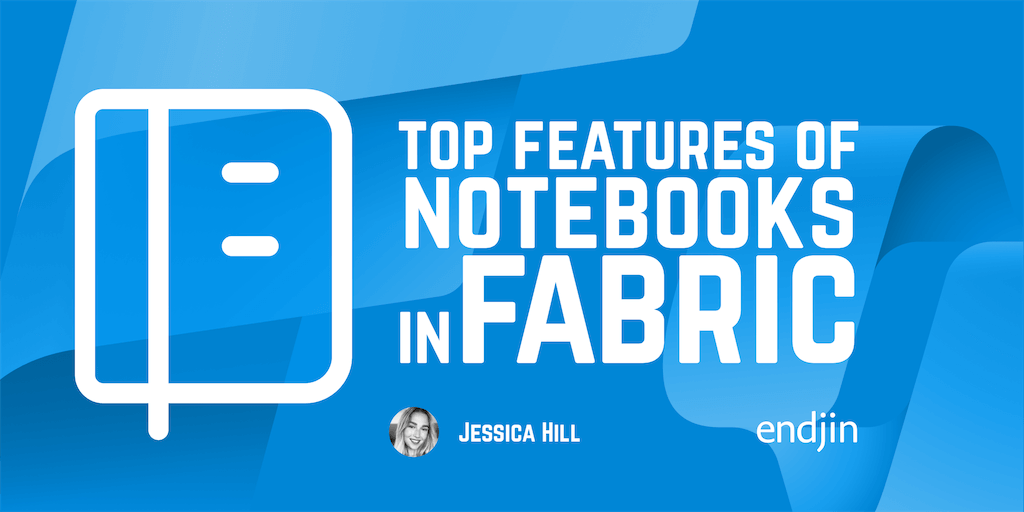
Top Features of Notebooks in Microsoft Fabric
Discover the top key features of notebooks in Microsoft Fabric.
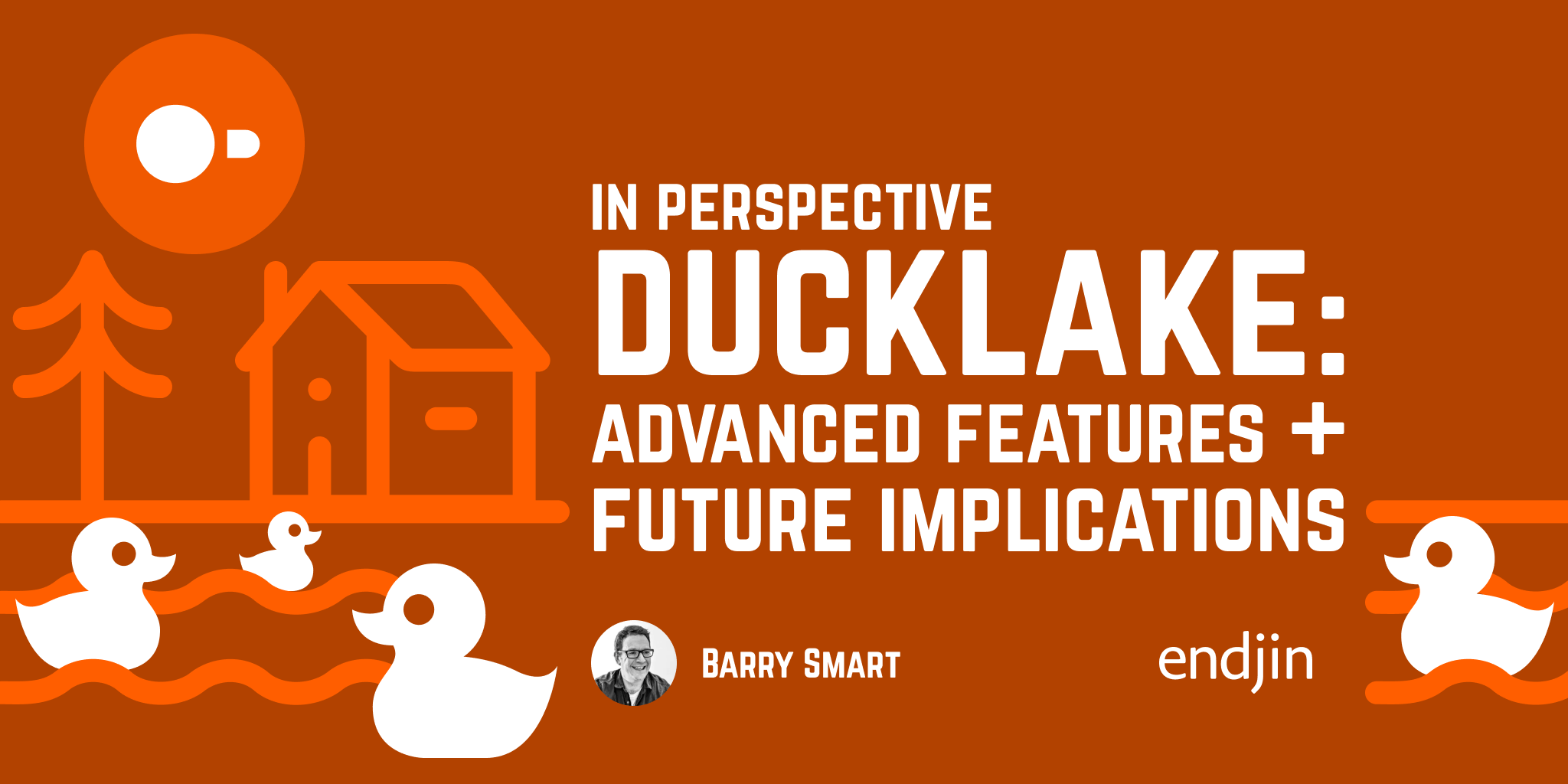
DuckLake in Perspective: Advanced Features and Future Implications
Explore DuckLake's advanced capabilities including built-in encryption, sophisticated conflict resolution, and the strategic implications for future data architecture. Understand how DuckLake enables new business models and positions itself against established lakehouse formats.

DuckLake in Practice: Hands-On Tutorial and Core Features
Get hands-on with DuckLake through a comprehensive tutorial covering installation, basic operations, file organization, snapshots, and time travel functionality. Learn how DuckLake's database-backed metadata management works in practice.
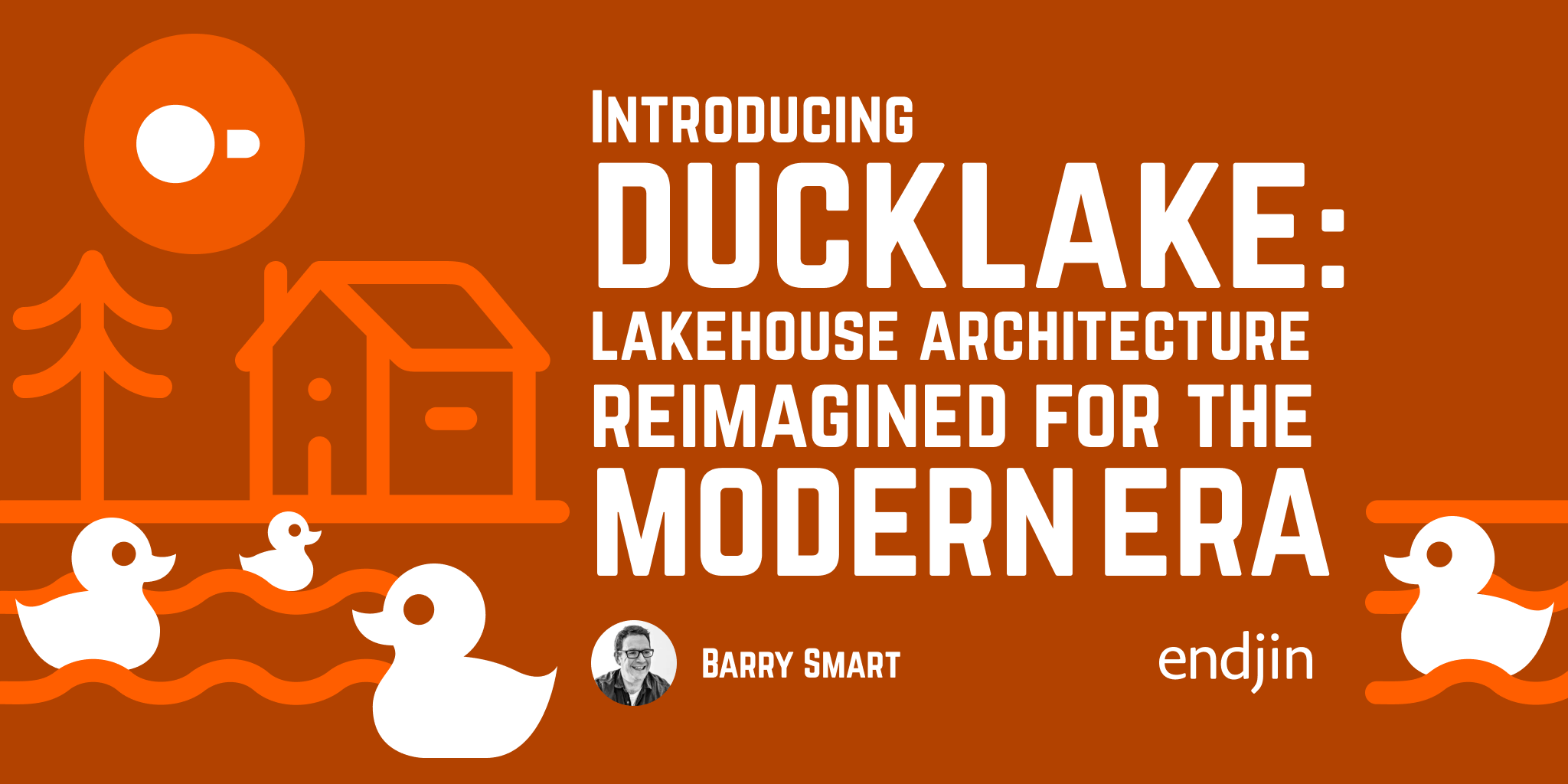
Introducing DuckLake: Lakehouse Architecture Reimagined for the Modern Era
DuckDB Labs introduces DuckLake, a revolutionary approach to lakehouse architecture that solves fundamental problems with existing formats by bringing database principles back to data lake metadata management.
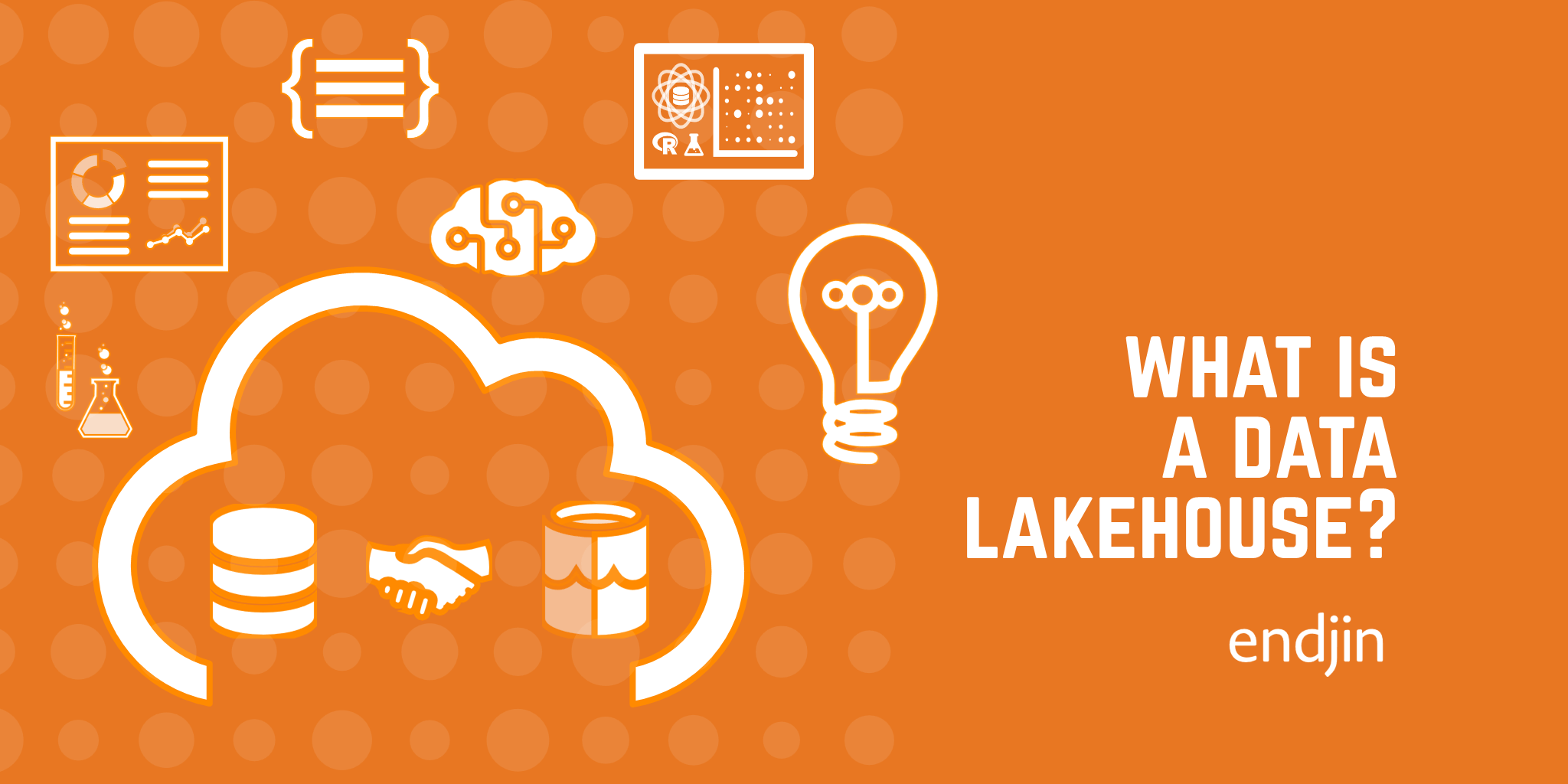
What is a Data Lakehouse?
What exactly is a Data Lakehouse? This blog gives a general introduction to their history, functionality, and what they might mean for you!
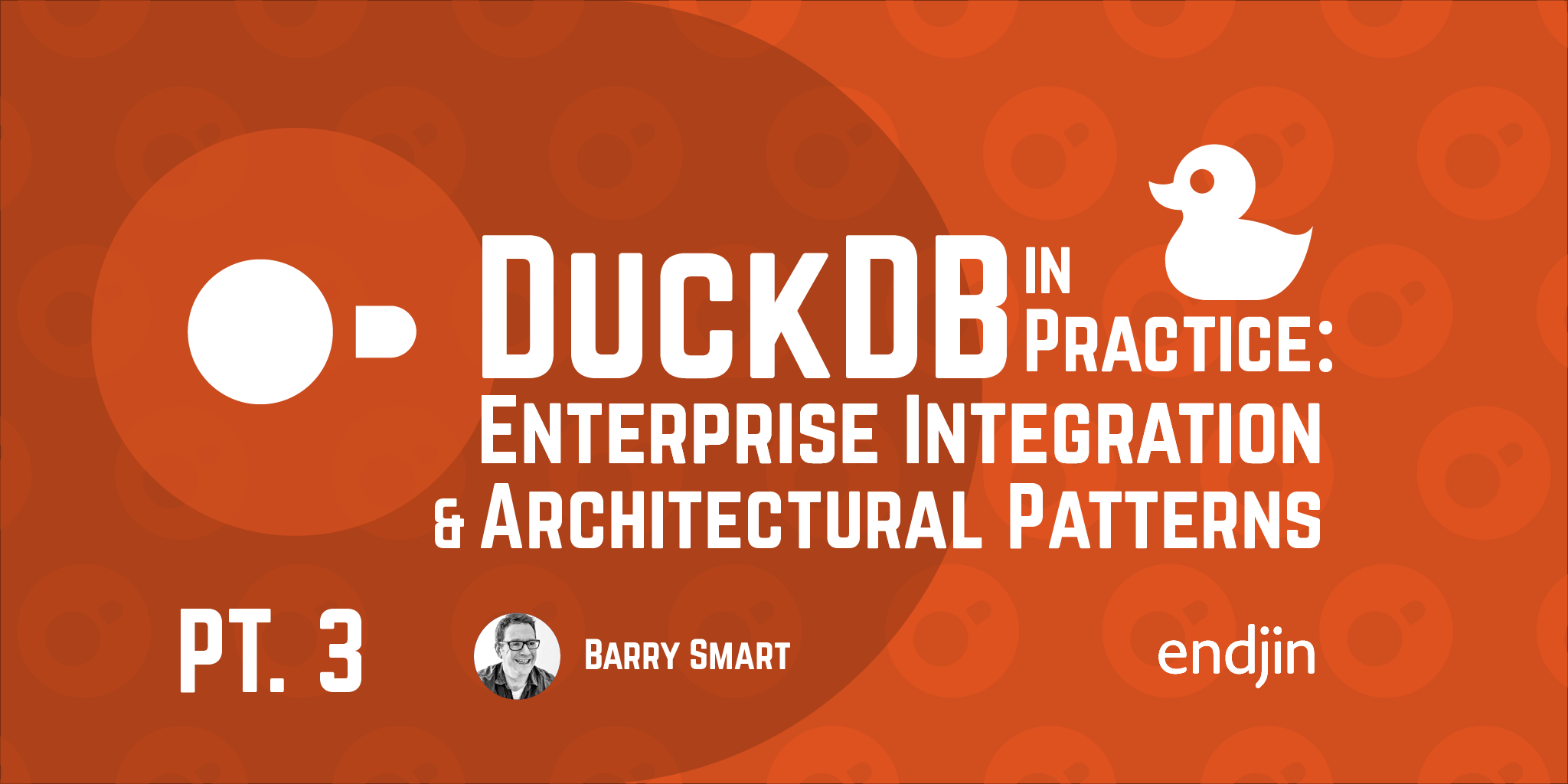
DuckDB in Practice: Enterprise Integration and Architectural Patterns
Learn how to integrate DuckDB into enterprise environments, including Microsoft Fabric deployment, and explore the architectural patterns it enables for modern data processing workflows.
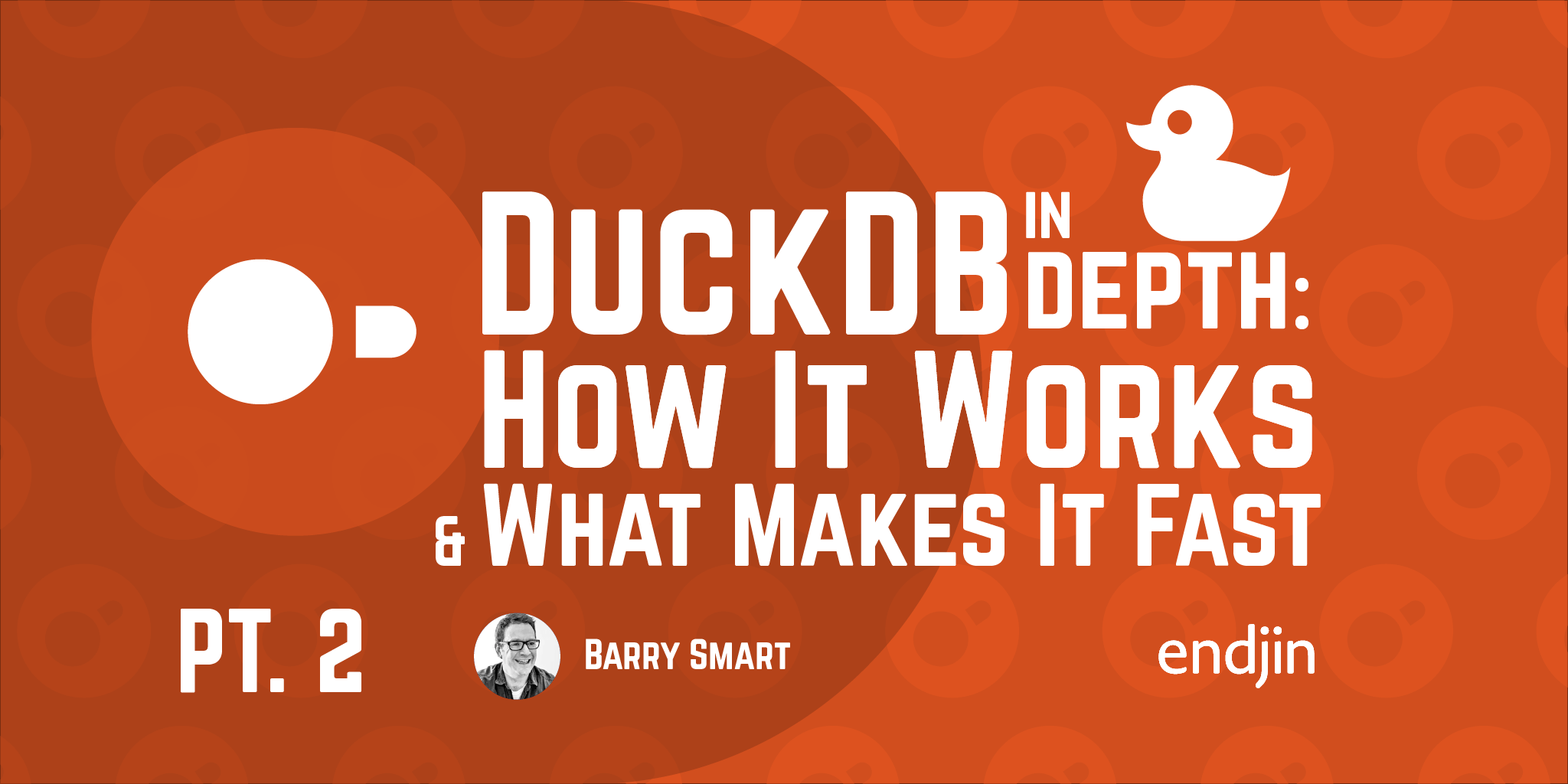
DuckDB in Depth: How It Works and What Makes It Fast
Dive deep into the technical details of DuckDB, exploring its columnar architecture, vectorized execution, SQL enhancements, and the performance optimizations that make it exceptionally fast on a single machine.
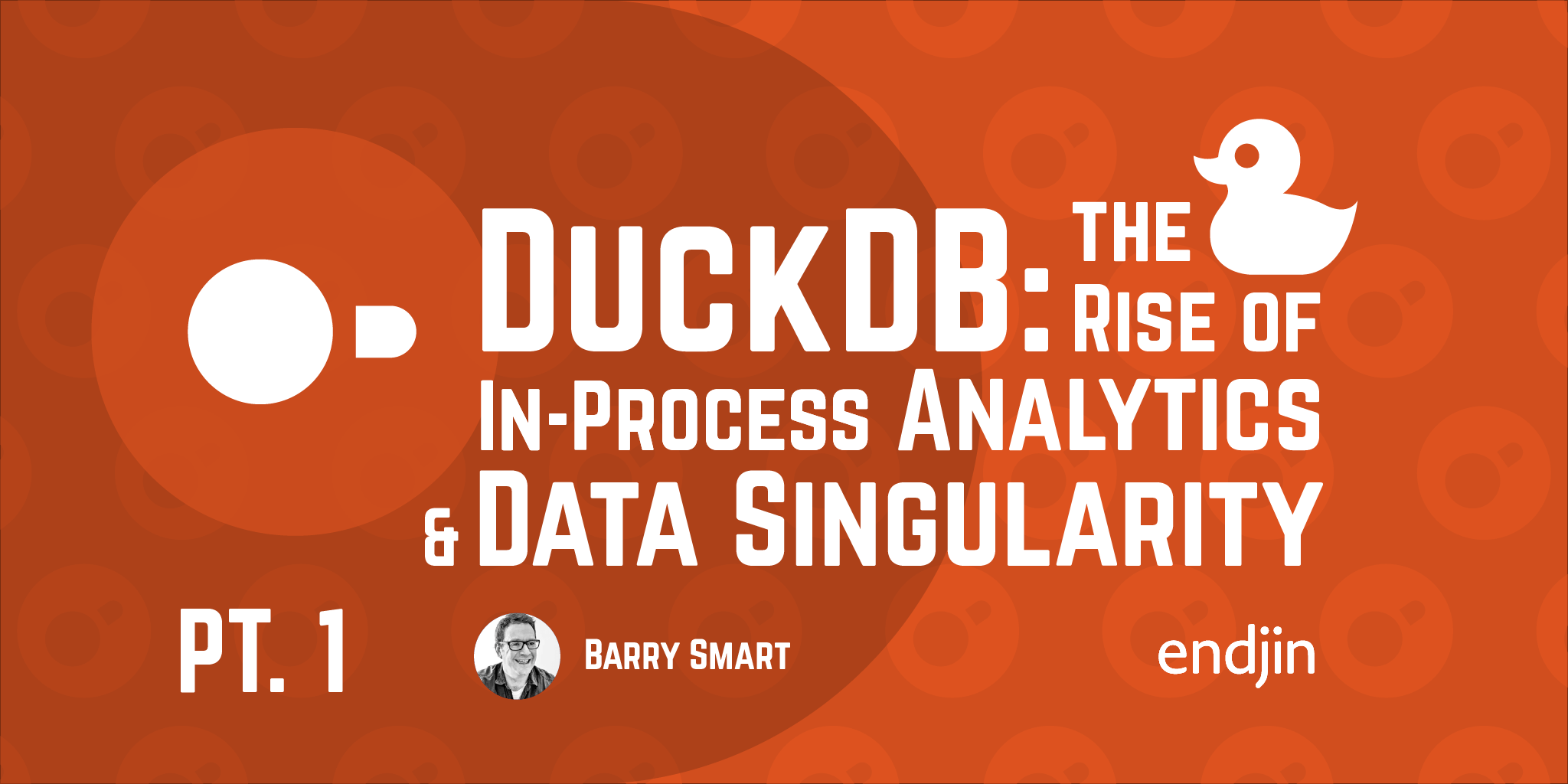
DuckDB: the Rise of In-Process Analytics and Data Singularity
Explore the concept of the 'data singularity' and how in-process analytics tools like DuckDB are transforming how we work with data by leveraging modern hardware capabilities.

Creating Quality Gates in the Medallion Architecture with Pandera
This blog explores how to implement robust validation strategies within the medallion architecture using Pandera, helping you catch issues early and maintain clean, trustworthy data.

Carbon Optimised Data Pipelines - minimise CO2 emissions through intelligent scheduling (Next Steps)
Intelligently scheduling cloud data pipelines based on carbon impact can optimize both environmental sustainability and operational efficiency.
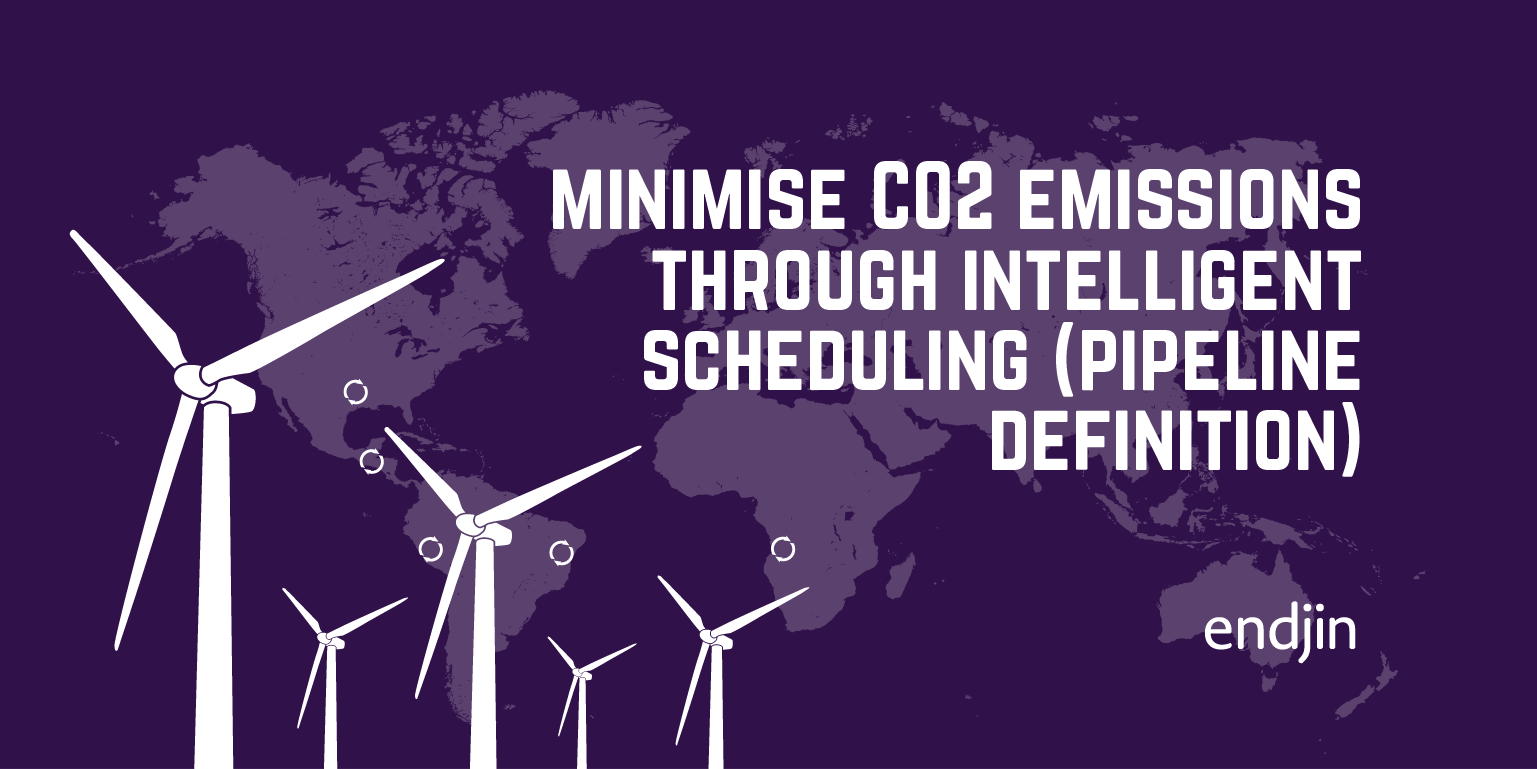
Carbon Optimised Data Pipelines - minimise CO2 emissions through intelligent scheduling (Pipeline Definition)
Intelligently scheduling cloud data pipelines based on carbon impact can optimize both environmental sustainability and operational efficiency.

Carbon Optimised Data Pipelines - minimise CO2 emissions through intelligent scheduling (Architecture Overview)
Intelligently scheduling cloud data pipelines based on carbon impact can optimize both environmental sustainability and operational efficiency.
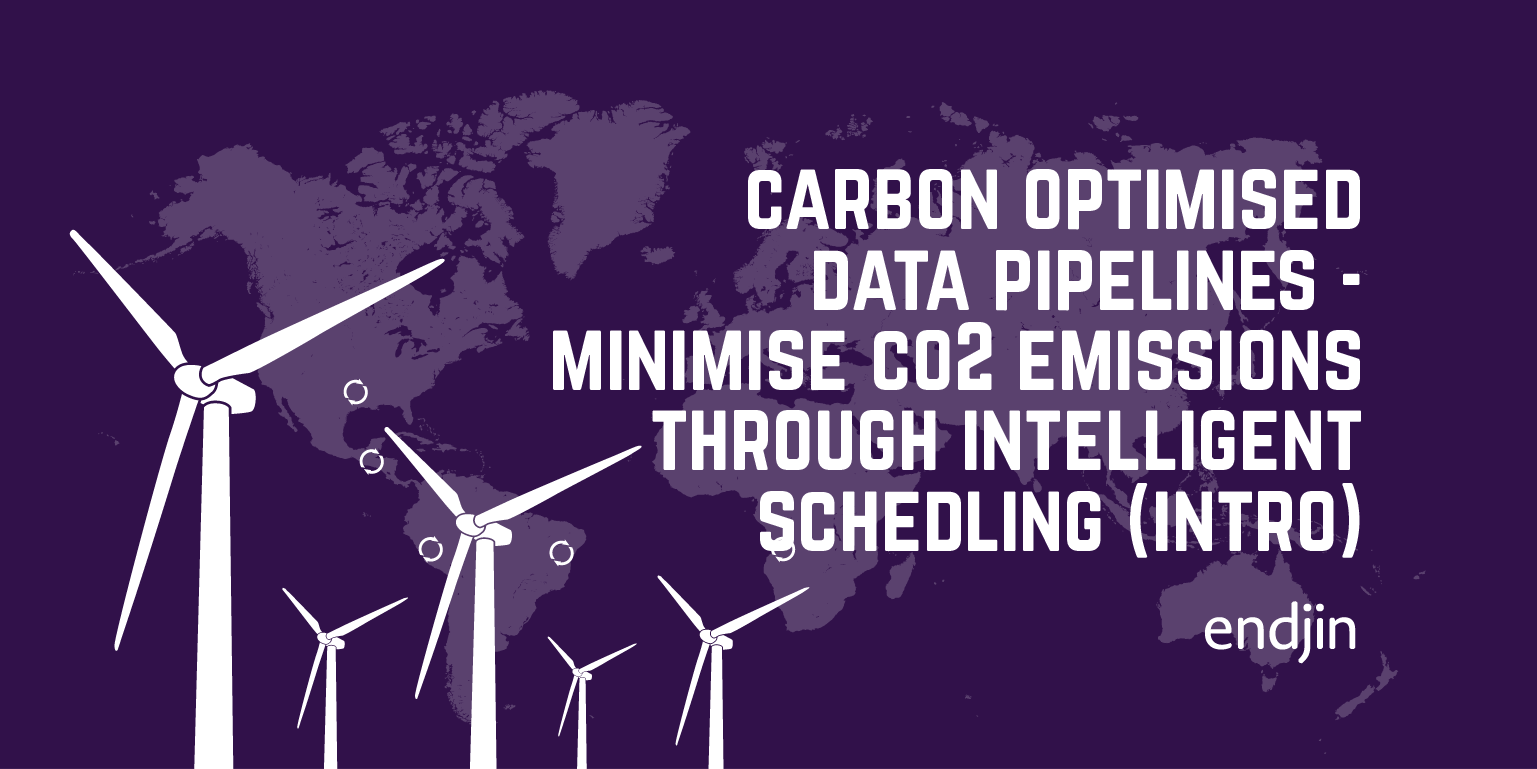
Carbon Optimised Data Pipelines - minimise CO2 emissions through intelligent scheduling (Introduction)
Intelligently scheduling cloud data pipelines based on carbon impact can optimize both environmental sustainability and operational efficiency.
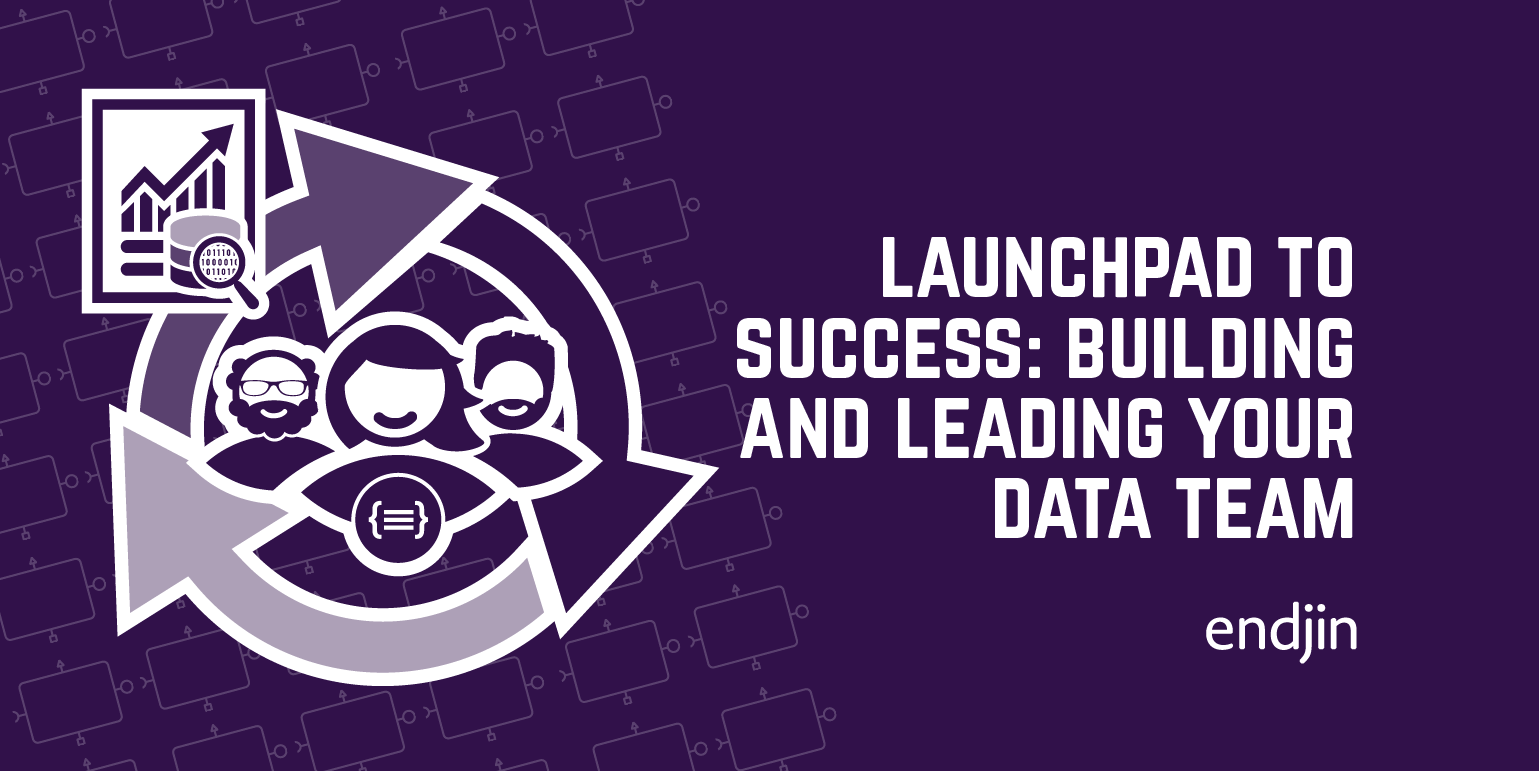
Launchpad to Success: Building and Leading Your Data Team
This guide captures the essential points that leaders should consider when setting up a new data team.
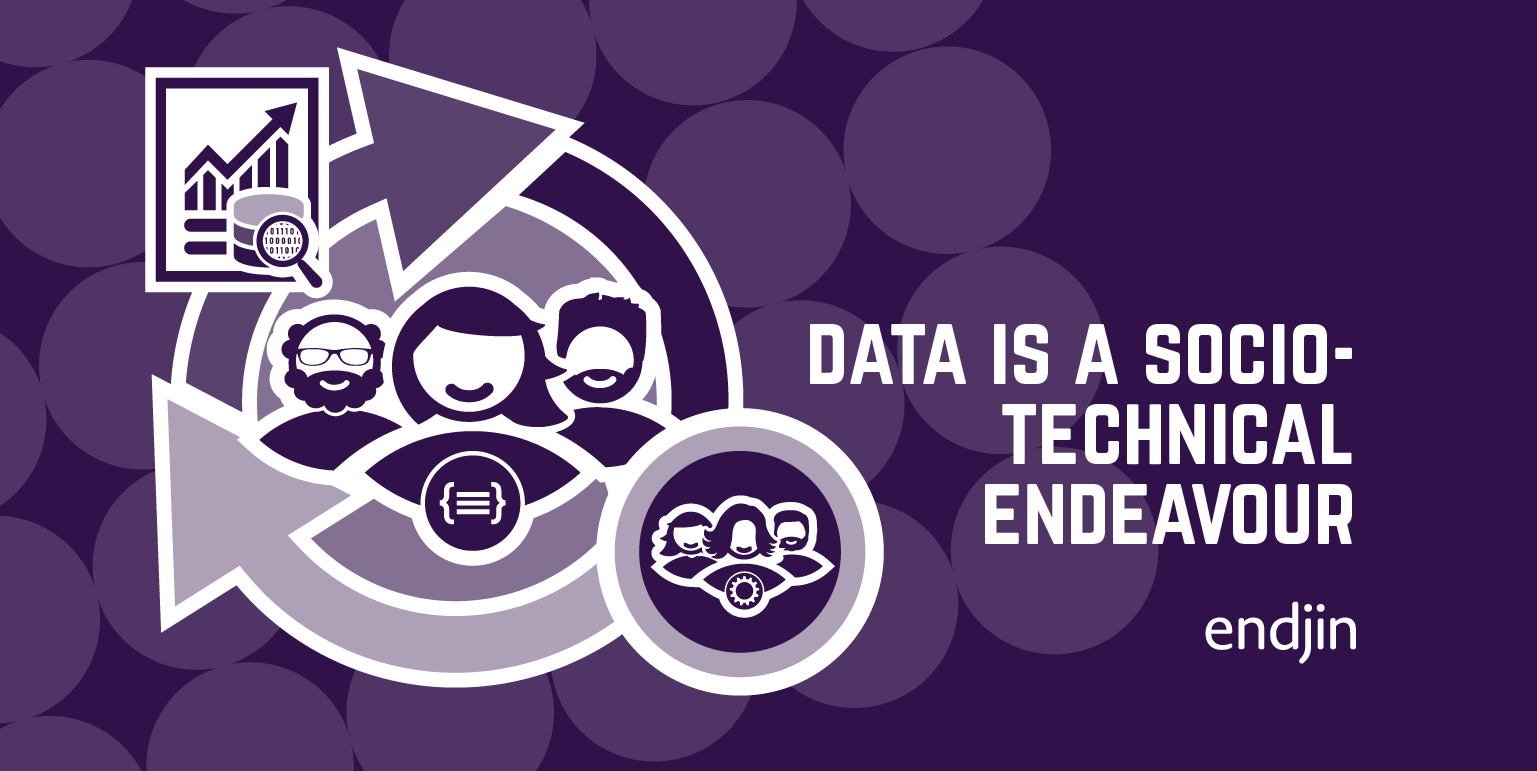
Data is a socio-technical endeavour
Our experience shows that the the most successful data projects rely heavily on building a multi-disciplinary team.
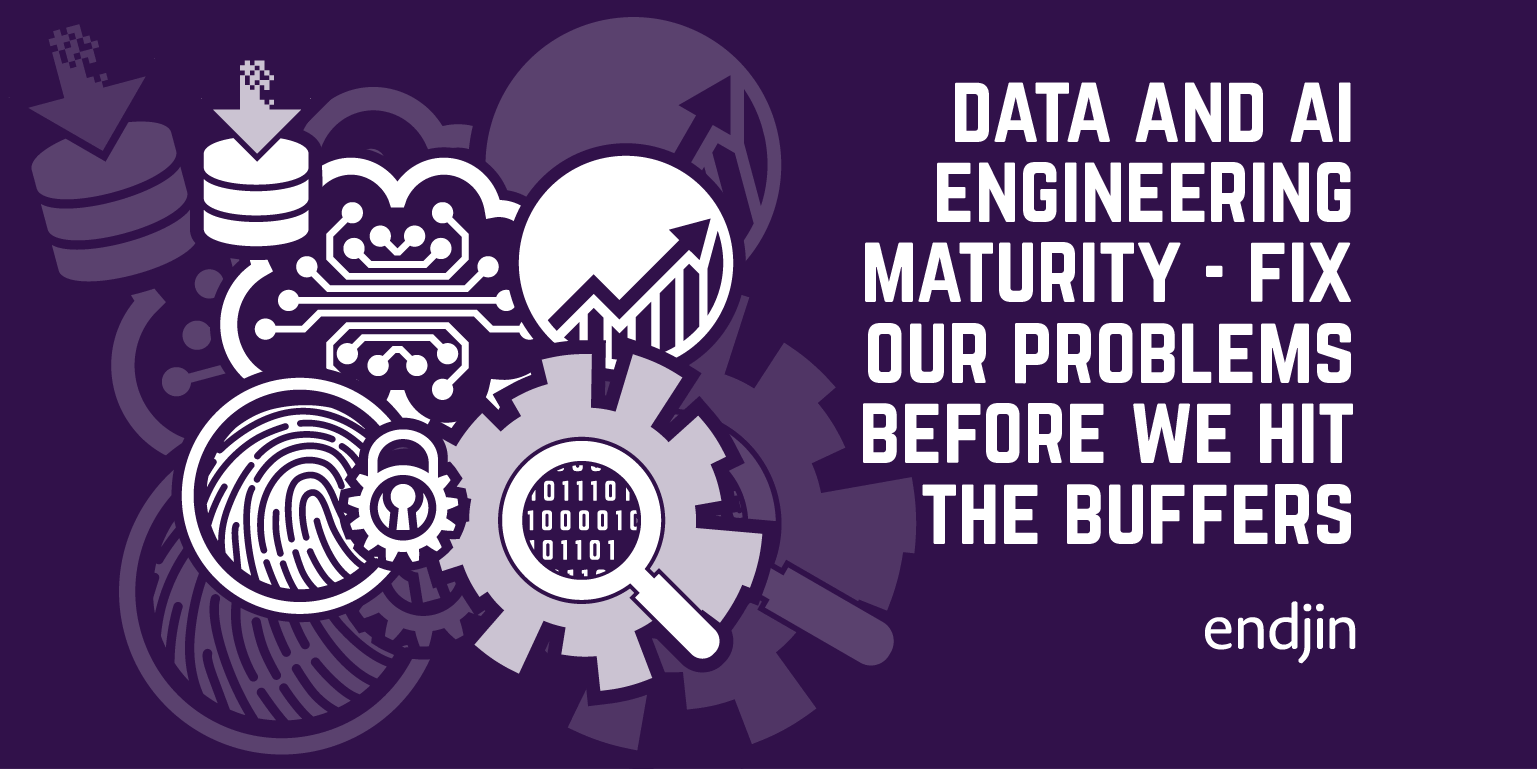
Data and AI Engineering Maturity - Fix our problems before we hit the buffers
As data and AI become the engine of business change, we need to learn the lessons of the past to avoid expensive failures.

SQLbits 2024 - The Best Bits
This is a summary of the sessions I attended at SQLbits 2024 - Europe's largest expert led data conference. This year SQLBits was hosted at Farnborough IECC, Hampshire.
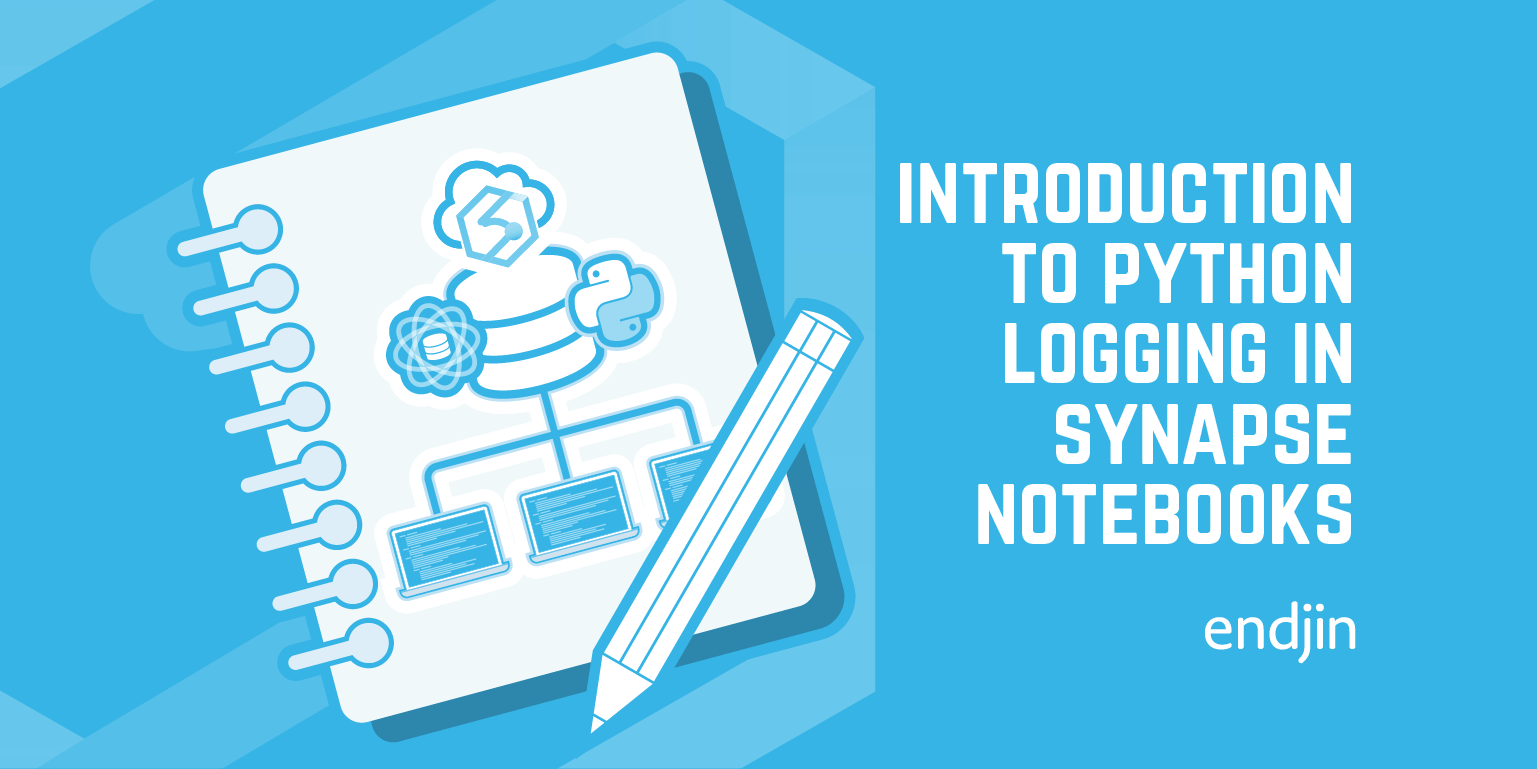
Introduction to Python Logging in Synapse Notebooks
The first step on the road to implementing observability in your Python notebooks is basic logging. In this post, we look at how you can use Python's built in logging inside a Synapse notebook.
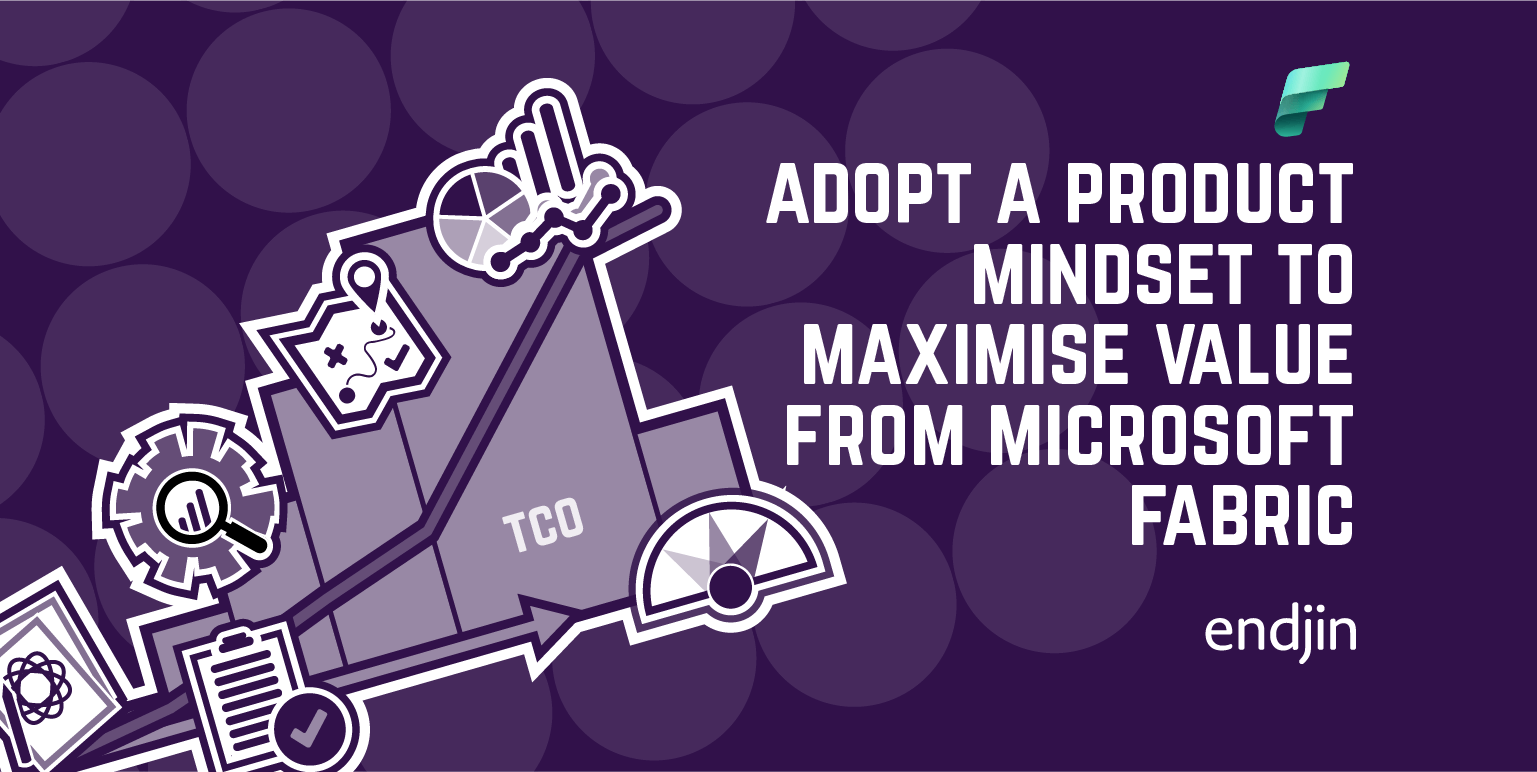
Adopt A Product Mindset To Maximise Value From Microsoft Fabric
In this post I describe how adopting a product mindset will help you to extract maximum value from Microsoft Fabric.
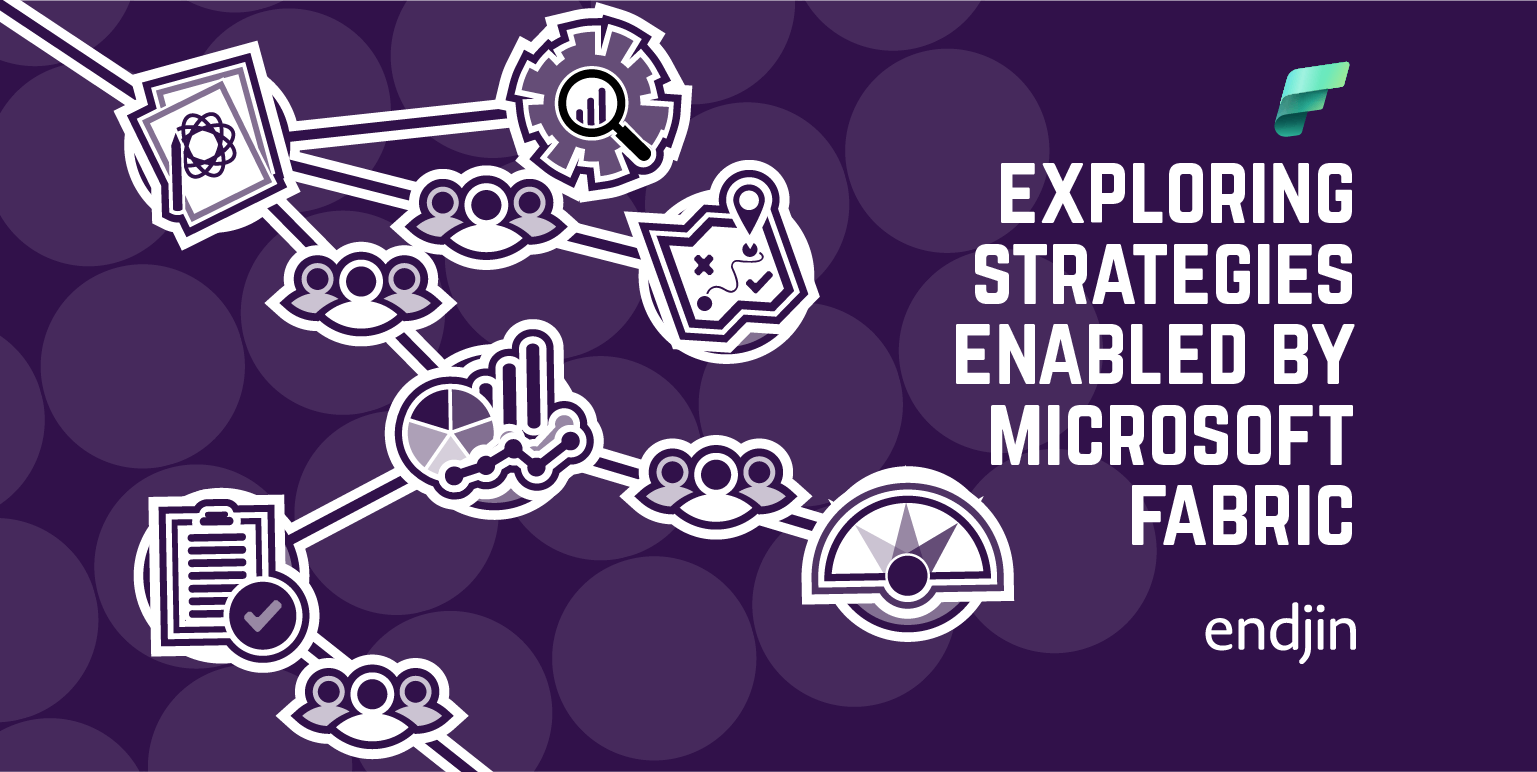
Exploring Strategies Enabled By Microsoft Fabric
Explore building situational awareness and leveraging strategic opportunities with Microsoft Fabric in this concise overview.
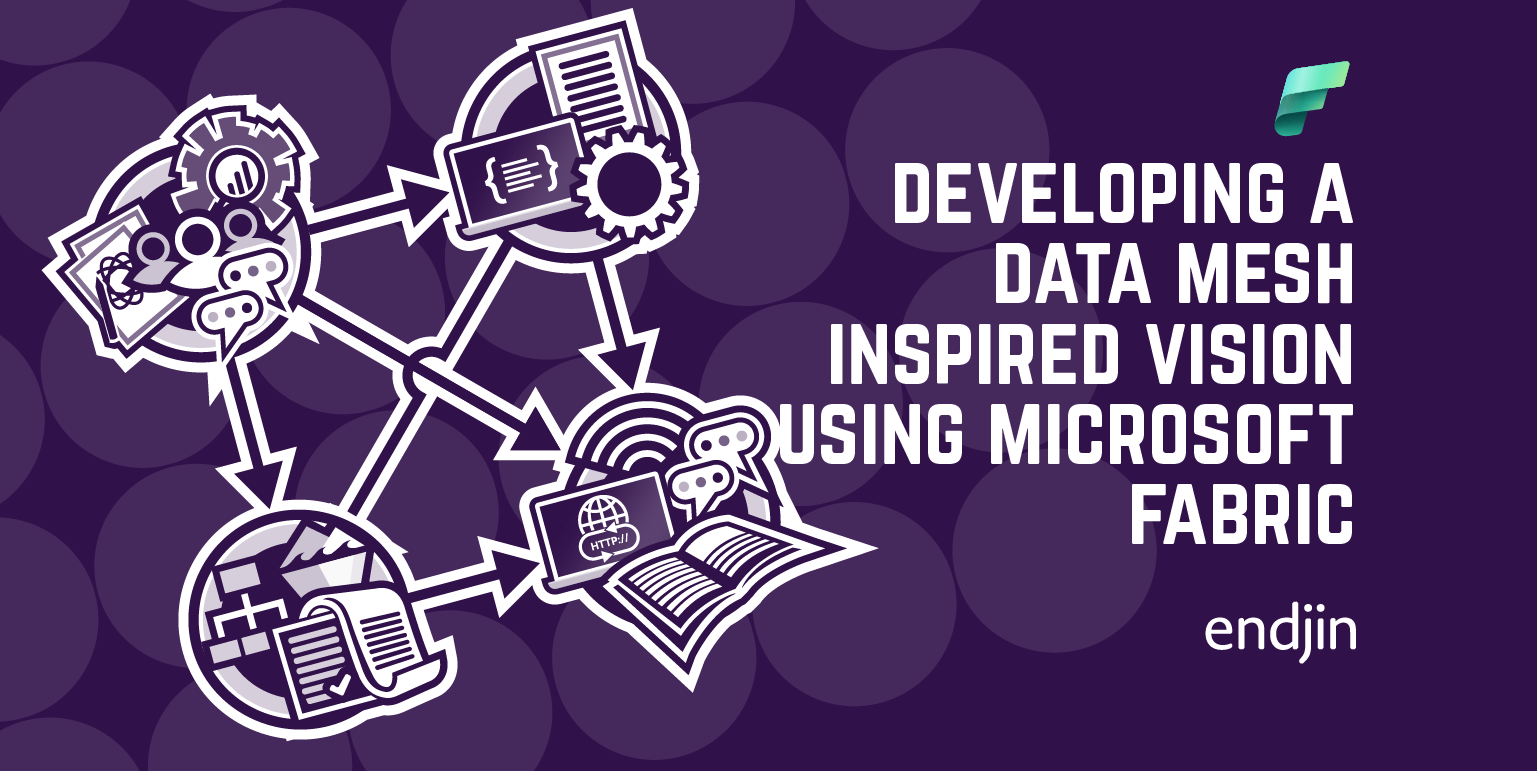
Developing a Data Mesh Inspired Vision Using Microsoft Fabric
Explore Microsoft Fabric, inspired by Data Mesh, for a data-driven strategy. Learn to approach a Data Mesh vision using this powerful tool.
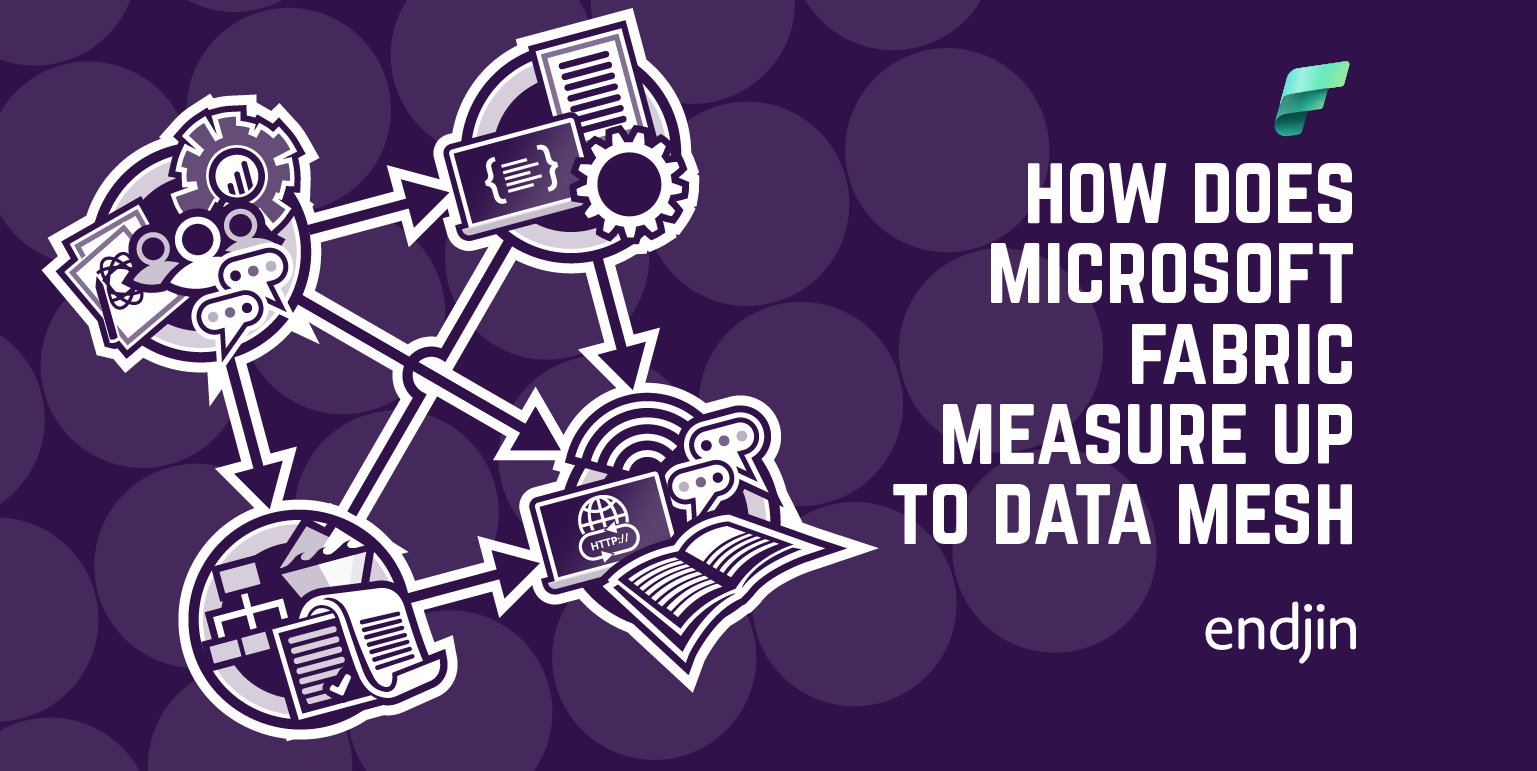
How Does Microsoft Fabric Measure Up To Data Mesh?
Explore Data Mesh's influence on Microsoft Fabric, addressing gaps in data product marketplace, standards, master data management, and governance.
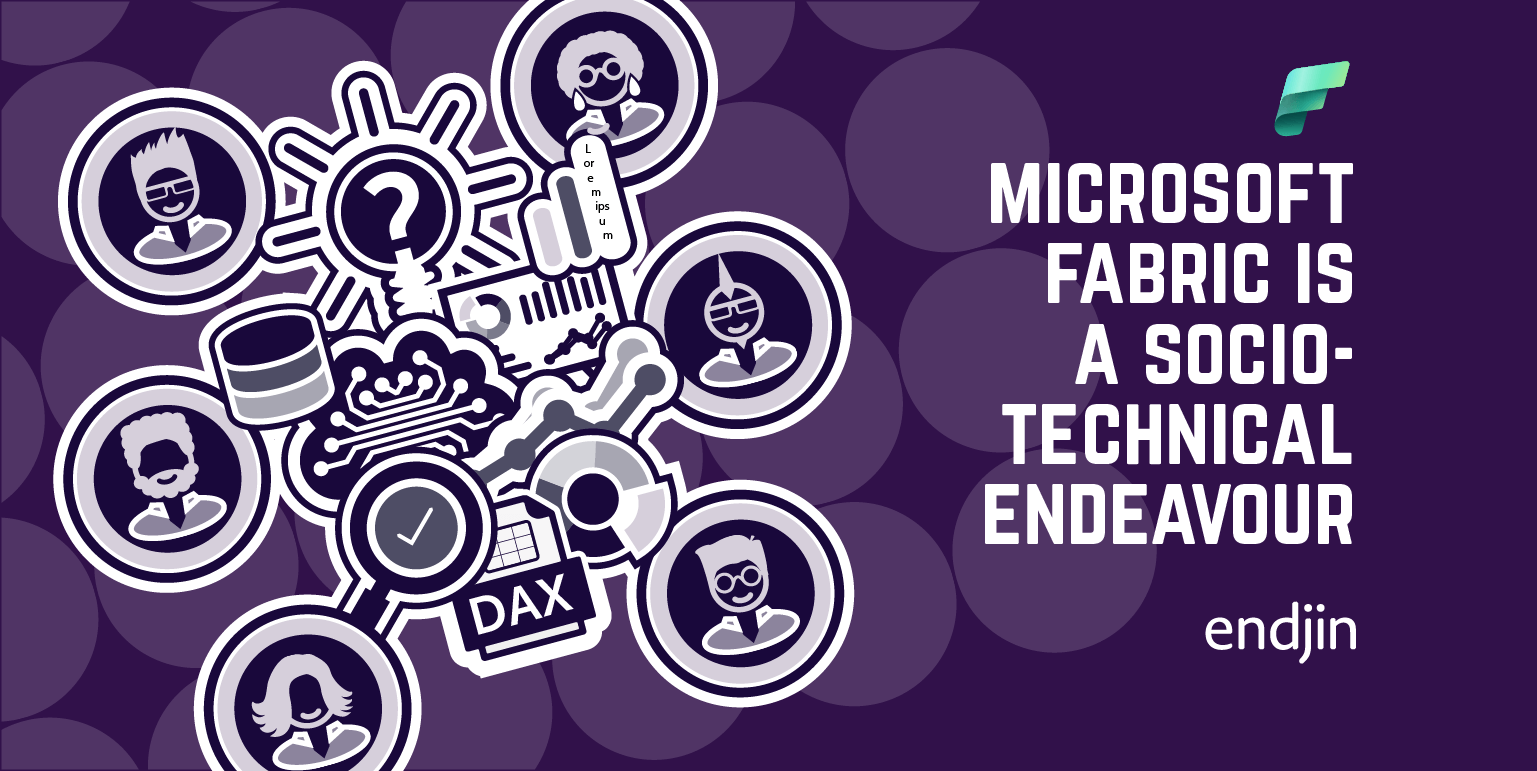
Microsoft Fabric Is A Socio-Technical Endeavour
Creating a successful organisation-wide data and analytics platform isn't just about architecture, schemas and semantic models. It's also about culture, organisational design and people. This blog explores the socio-technical nature of data and analytics and how this should influence your approach to adoption of Microsoft Fabric.
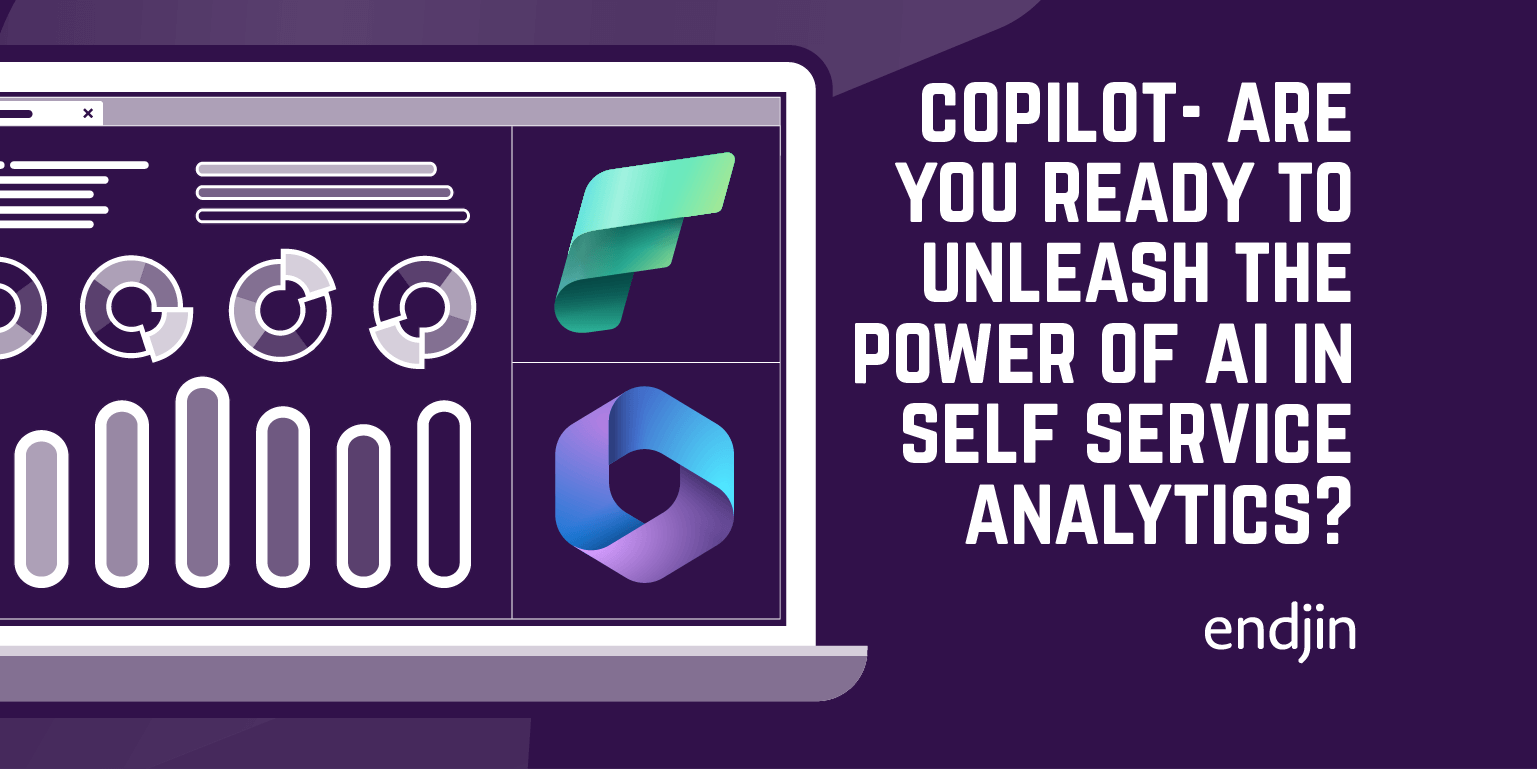
Copilot - Are You Ready to Unleash the Power of AI in Self Service Analytics?
Explore AI-powered self-service reporting with tools like Copilot in Power BI and Microsoft Fabric, balancing benefits and pitfalls.
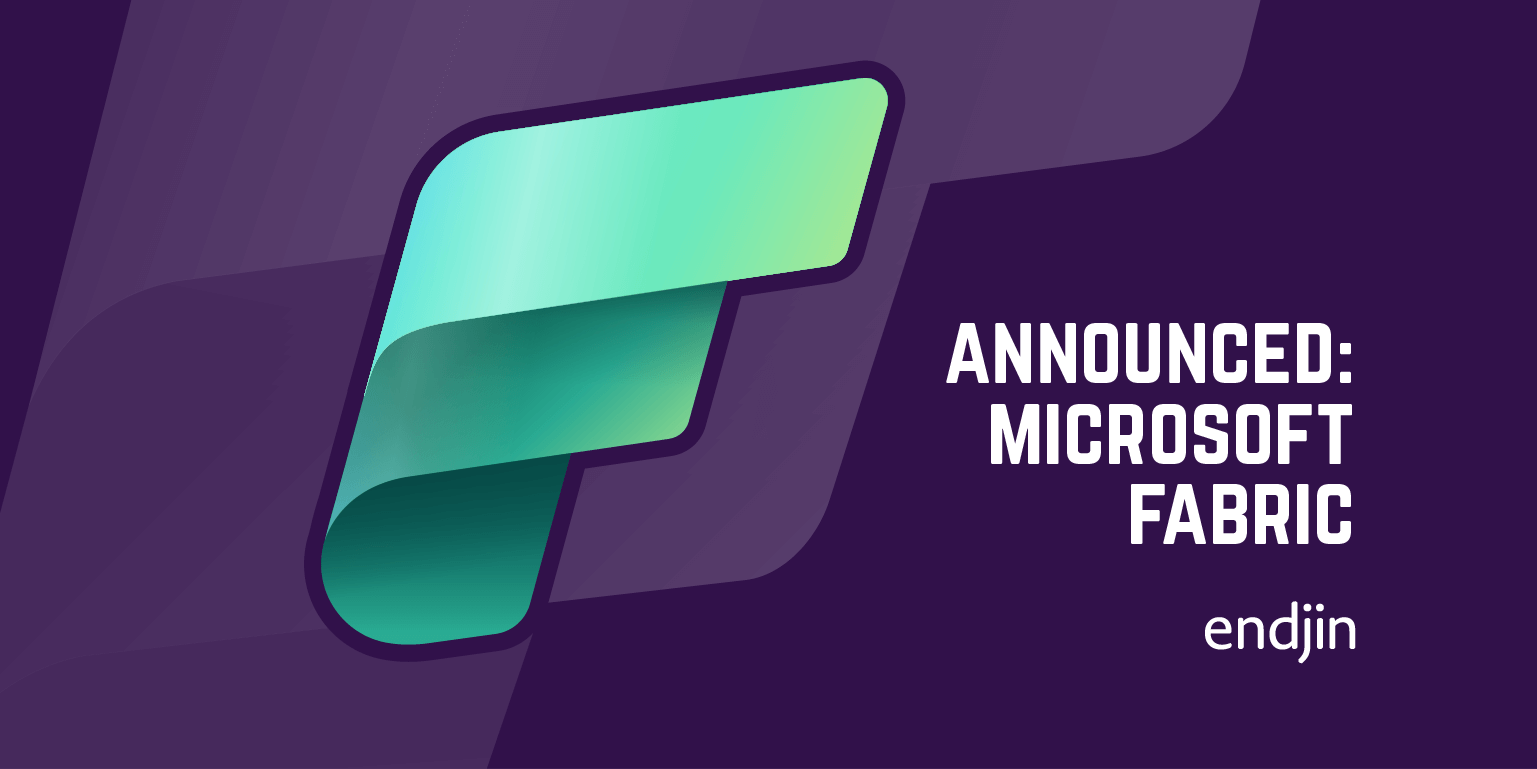
Microsoft Fabric: Announced
Microsoft Fabric unifies Power BI, Data Factory & Data Lake on Synapse infrastructure, reducing cost & time while enabling citizen data science.

What is OneLake?
Explore OneLake, Microsoft Fabric's core storage for data in Azure & other clouds. Discover its role in Fabric workloads, the OneDrive equivalent for data storage.

Azure Synapse Analytics versus Microsoft Fabric: A Side by Side Comparison
In this Microsoft Fabric vs Synapse comparison we examine how features map from Azure Synapse to Fabric.
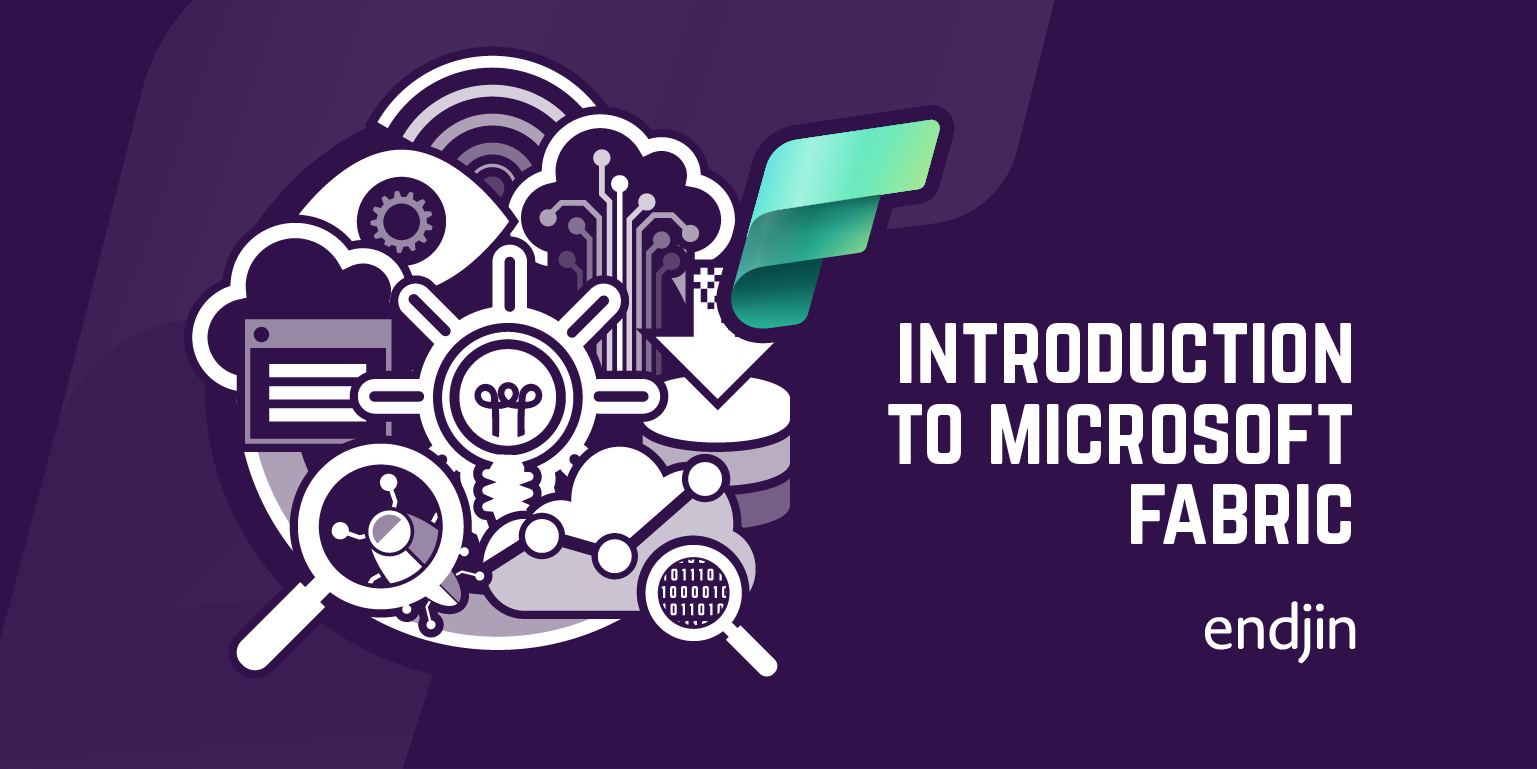
Intro to Microsoft Fabric
Microsoft Fabric unifies data & analytics, building on Azure Synapse Analytics for improved data-level interoperability. Explore its offerings & pros/cons.
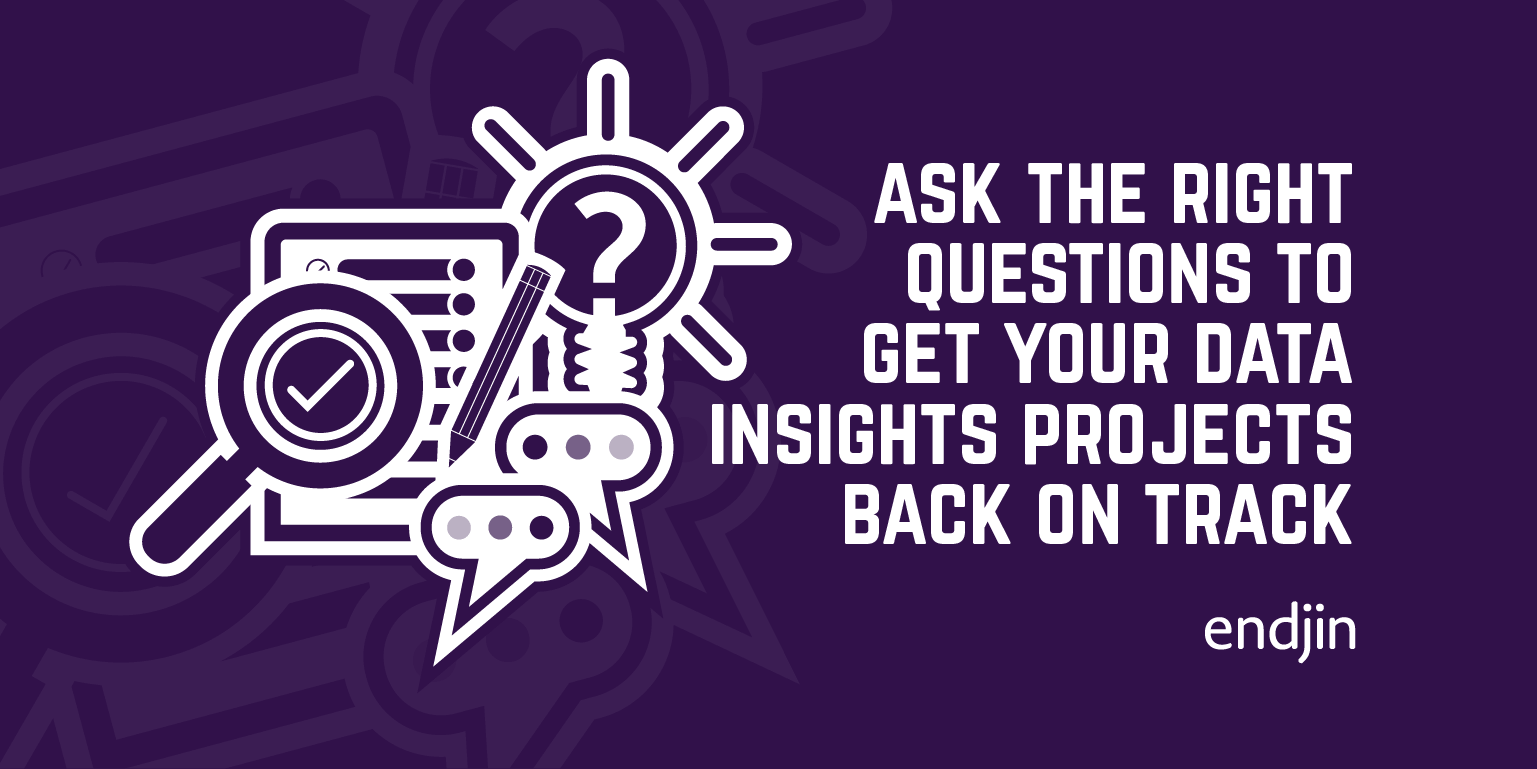
Ask the right questions to get your data insights projects back on track
Learn about the thinking behind endjin's Power BI Maturity assessment by applying Wardley Doctrine, and asking more questions.
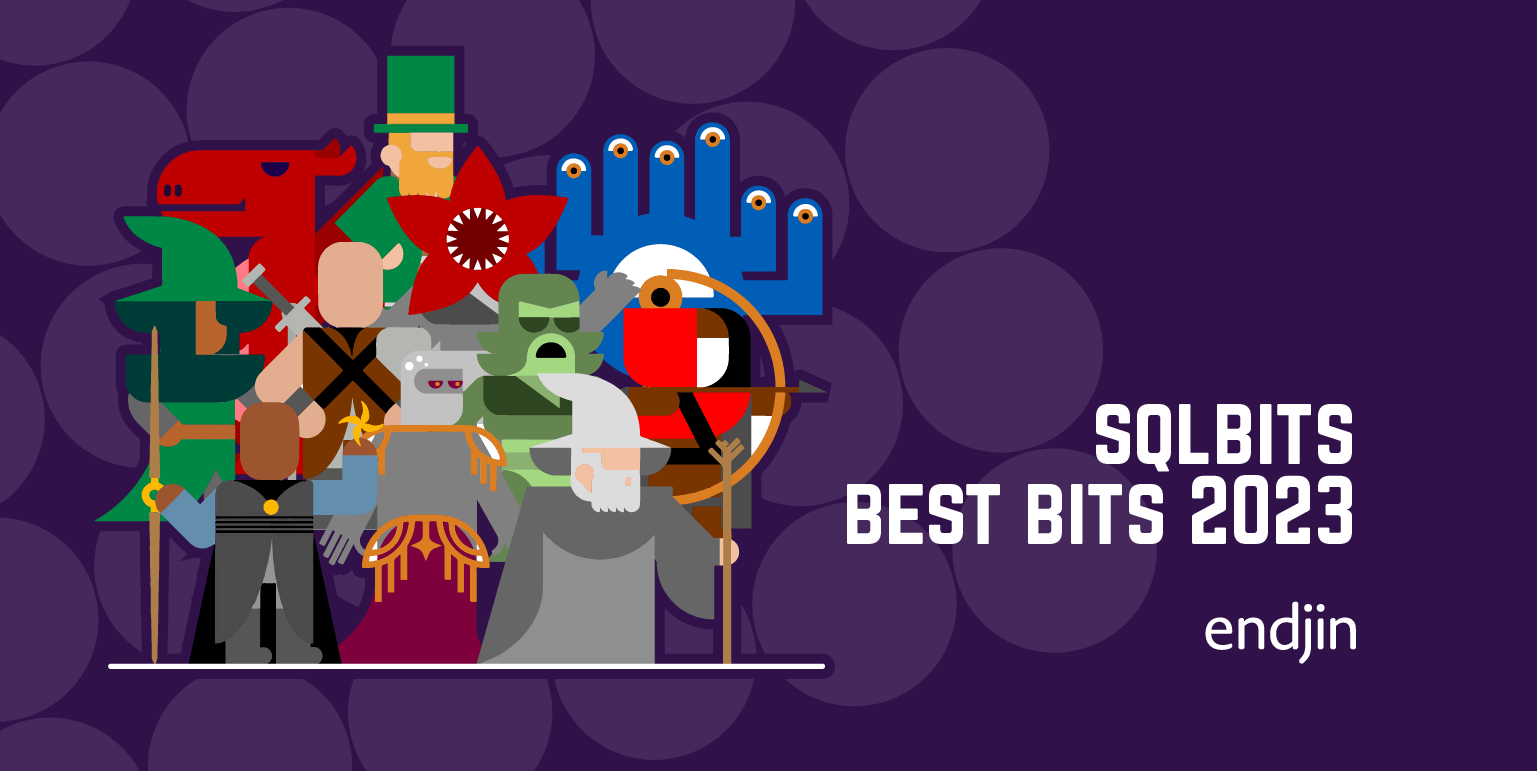
SQLbits 2023 - The Best Bits
This is a summary of the sessions I attended at SQLbits 2023 in Newport Wales, which is Europe's largest expert led data conference.
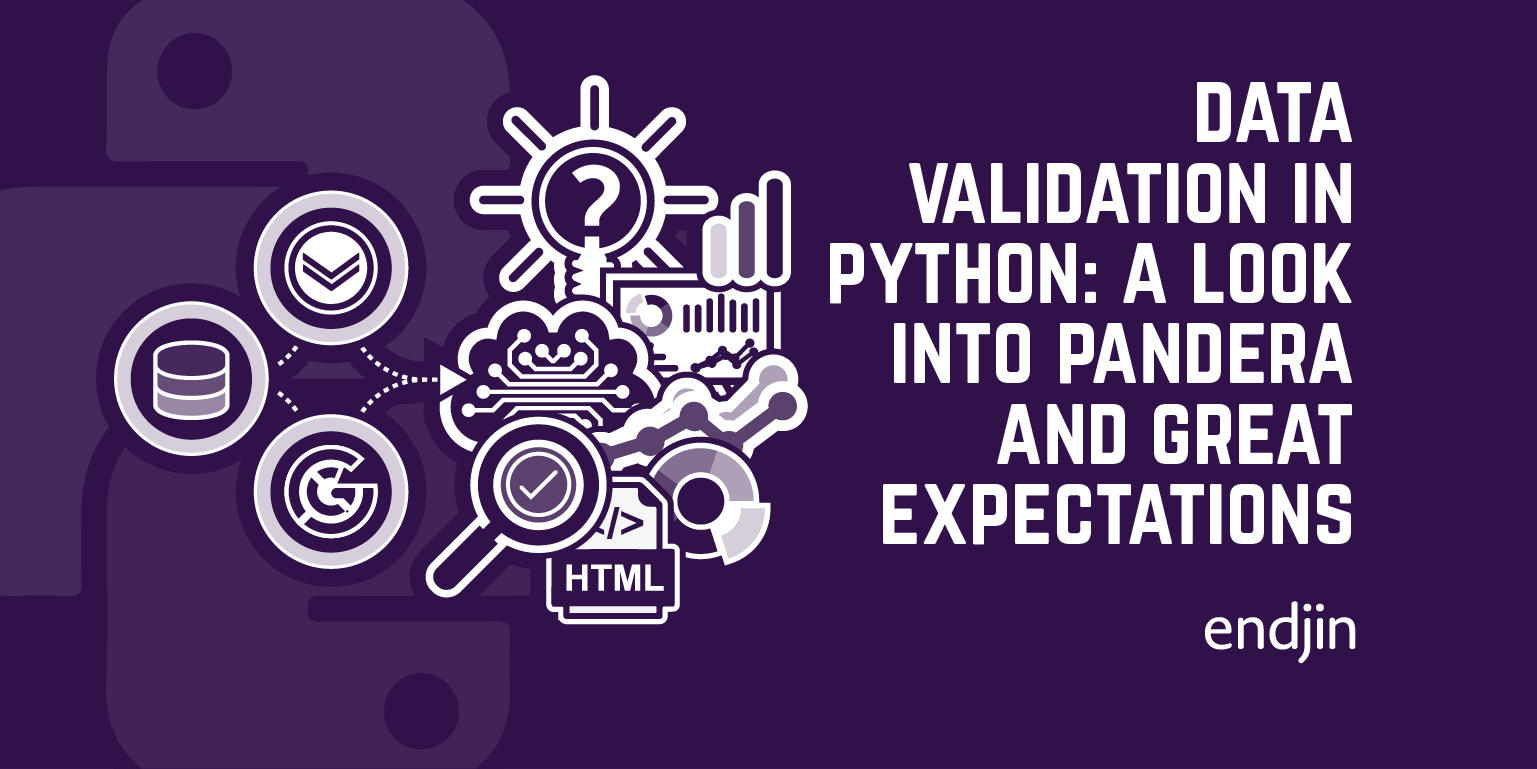
Data validation in Python: a look into Pandera and Great Expectations
Implement Python data validation with Pandera & Great Expectations in this comparison of their features and use cases.
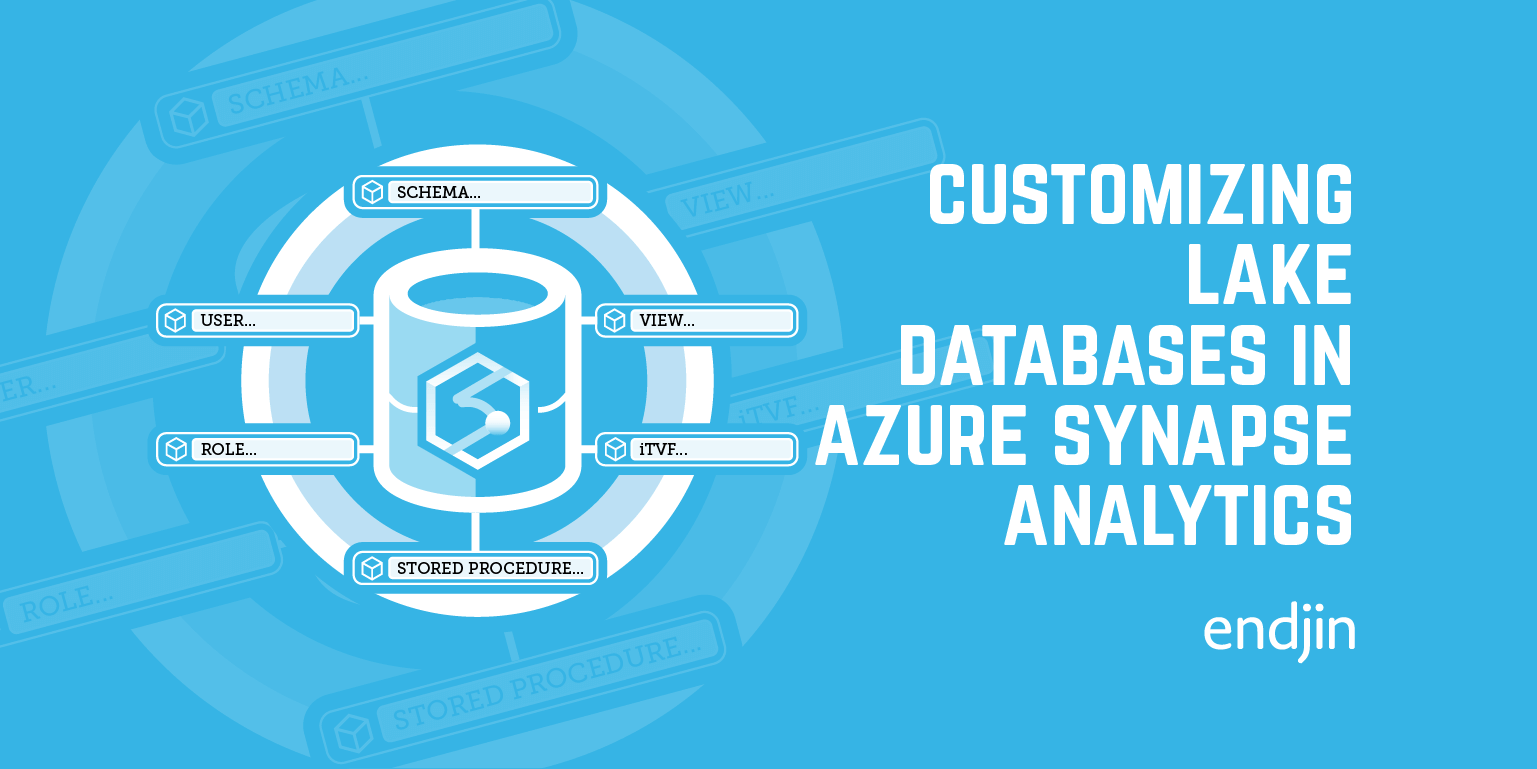
Customizing Lake Databases in Azure Synapse Analytics
Explore Custom Objects in Lake Databases for user-friendly column names, calculated columns, and pre-defined queries in Azure Synapse Analytics.
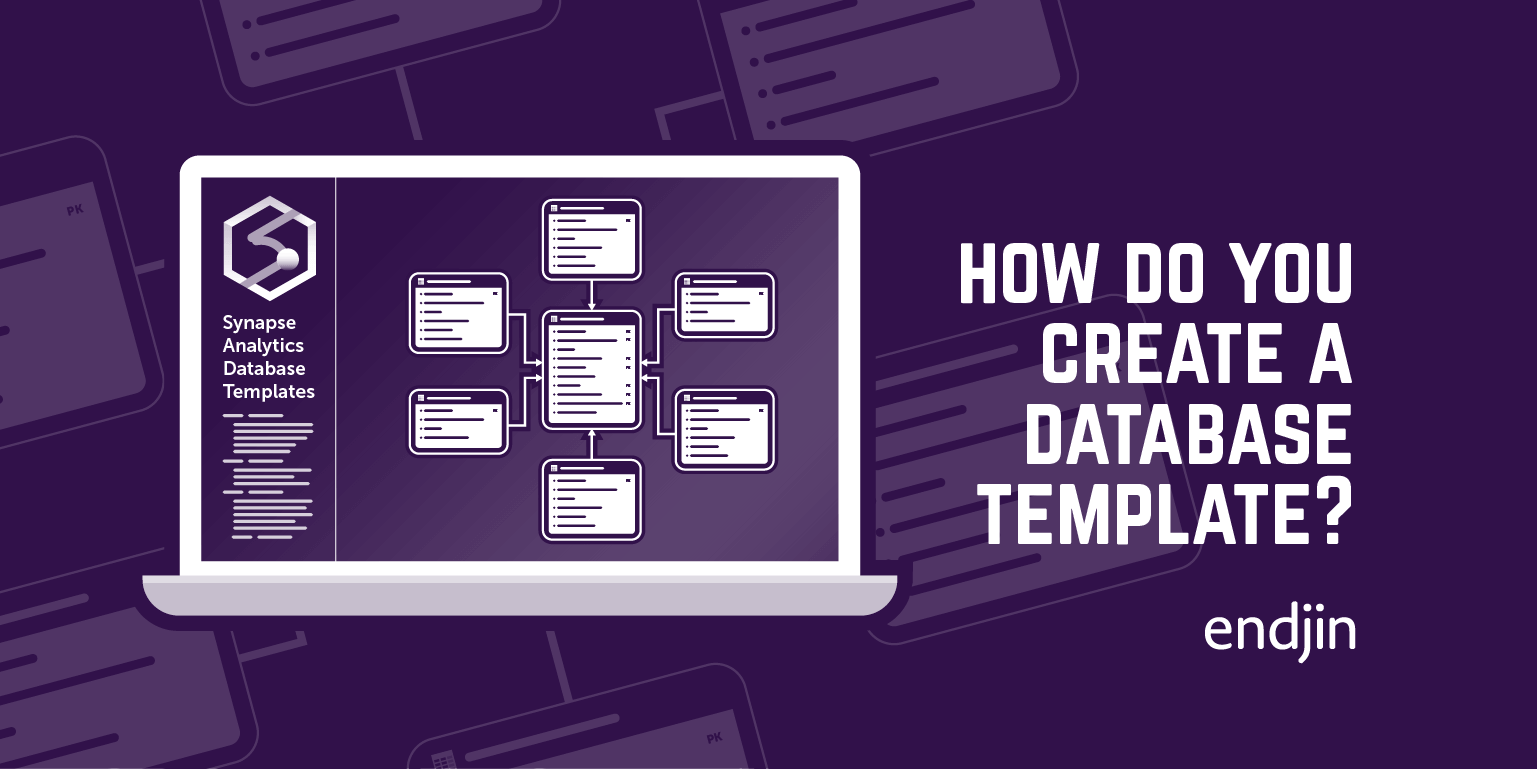
How to create a semantic model using Synapse Analytics Database Templates
Explore Azure Synapse Analytics Database Templates and learn to create semantic models in this 2nd blog of the series.
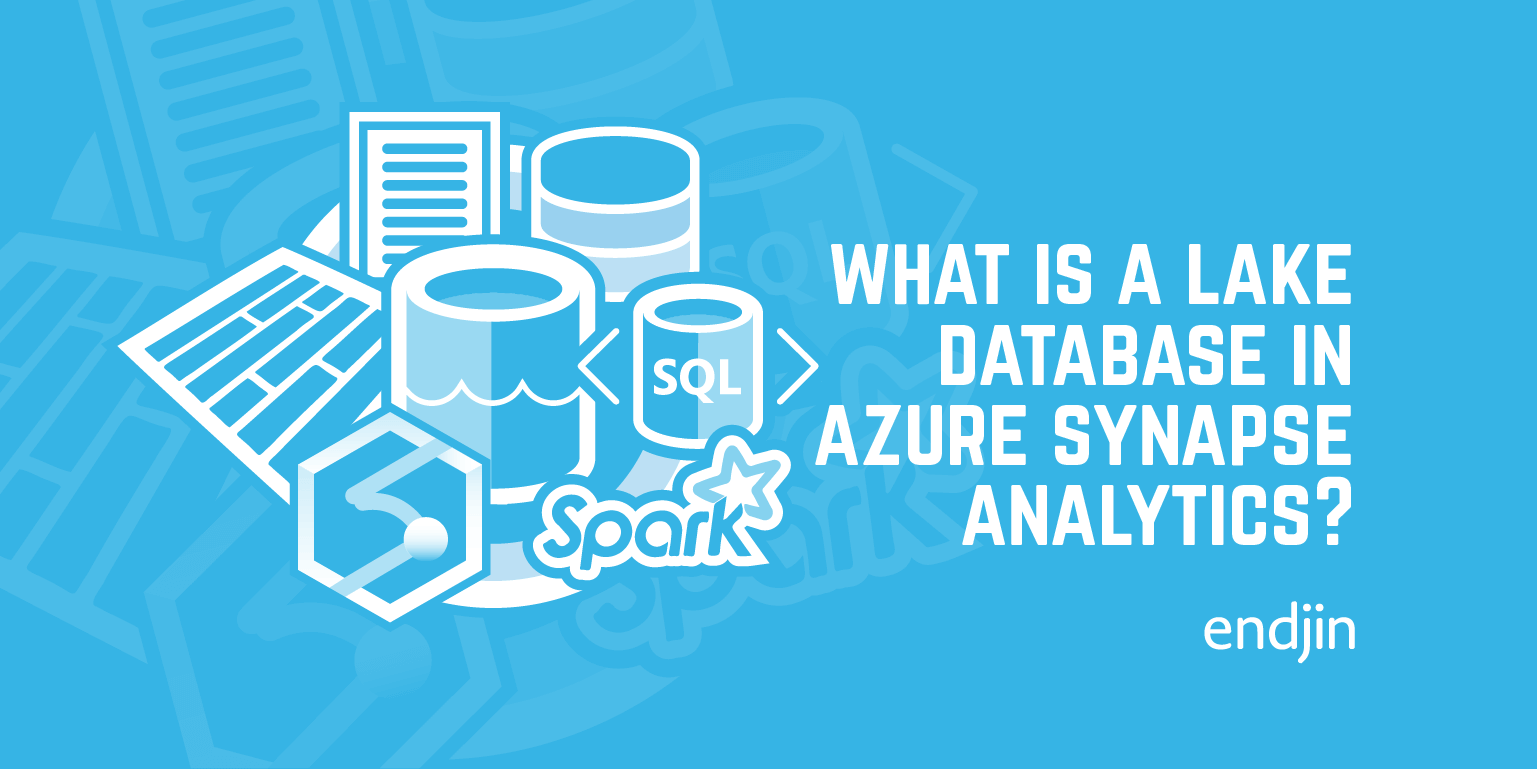
What is a Lake Database in Azure Synapse Analytics?
Explore Lake Databases in Azure Synapse Analytics: analyze Dataverse data, share Spark tables, and design models with Database Templates.
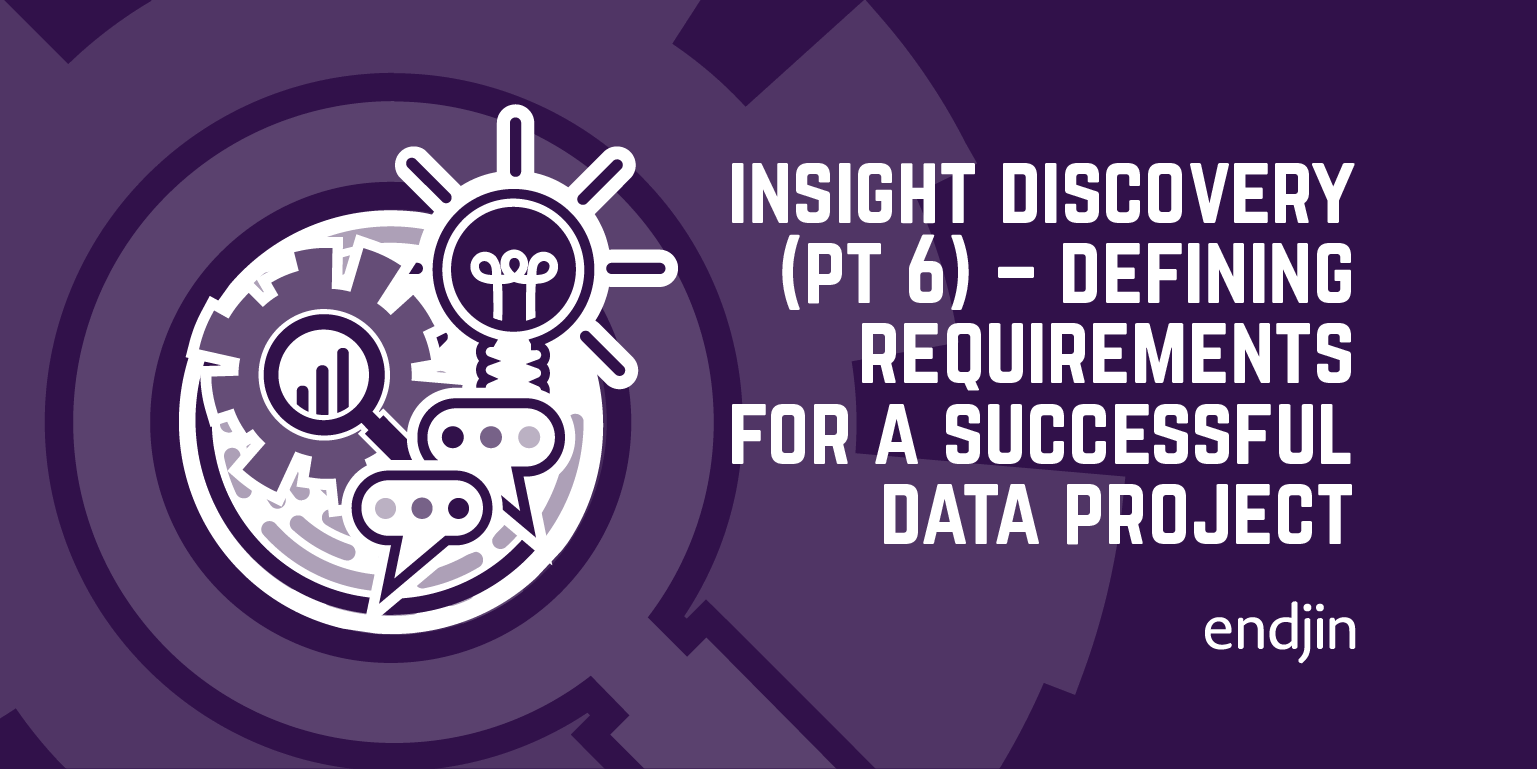
Insight Discovery (part 6) – How to define business requirements for a successful cloud data & analytics project
Many data projects fail to deliver the impact they should for a simple reason – they focus on the data. This series of posts explains a different way of thinking that will set up your data & analytics projects for success. Using an iterative, action-oriented, insight discovery process, it demonstrates tools and techniques that will help you to identify, define and prioritize requirements in your own projects so that they deliver maximum value. It also explores the synergy with modern cloud analytics platforms like Azure Synapse, explaining how the process and the architecture actively support each other for fast, impactful delivery.
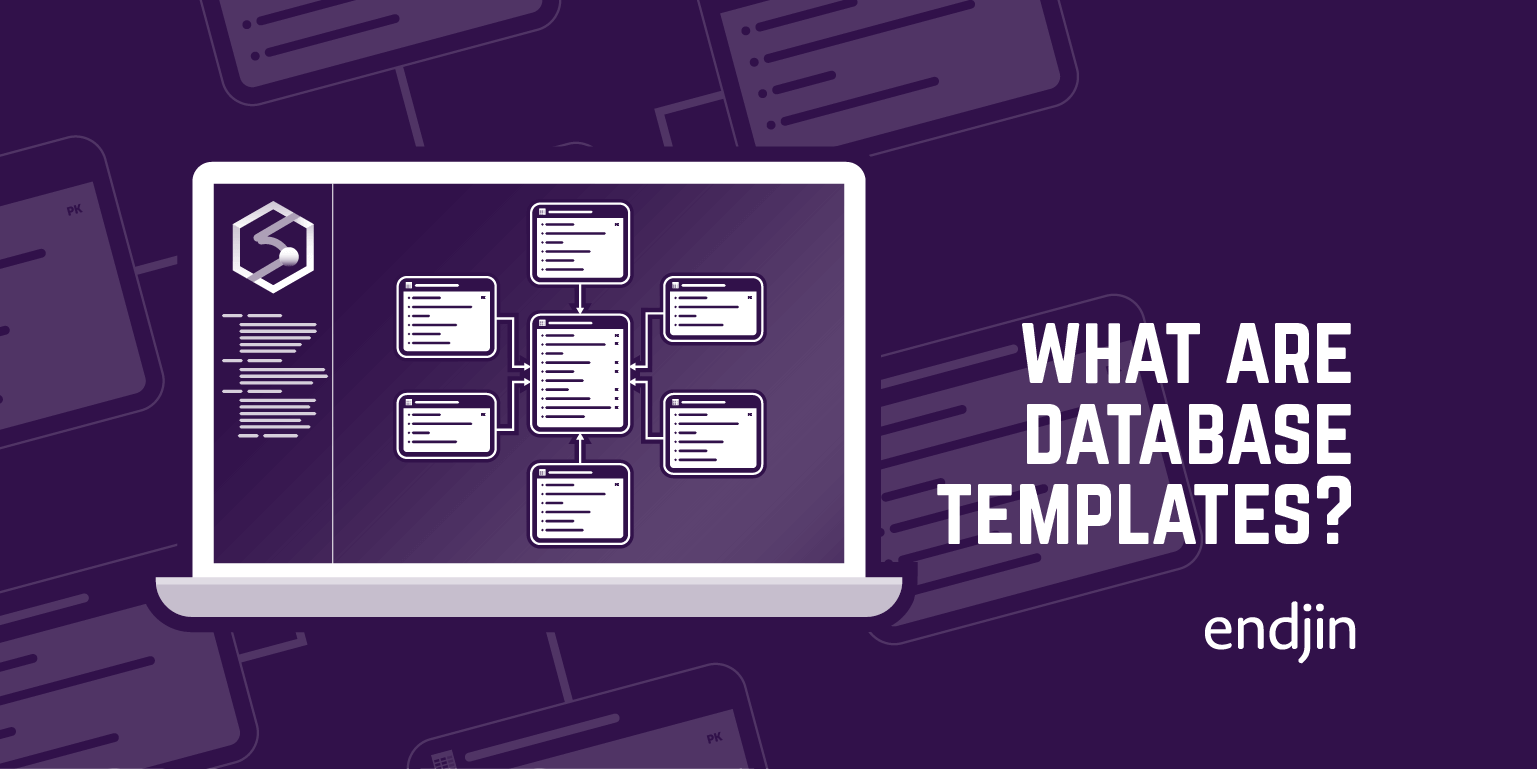
What are Synapse Analytics Database Templates and why should you use them?
Explore Azure Synapse Analytics Database Templates and learn to leverage them in modern data pipelines.
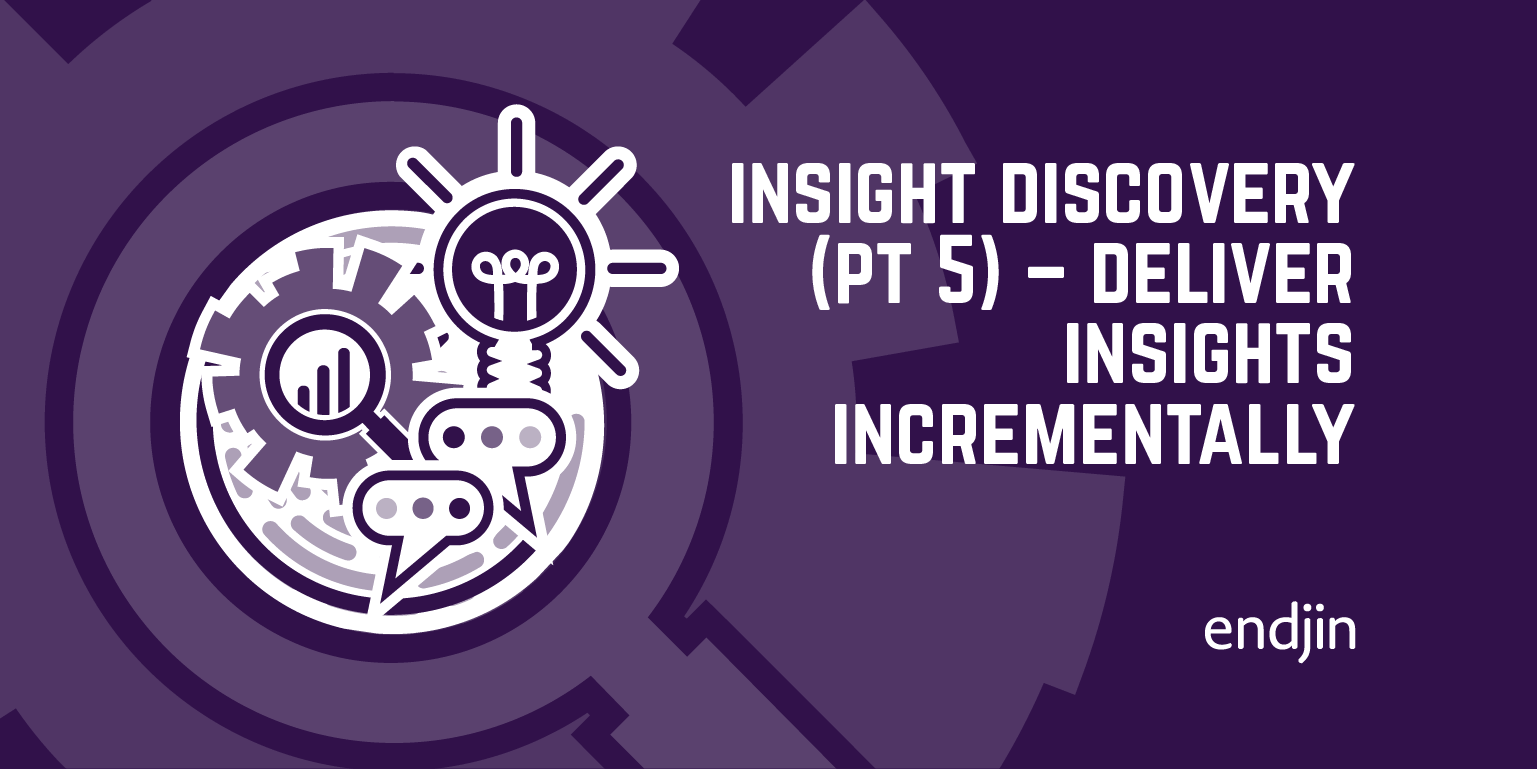
Insight Discovery (part 5) – Deliver insights incrementally with data pipelines
Discover a unique, action-oriented approach to data projects for maximum impact. Learn how to prioritize requirements and leverage cloud analytics platforms.

Insight Discovery (part 4) – Data projects should have a backlog
This series focuses on maximizing data projects' impact via an iterative, insight discovery process, and synergy with cloud platforms like Azure Synapse.
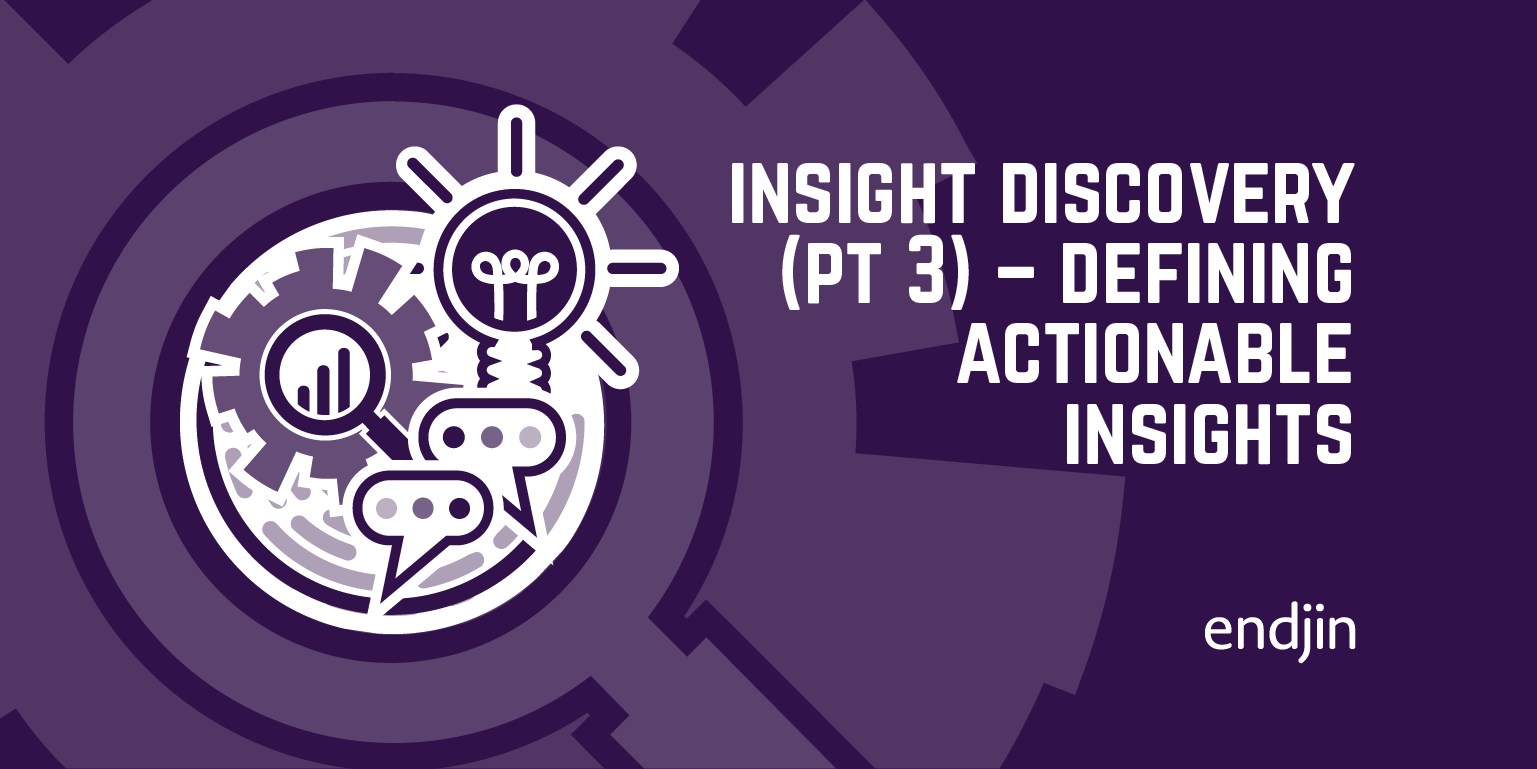
Insight Discovery (part 3) – Defining Actionable Insights
Discover a unique, action-oriented approach to data projects for maximum impact. Learn how to synergize with platforms like Azure Synapse for fast delivery.
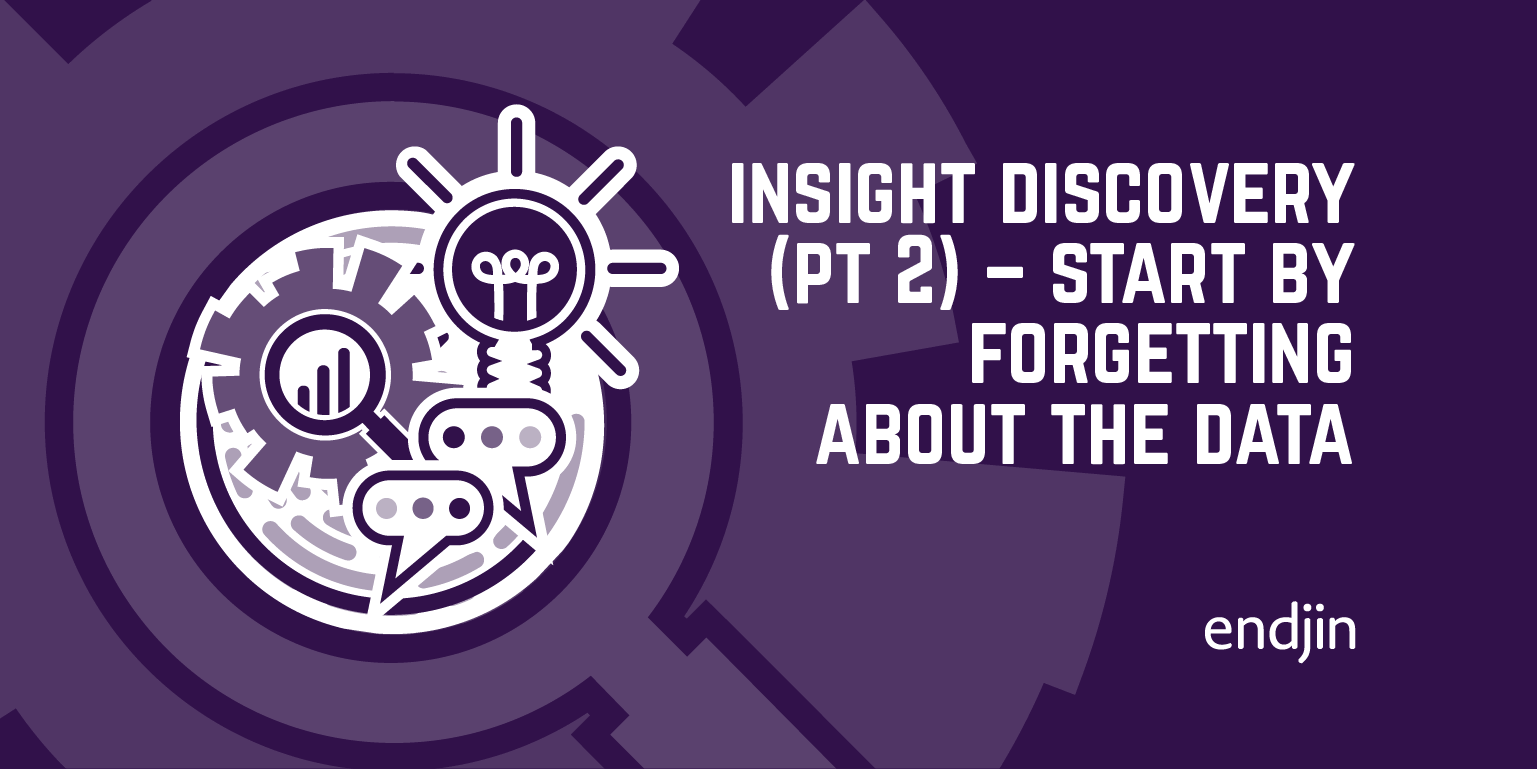
Insight Discovery (part 2) – successful data projects start by forgetting about the data
Many data projects fail to deliver the impact they should for a simple reason – they focus on the data. This series of posts explains a different way of thinking that will set up your data & analytics projects for success. Using an iterative, action-oriented, insight discovery process, it demonstrates tools and techniques that will help you to identify, define and prioritize requirements in your own projects so that they deliver maximum value. It also explores the synergy with modern cloud analytics platforms like Azure Synapse, explaining how the process and the architecture actively support each other for fast, impactful delivery.
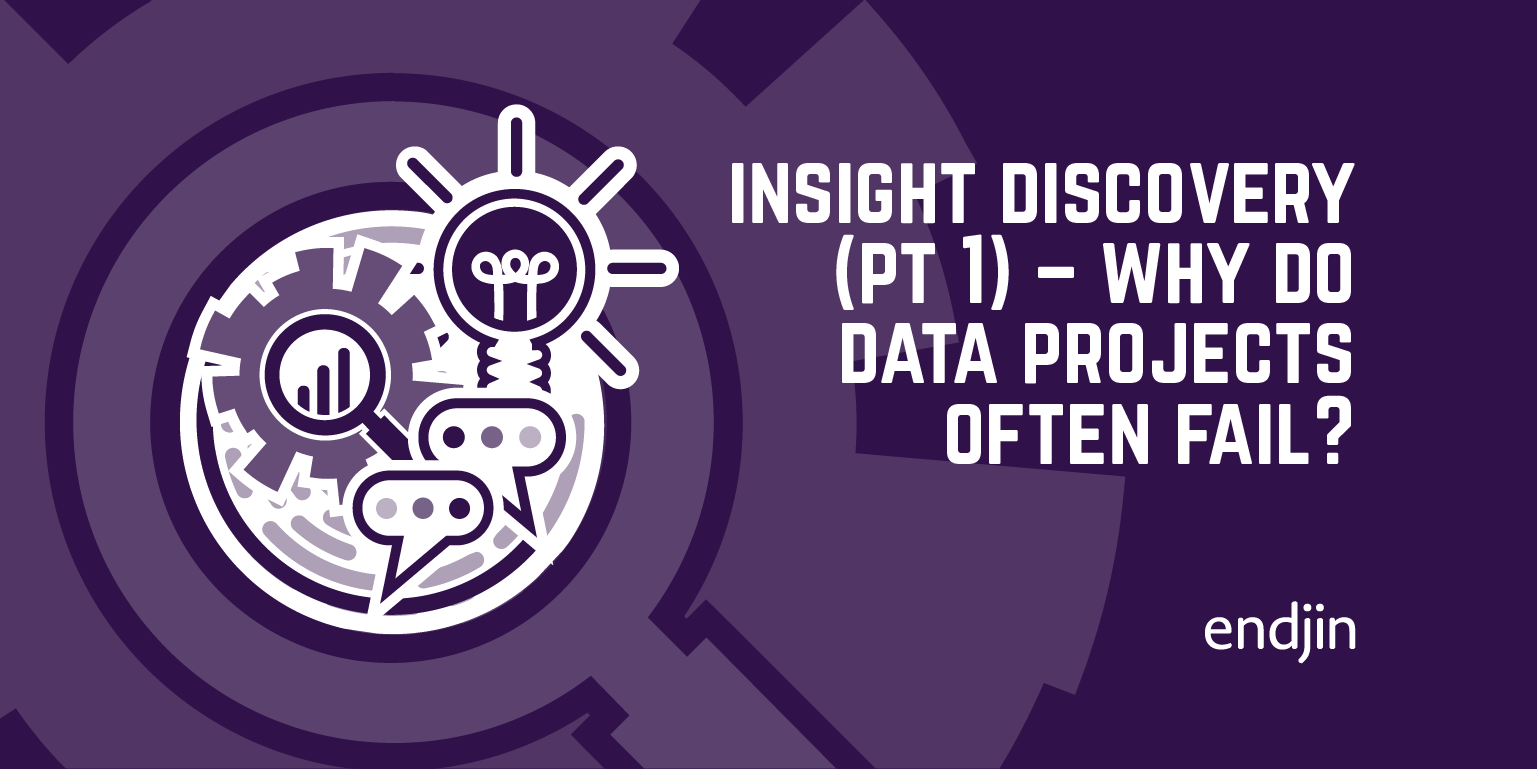
Insight Discovery (part 1) – why do data projects often fail?
Discover a unique, action-oriented approach to data projects for maximum impact. Learn how to synergize with platforms like Azure Synapse for fast delivery.
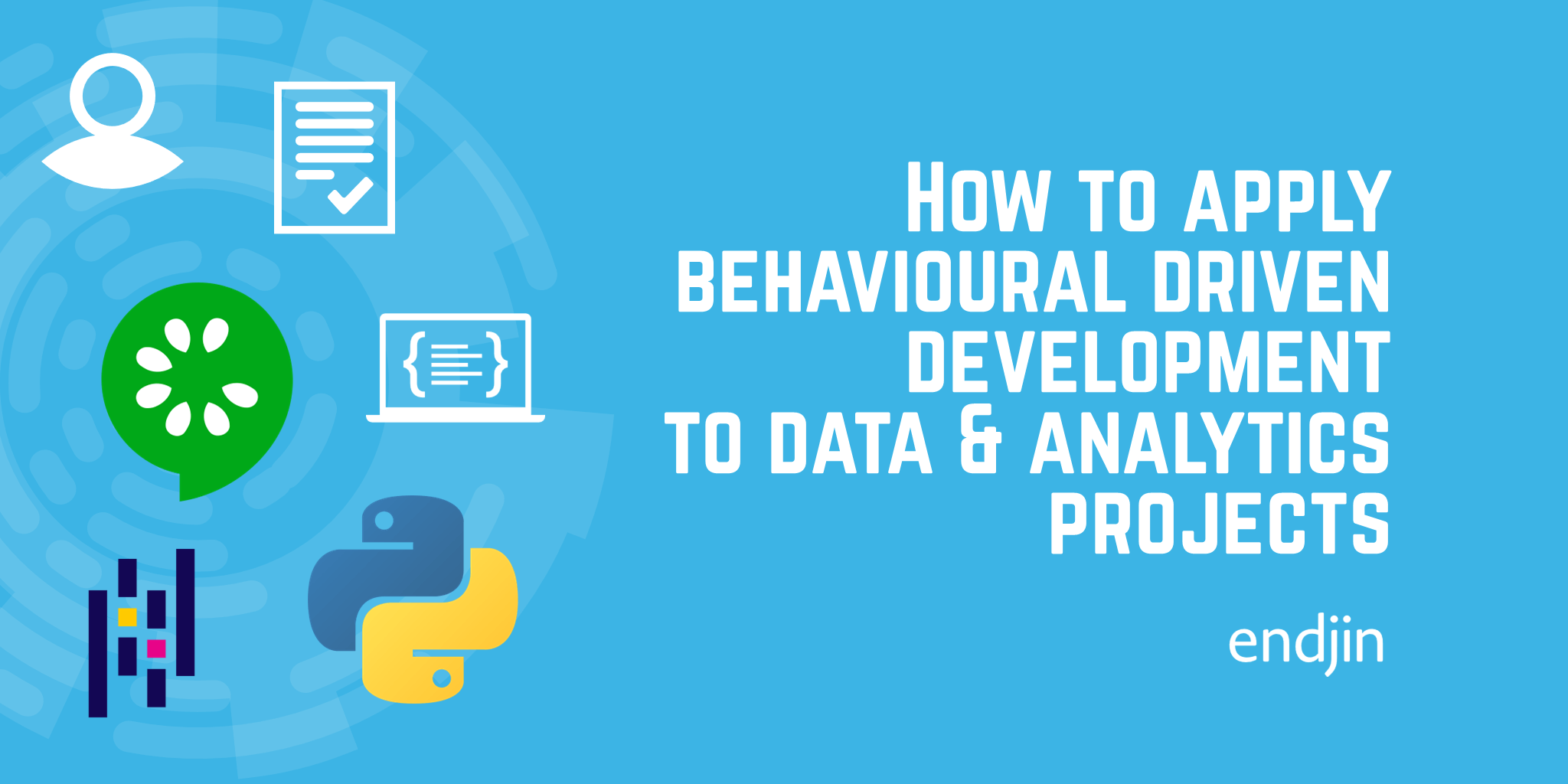
How to apply behaviour driven development to data and analytics projects
In this blog we demonstrate how the Gherkin specification can be adapted to enable BDD to be applied to data engineering use cases.
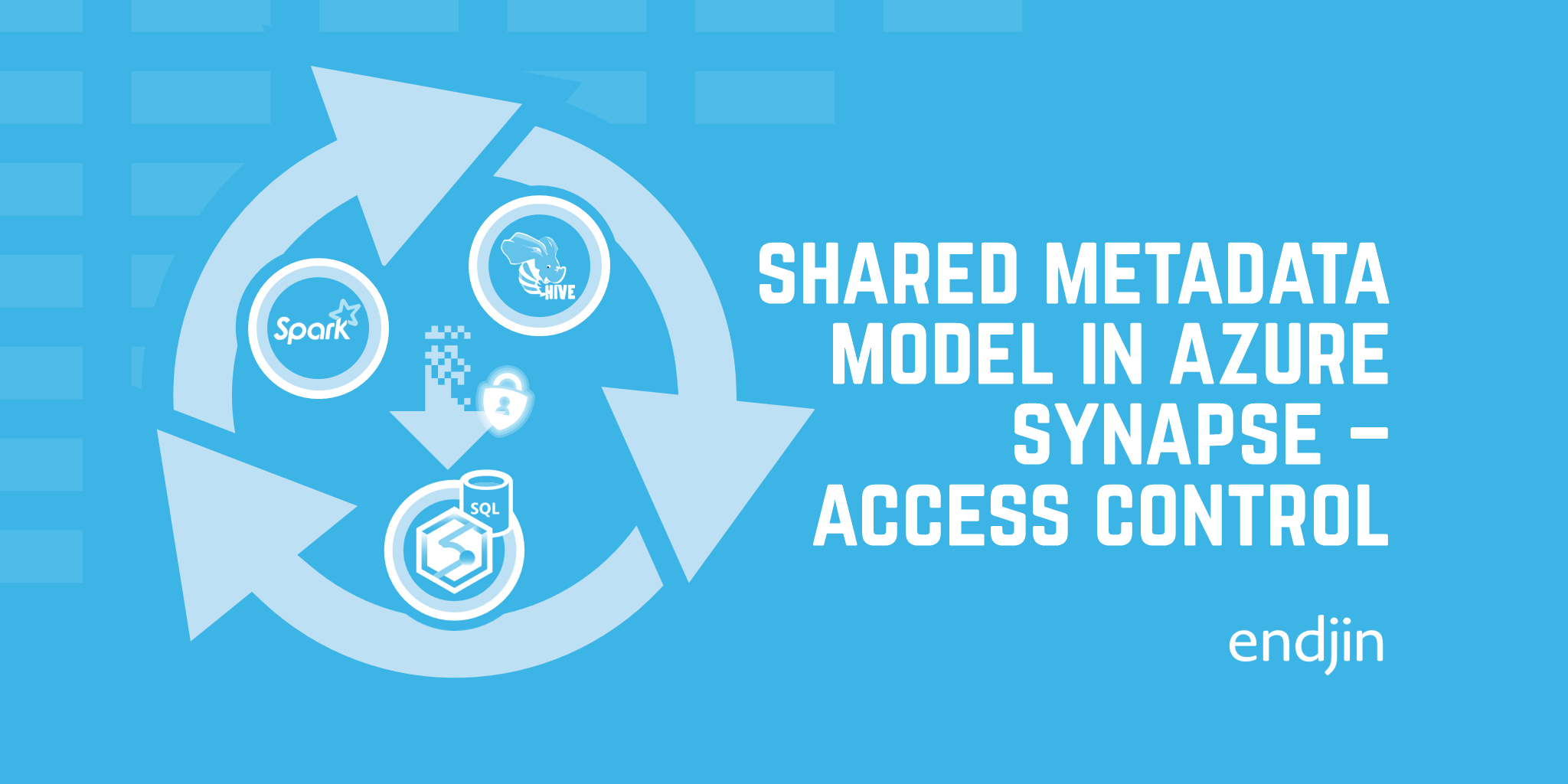
Sharing access to synchronized Shared Metadata Model objects in Azure Synapse Analytics
Learn how to grant non-admin users access to Spark synchronized objects with SQL Serverless in Synapse Analytics using the Shared Metadata Model.
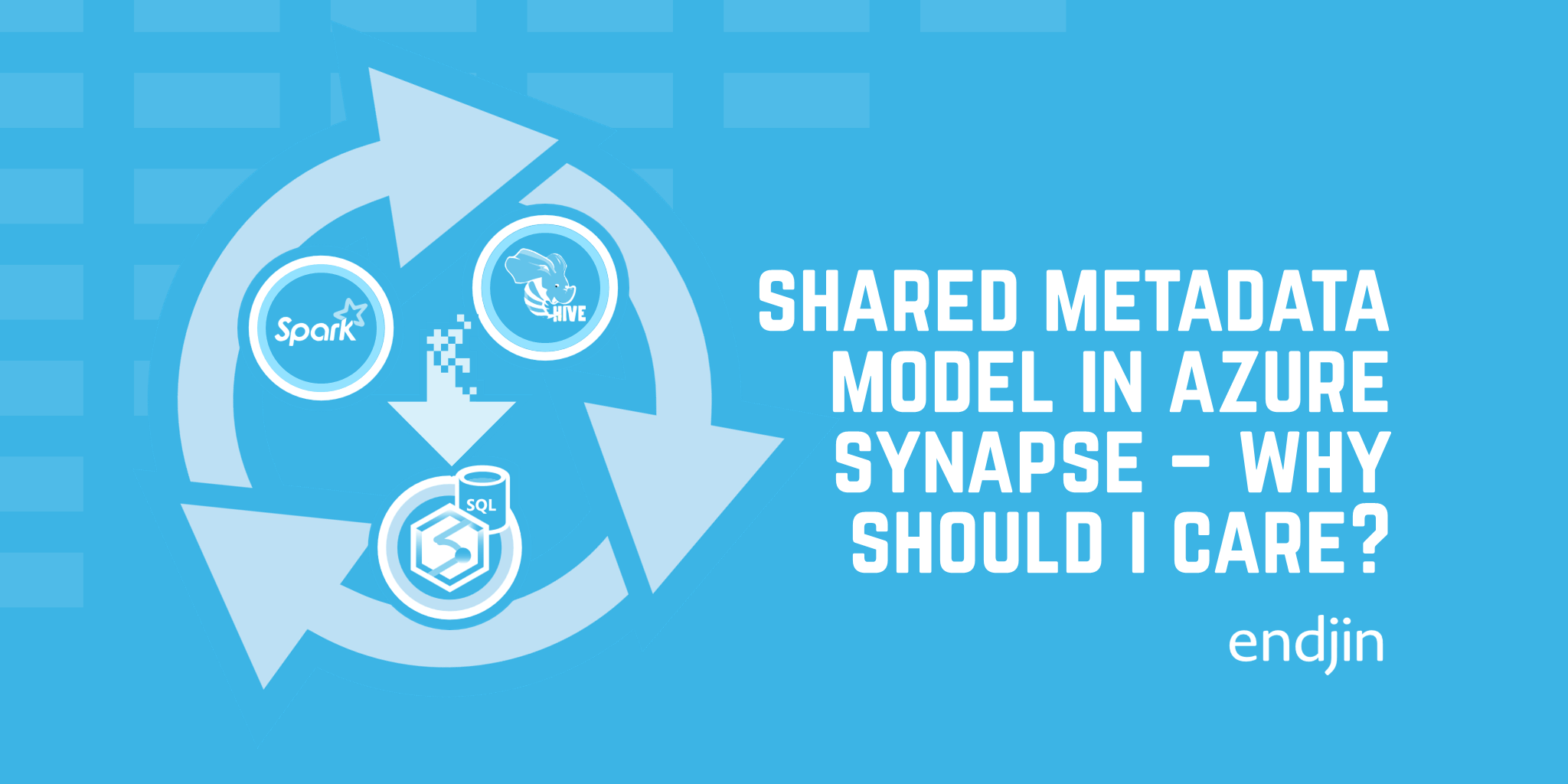
What is the Shared Metadata Model in Azure Synapse Analytics, and why should I use it?
Explore Azure Synapse's 'Shared Metadata Model' feature. Learn how it syncs Spark tables with SQL Serverless, its benefits, and tradeoffs.
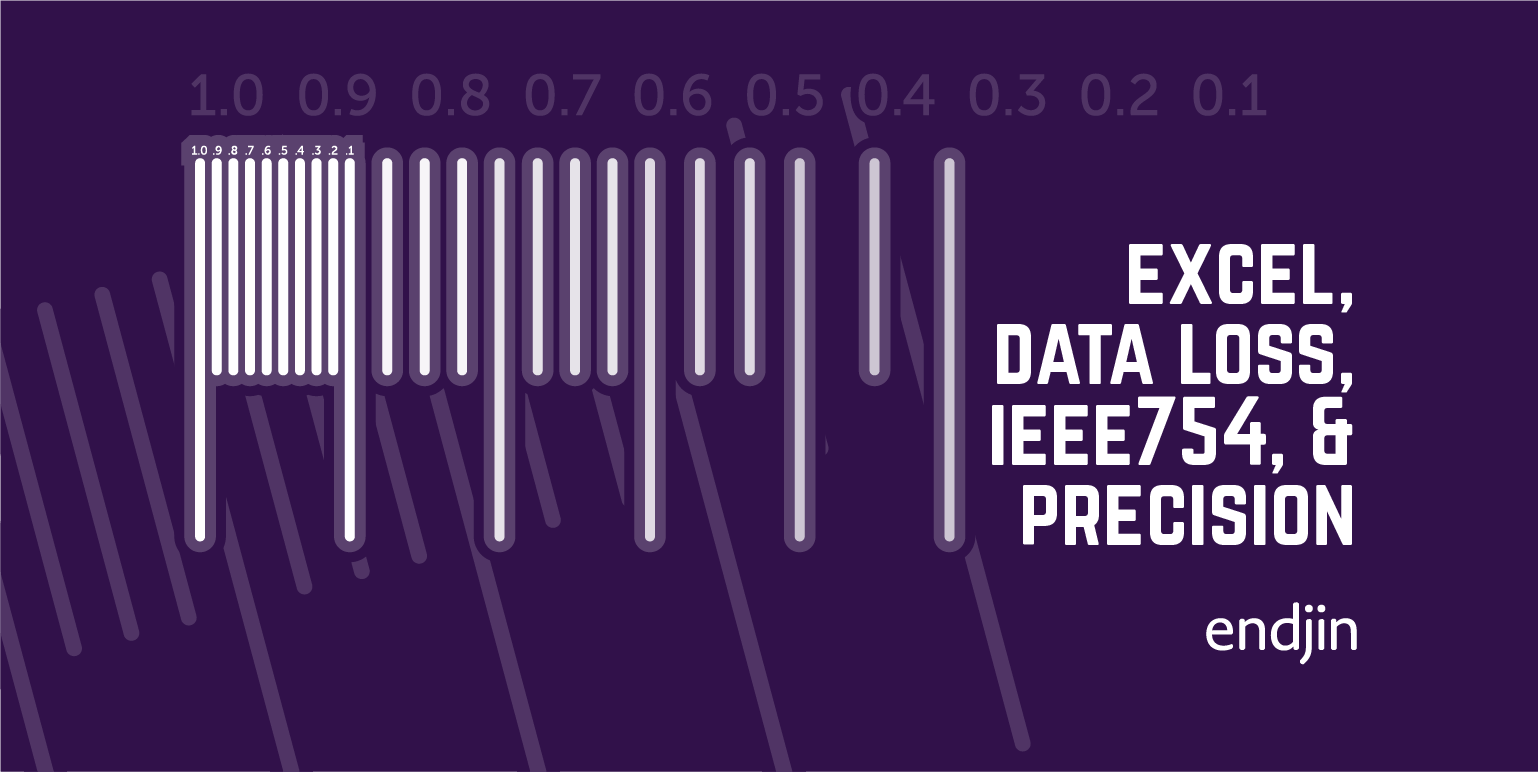
Excel, data loss, IEEE754, and precision
Explore the impact of Excel's numeric precision rules on identifiers and learn about infamous data loss incidents caused by misuse in this post.
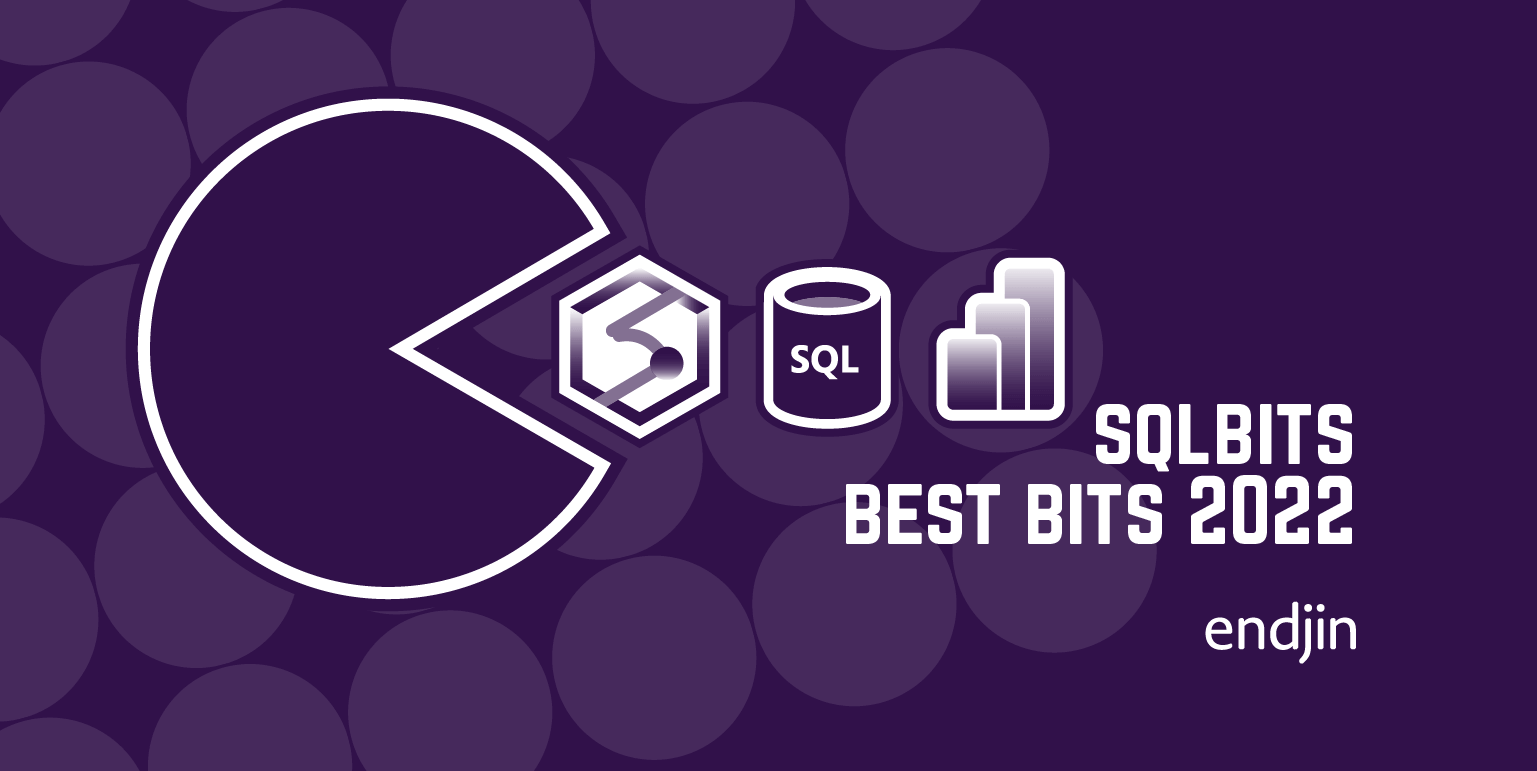
SQLbits 2022 - The Best Bits
This is a summary of the sessions I attended at SQLbits 2022 in London, which is Europe's largest expert led data conference.

A visual approach to demand management and prioritisation
Explore a simple, visual approach to prioritisation that aids decision-making and stakeholder engagement.
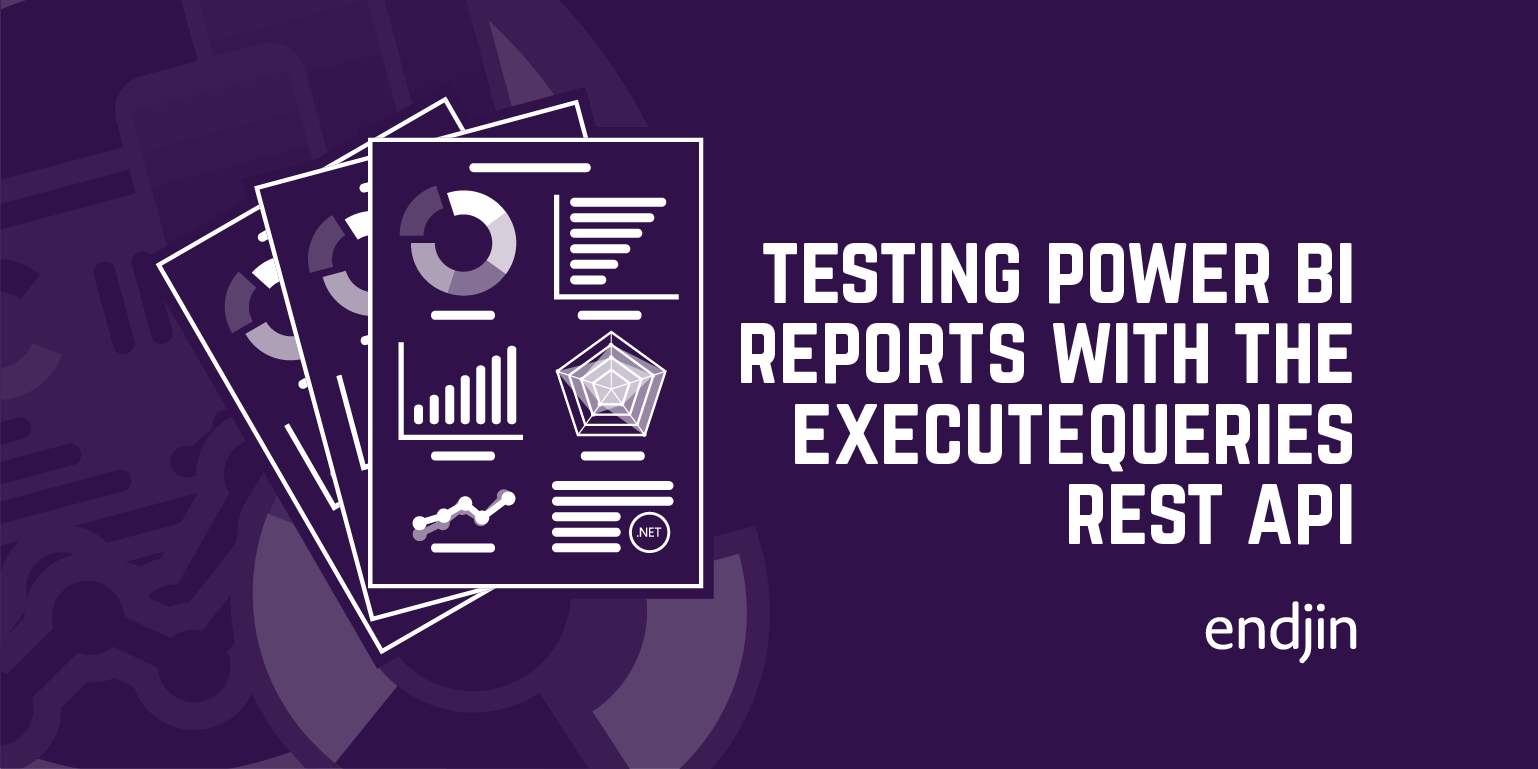
Testing Power BI Reports with the ExecuteQueries REST API
Explore DAX queries for scenario-based testing in Power BI reports to ensure data model validity, rule adherence, and security maintenance.
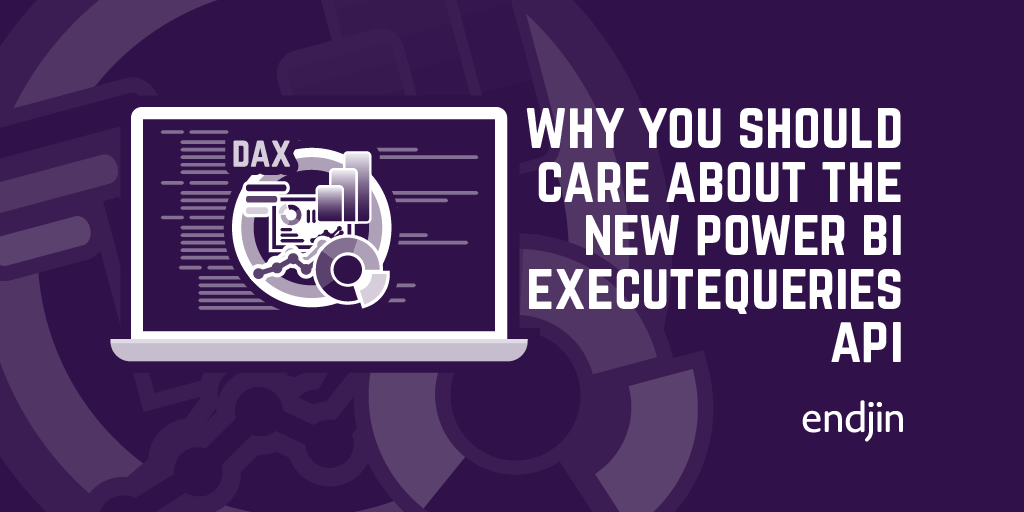
Why you should care about the Power BI ExecuteQueries API
Explore the benefits of Power BI's new ExecuteQueries REST API for developers in tooling, process, and integrations.
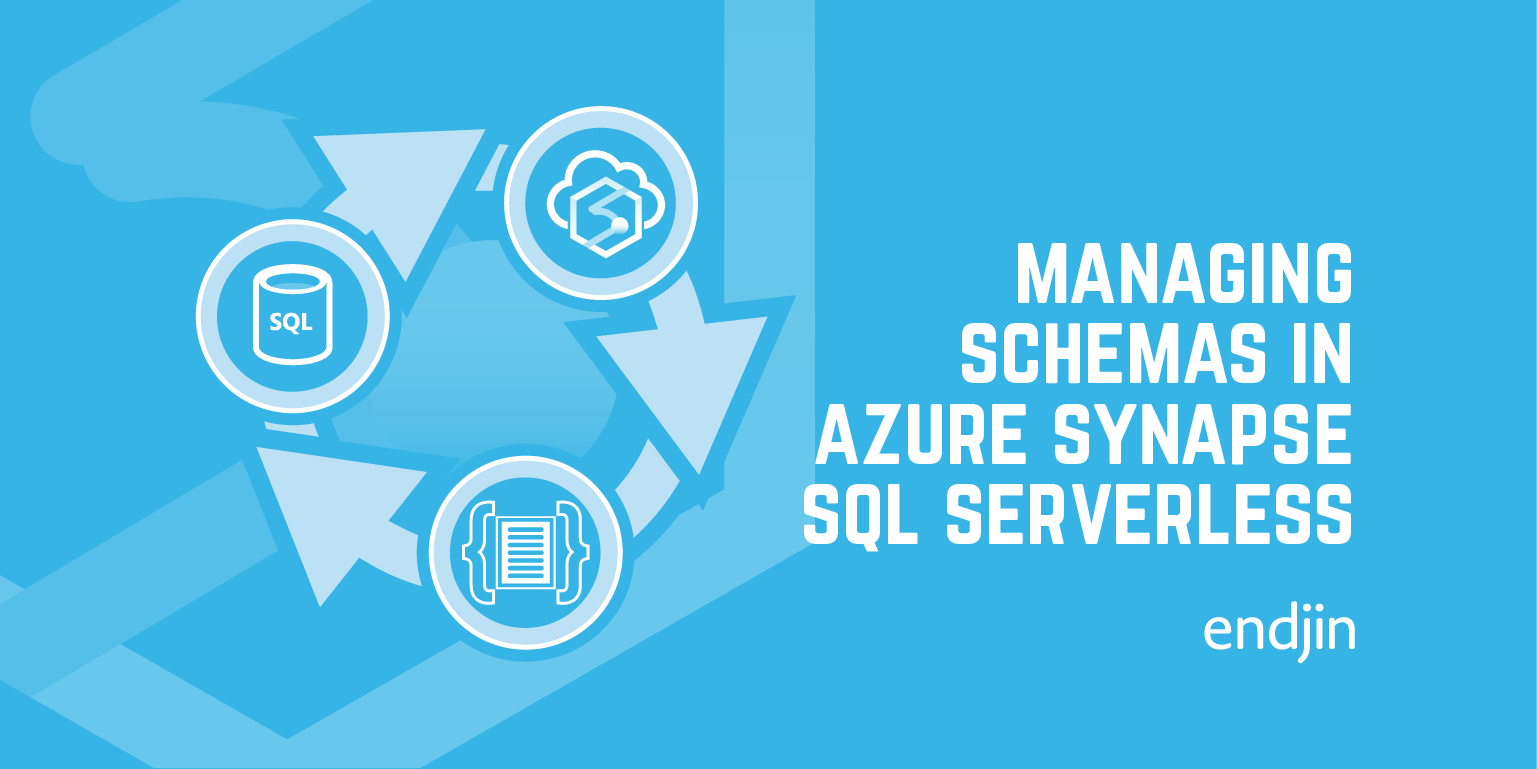
Managing schemas in Azure Synapse SQL Serverless
Explore Azure Synapse's SQL Serverless for on-demand data lake queries, its benefits, and challenges in managing schemas and maintaining data sync.
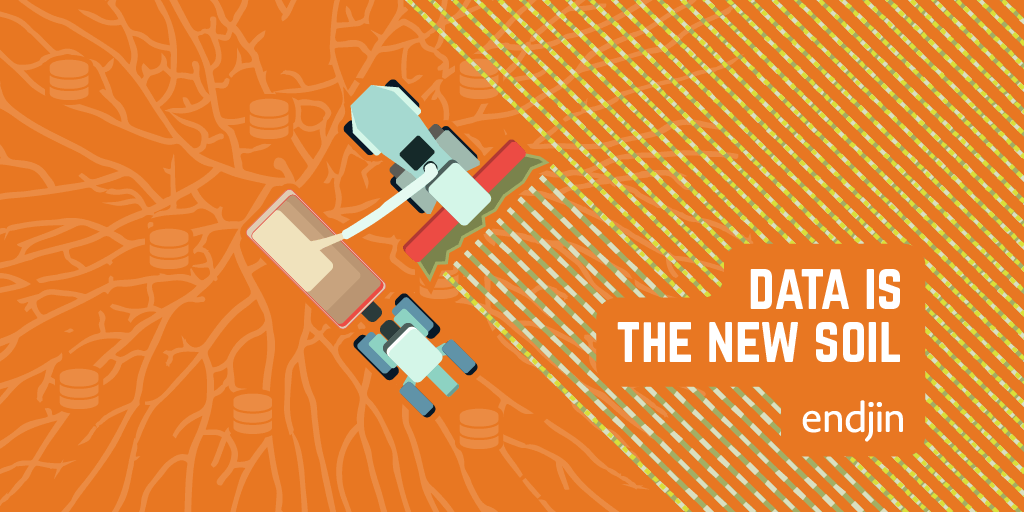
Data is the new soil
Thinking of data as the new soil is useful in highlighting the key elements that enable a successful data and analytics initiative.
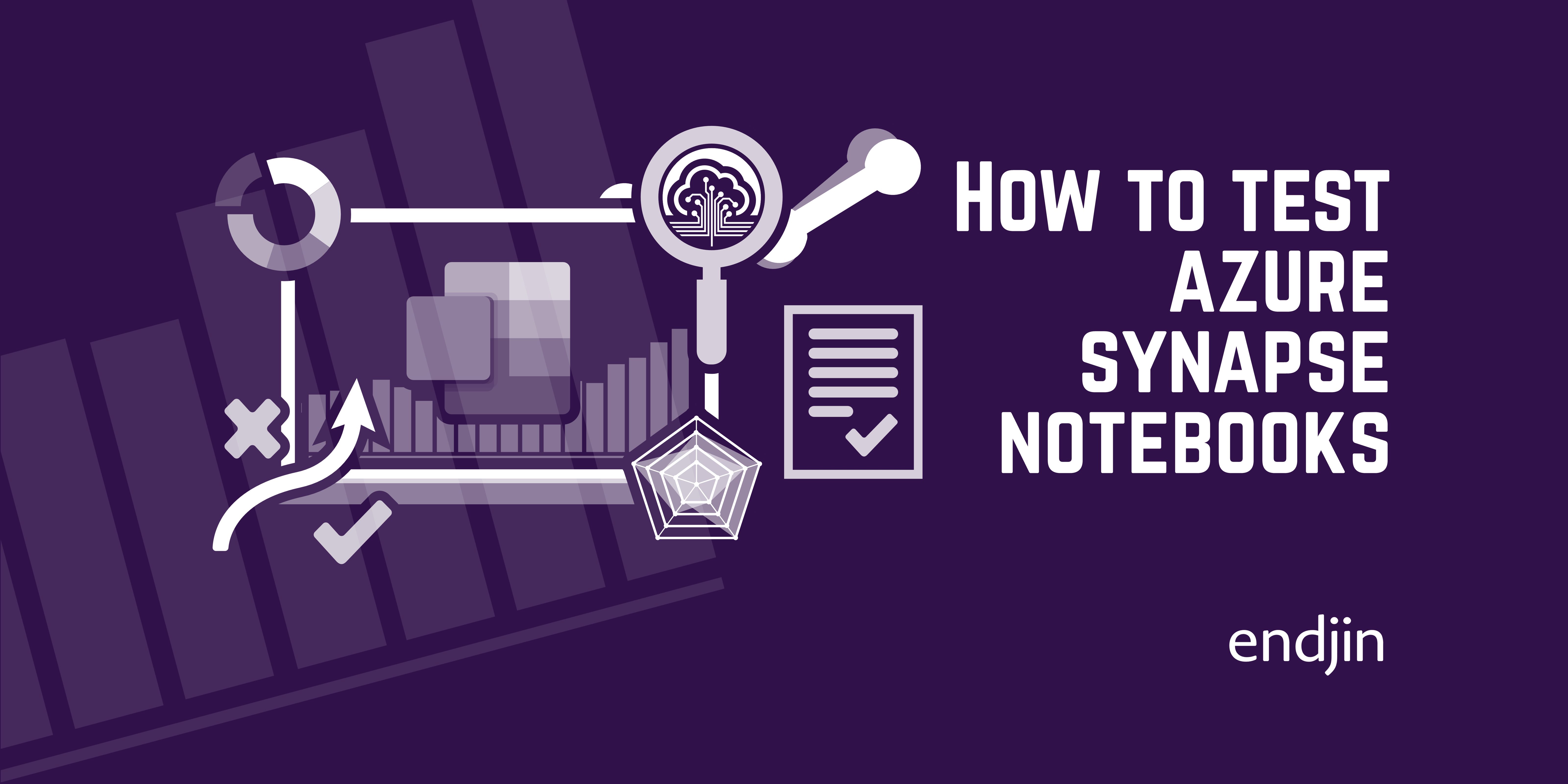
How to test Azure Synapse notebooks
Explore data with Azure Synapse's interactive Spark notebooks, integrated with Pipelines & monitoring tools. Learn how to add tests for business rule validation.
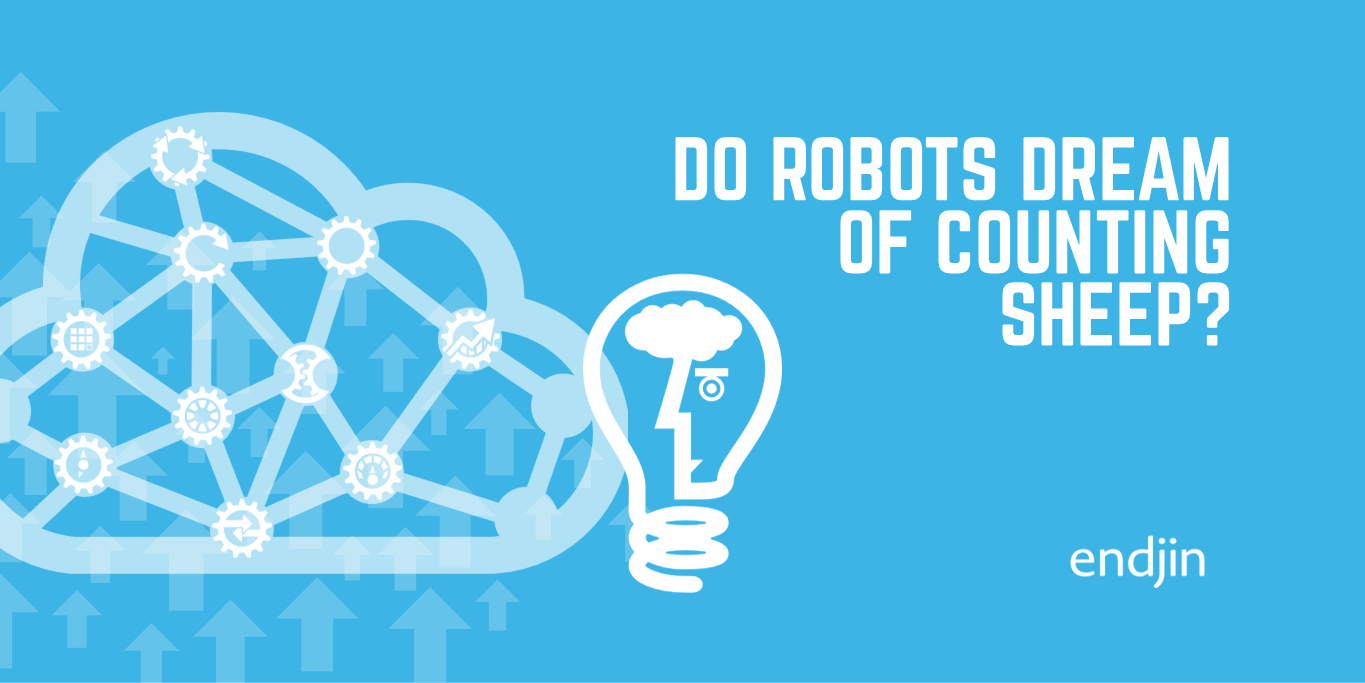
Do robots dream of counting sheep?
Some of my thoughts inspired whilst helping out on the farm over the weekend. What is the future of work given the increasing presence of machines in our day to day lives? In which situations can AI deliver greatest value? How can we ease the stress of digital transformation on people who are impacted by it?

How to safely reference a nullable activity output in Azure Synapse Pipelines and Azure Data Factory
Discover Azure Data Factory's null-safe operator for referencing activity outputs that may not always exist. Learn to use it effectively.

Learning from Covid-19
Summary of key themes from the Doing Data Together conference hosted virtually by The Scotsman newspaper and Edinburgh University in November 2020. The conference agenda was pivoted to focus on the use of data to help tackle the Covid-19 pandemic. It provided a fascinating insight into the lessons learned.
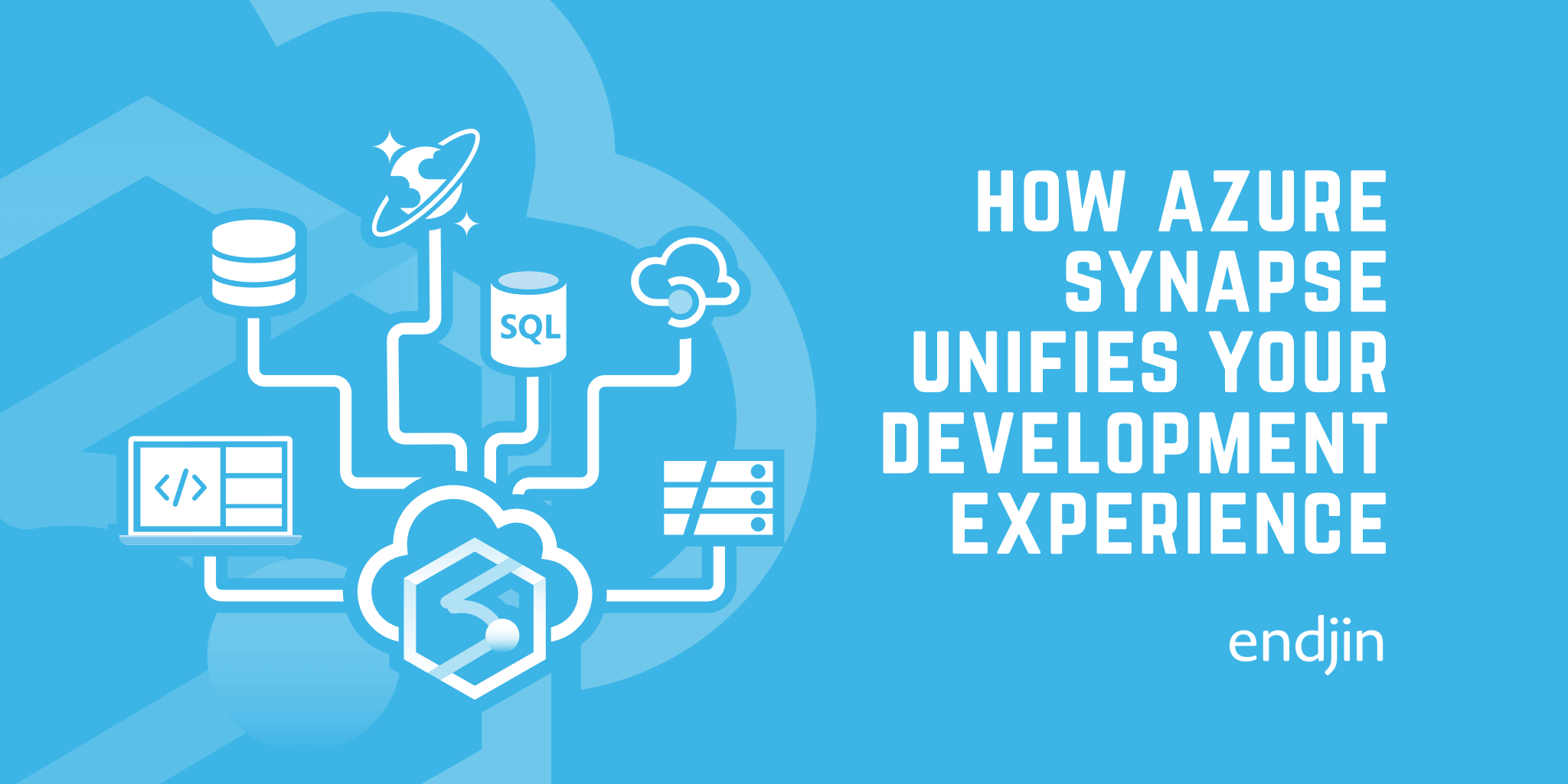
How Azure Synapse unifies your development experience
Modern analytics requires a multi-faceted approach, which can cause integration headaches. Azure Synapse's Swiss army knife approach can remove a lot of friction.
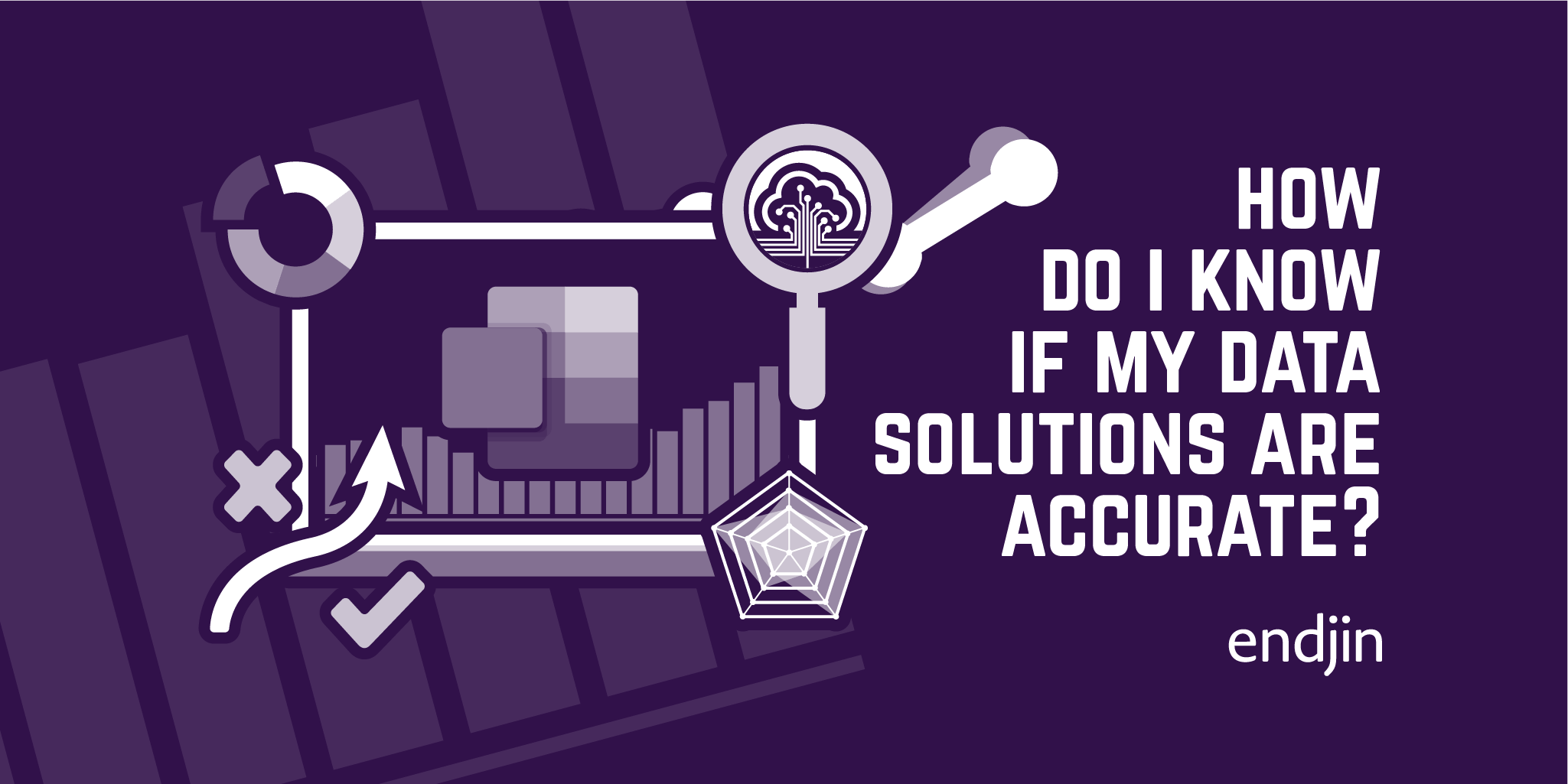
How do I know if my data solutions are accurate?
Data insights are useless, and even dangerous (as we've seen recently at Public Health England) if they can't be trusted. So, the need to validate business rules and security boundaries within a data solution is critical. This post argues that if you're doing anything serious with data, then you should be taking this seriously.

How to fix the "You need permission to access workspace..." error in Azure Synapse Analytics
Fix the "You need permission" error in Azure Synapse Analytics with this guide, addressing its causes and solutions for Data Engineers/Developers.
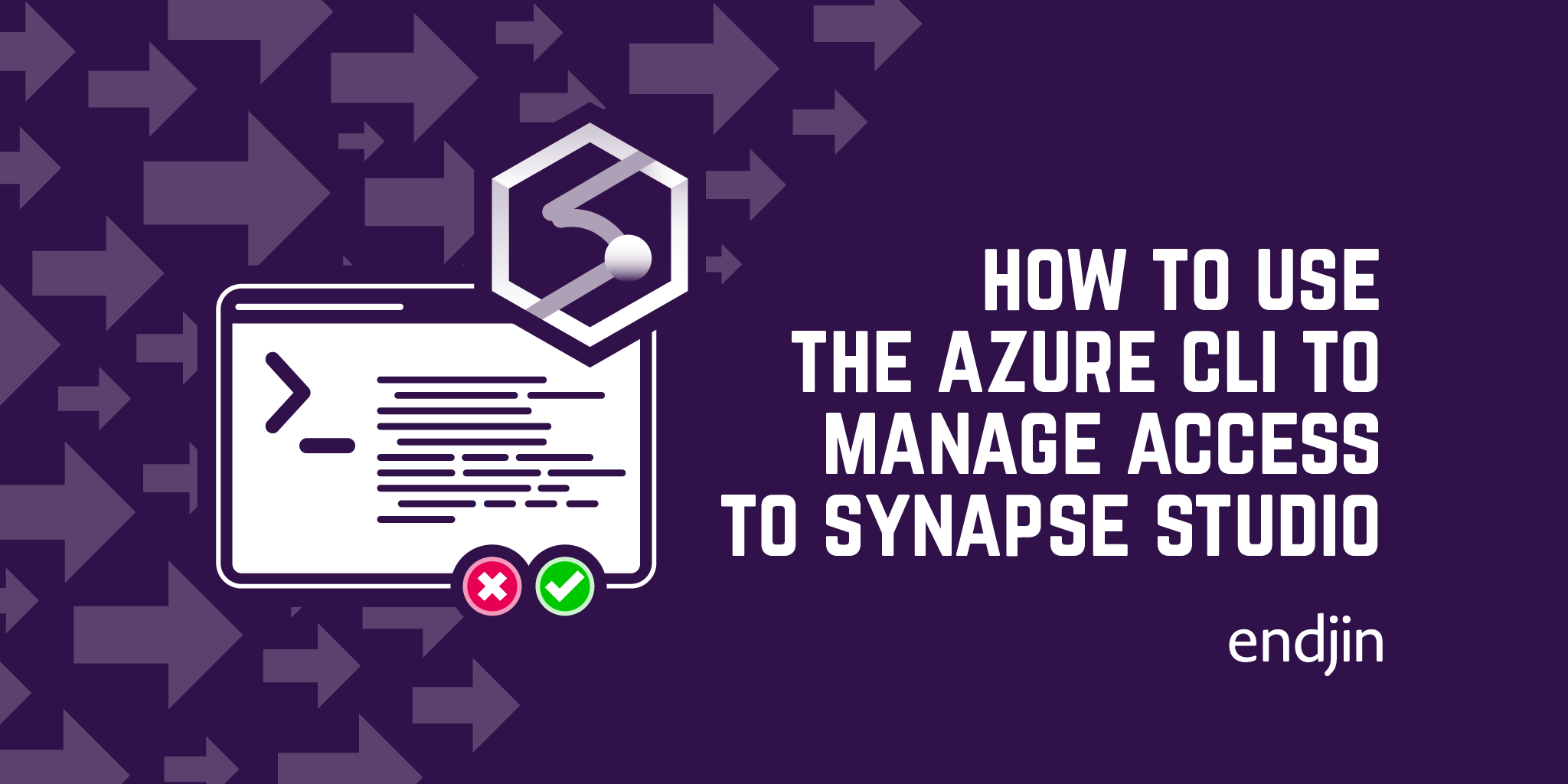
How to use the Azure CLI to manage access to Synapse Studio
Assign roles in Synapse Studio for Azure Synapse Analytics devs using Azure CLI. Accessible by Owners/Contributors of the resource.
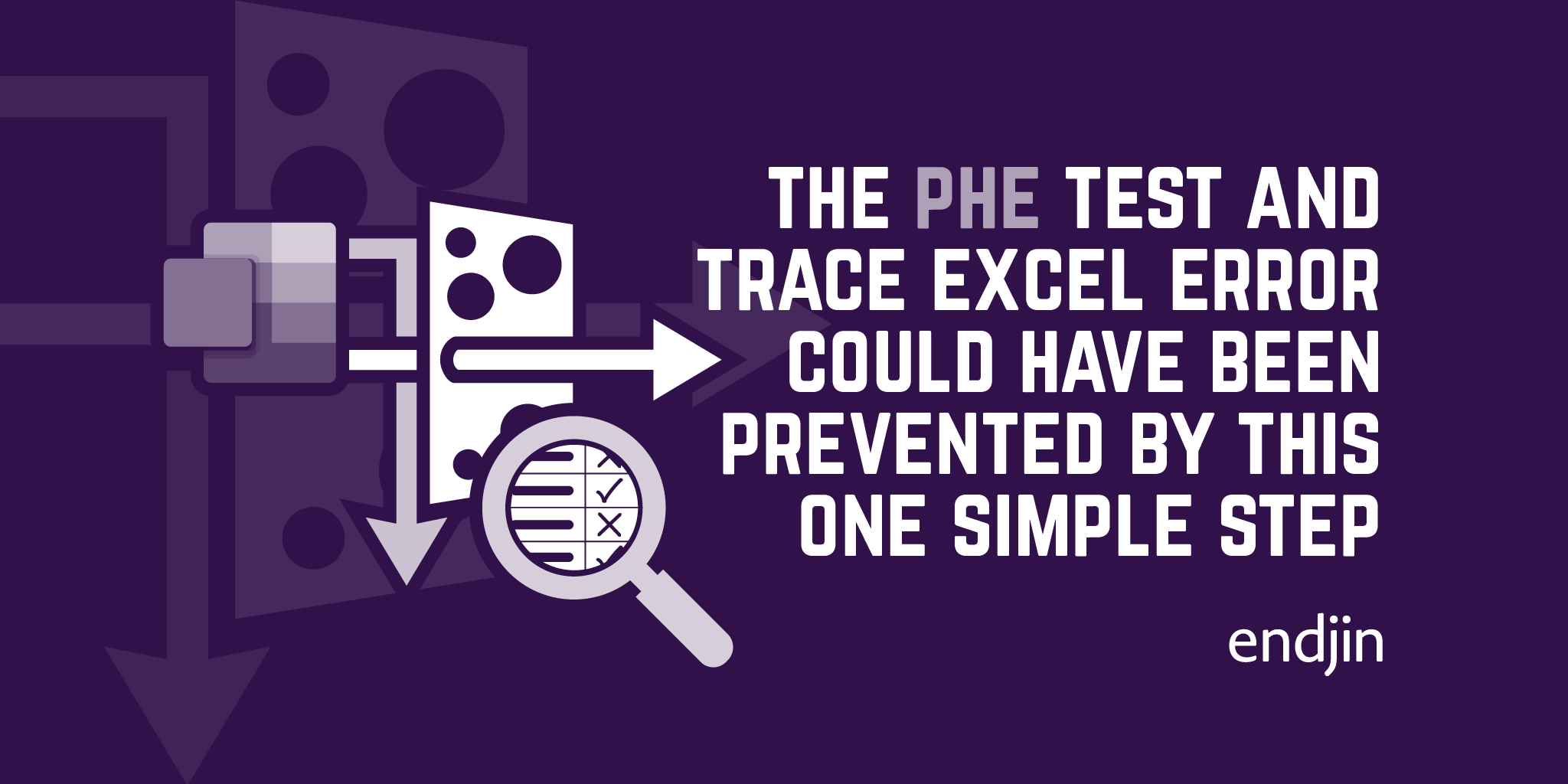
The Public Health England Test and Trace Excel error could have been prevented by this one simple step
Despite the subsequent media reporting, the loss of 16,000 Covid-19 test results at Public Health England wasn't caused by Excel. This post argues that a lack of an appropriate risk and mitigation analysis left the process exposed to human error, which ultimately led to the loss of data and inaccurate reporting. It describes a simple process that could have been applied to prevent the error, and how it will help if you're worried about ensuring quality or reducing risk in your own business, technology or data programmes.
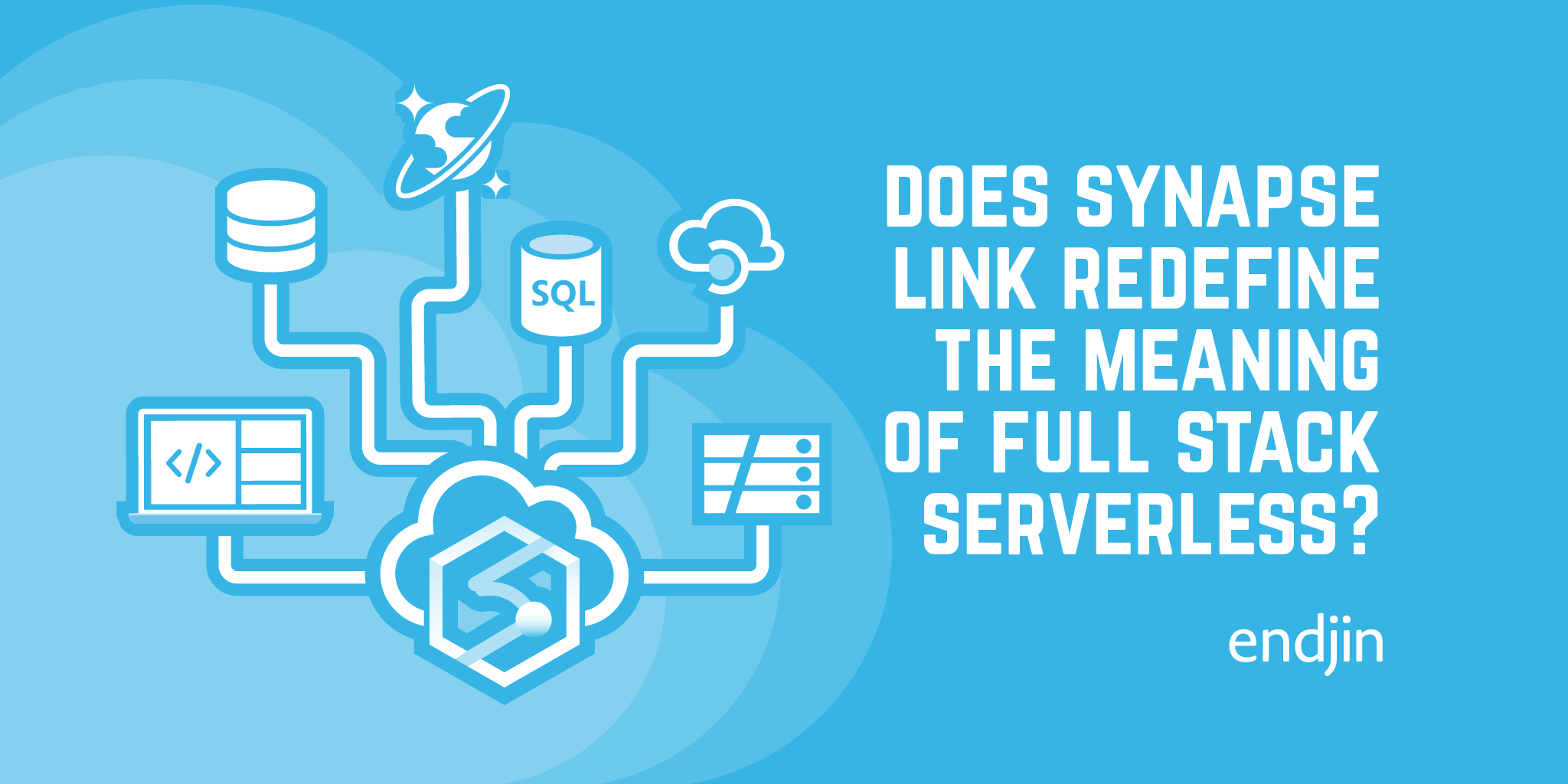
Does Azure Synapse Link redefine the meaning of full stack serverless?
Explore Azure Synapse Link for Cosmos DB's impact on 'full stack serverless', No-ETL, and pay-as-you-query analytics.
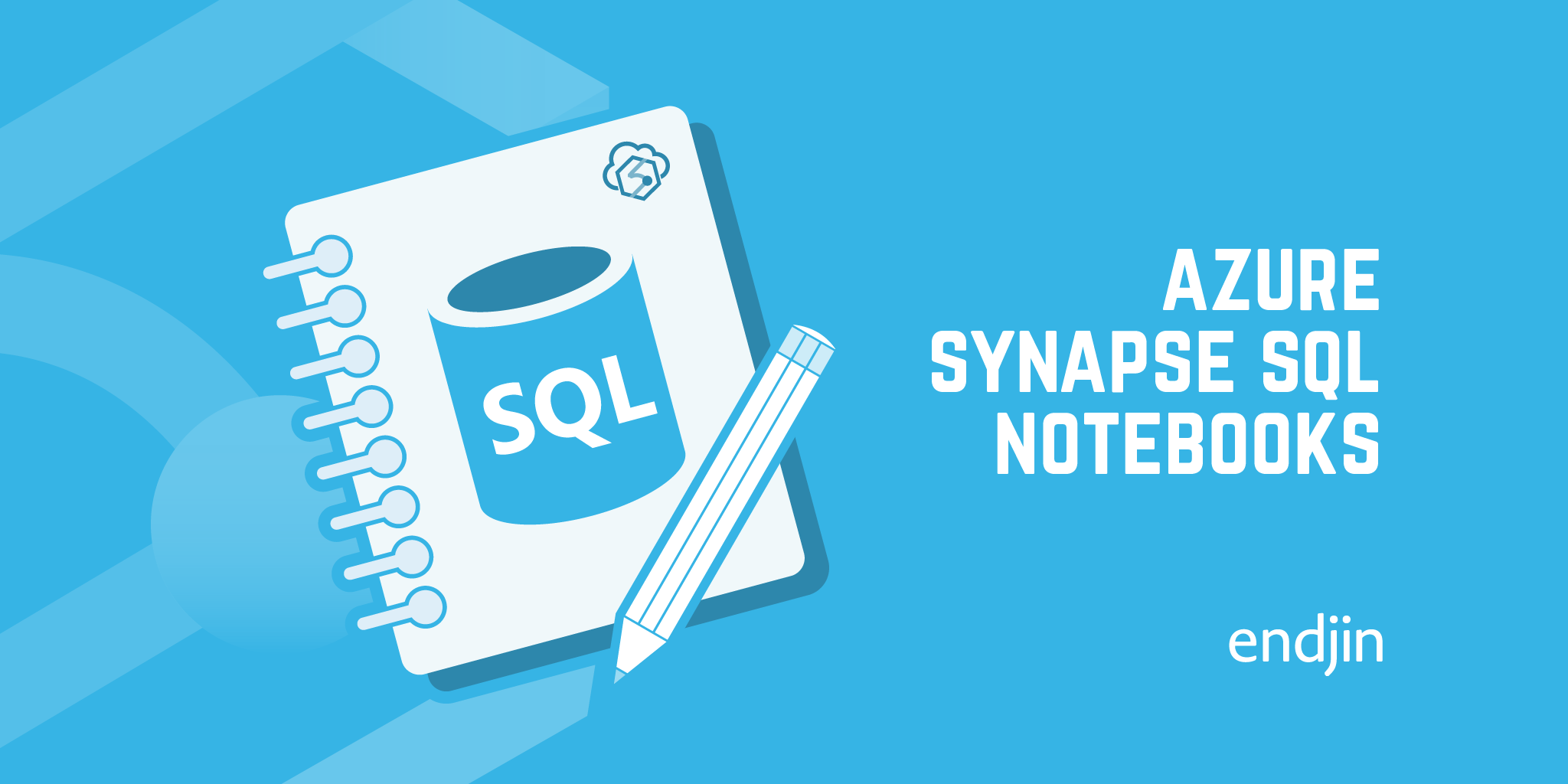
How to use SQL Notebooks to access Azure Synapse SQL Pools & SQL on demand
Wishing Azure Synapse Analytics had support for SQL notebooks? Fear not, it's easy to take advantage rich interactive notebooks for SQL Pools and SQL on Demand.
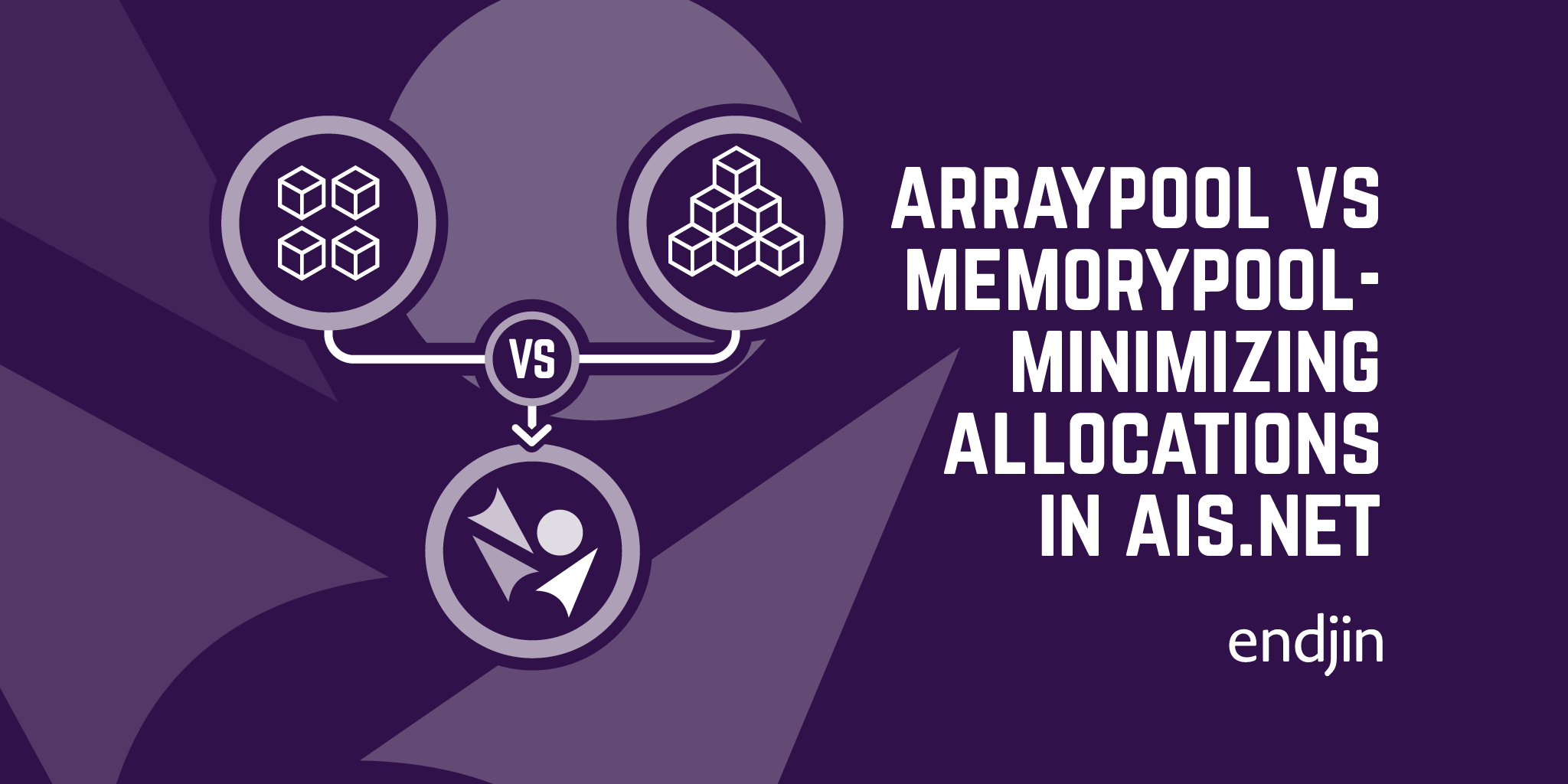
ArrayPool vs MemoryPool—minimizing allocations in AIS.NET
Tracking down unexpected allocations in a high-performance .NET parsing library.
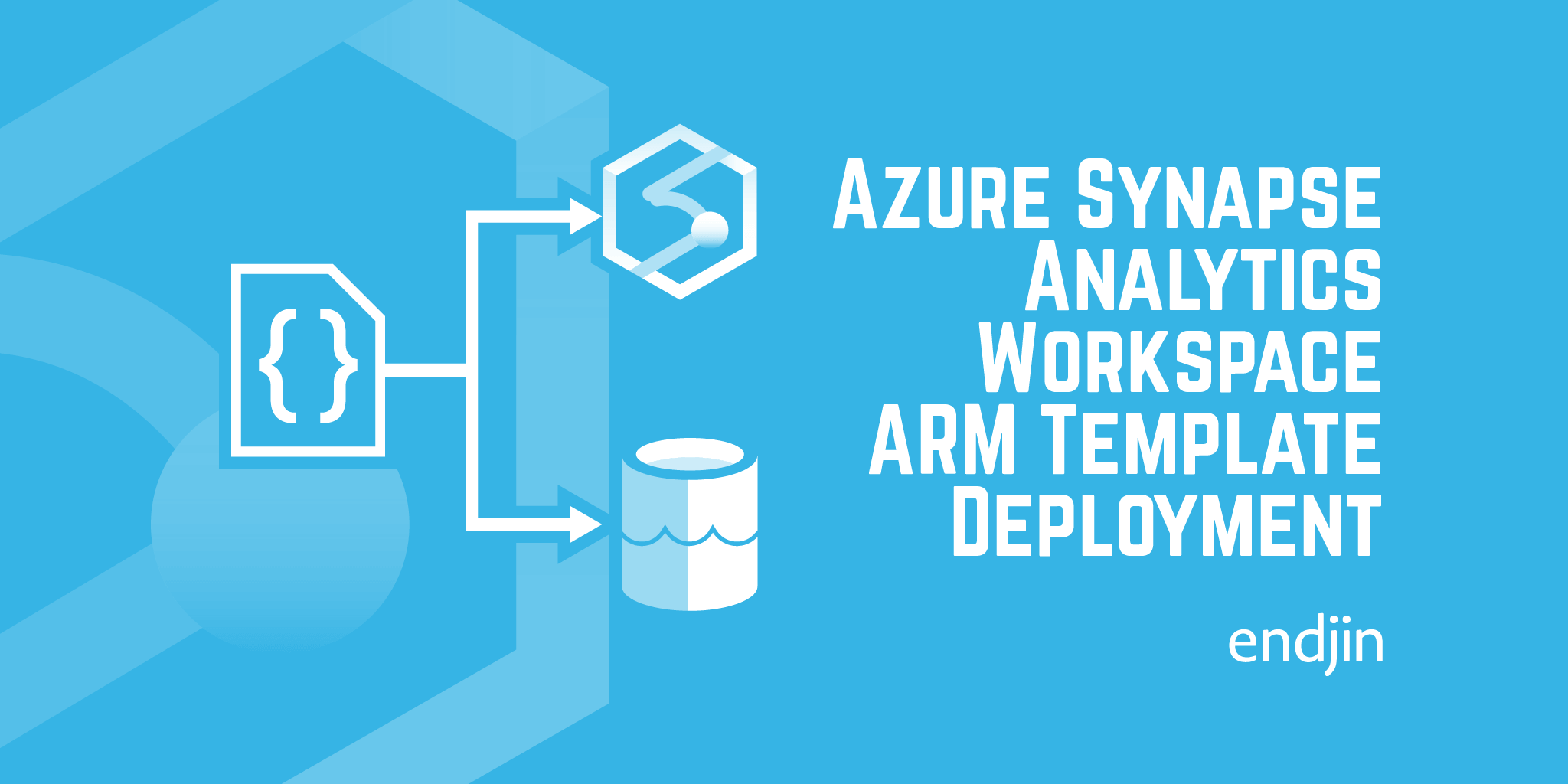
Deploy an Azure Synapse Analytics workspace using an ARM Template
Explore deploying Azure Synapse Analytics workspaces using ARM templates, a popular infrastructure deployment method for organizations.
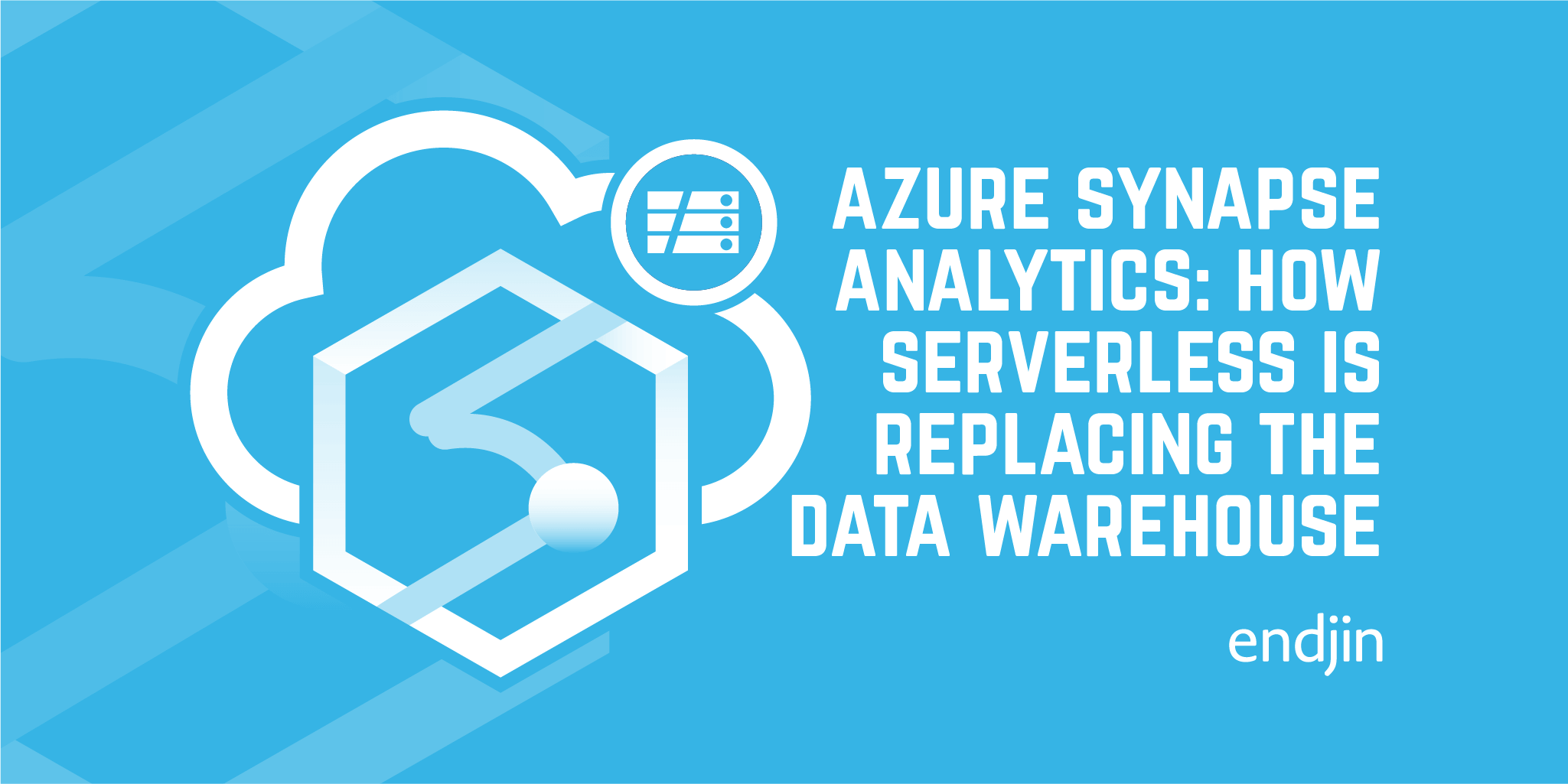
Azure Synapse Analytics: How serverless is replacing the data warehouse
Serverless data architectures enable leaner data insights and operations. How do you reap the rewards while avoiding the potential pitfalls?
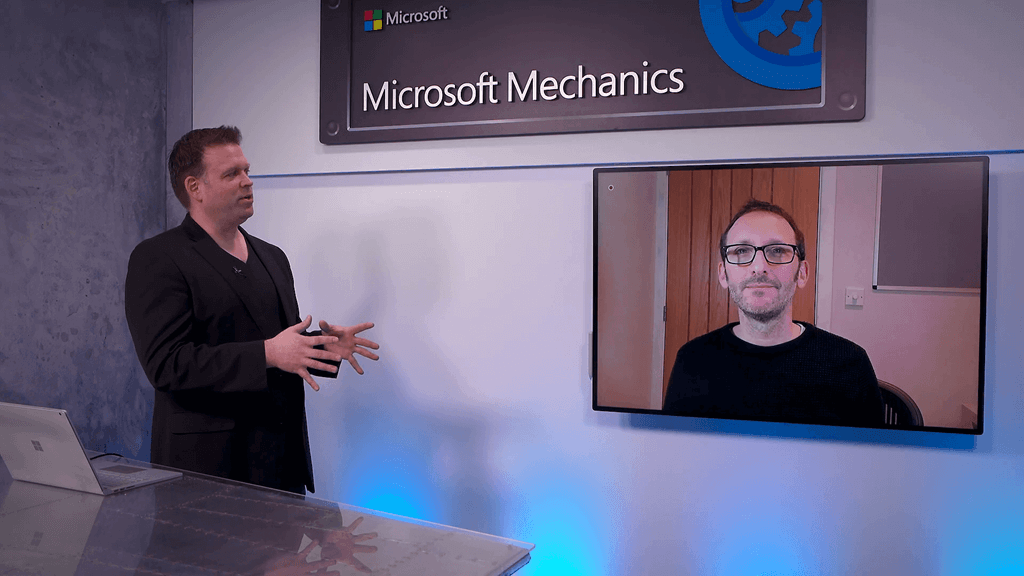
Talking about Azure Synapse on Microsoft Mechanics!
I was recently invited on to Microsoft Mechanics to talk about the new on-demand SQL Serverless offering within Azure Synapse. If you have been following along with my previous blog posts you will know that we've been hard at work applying Azure Synapse against real customer workloads. In the video I take you through the service by solving a real-world IoT problem for one of our telco customers.
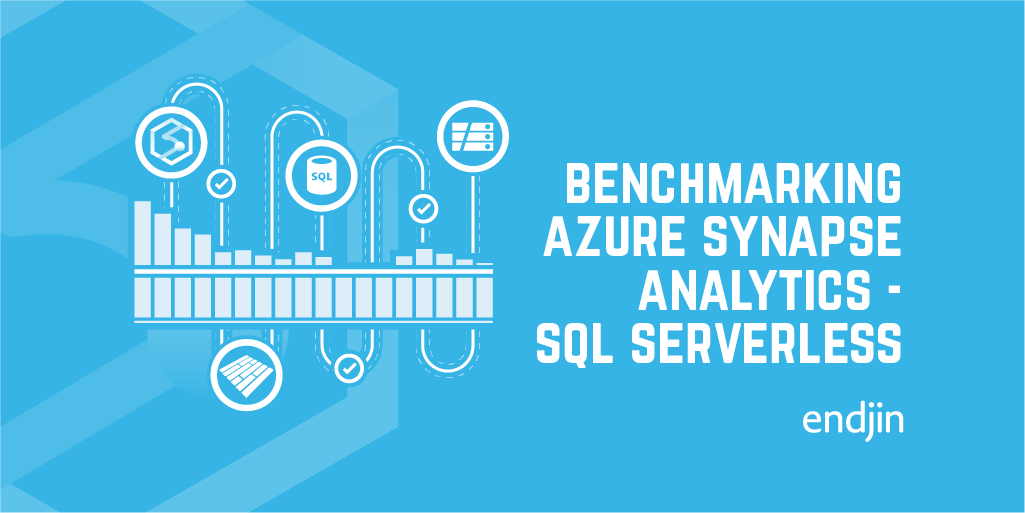
Benchmarking Azure Synapse Analytics - SQL Serverless, using Polyglot Notebooks
New Azure Synapse Analytics service offers SQL Serverless for on-demand data lake queries. We tested its potential as a Data Lake Analytics replacement.
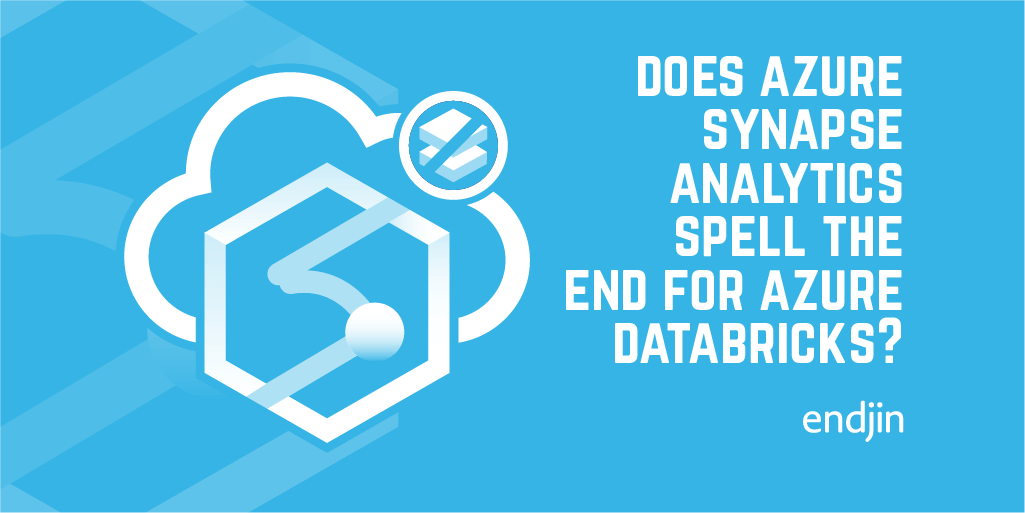
Does Azure Synapse Analytics spell the end for Azure Databricks?
Explore why Microsoft's new Spark offering in Azure Synapse Analytics is a game-changer for Azure Databricks investors.
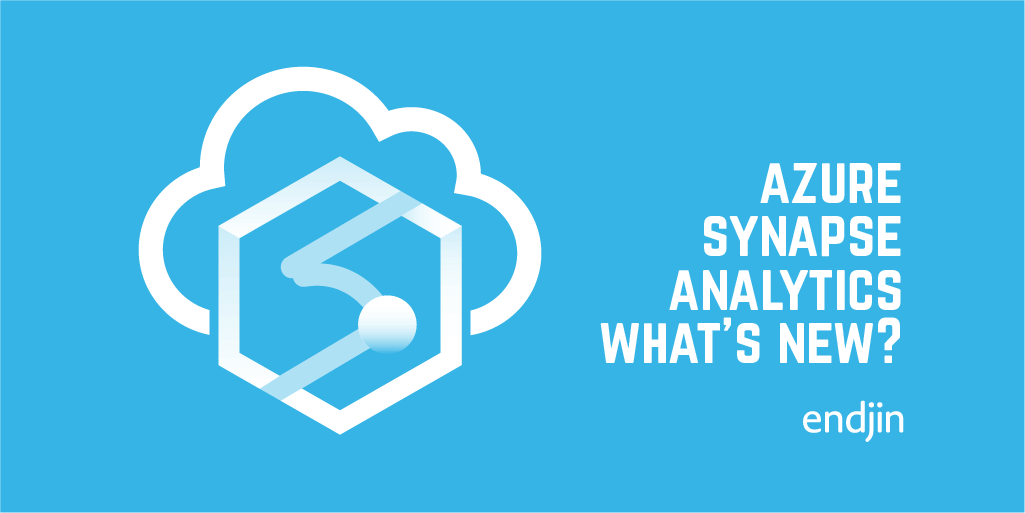
5 Reasons why Azure Synapse Analytics should be on your roadmap
Explore 5 key reasons to choose Azure Synapse Analytics for your cloud data needs, based on years of experience in driving customer outcomes.
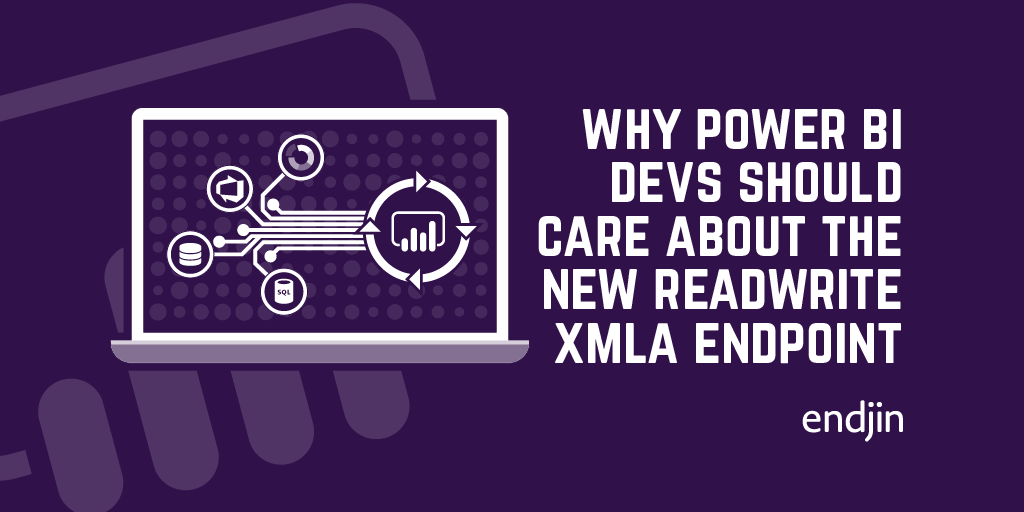
Why Power BI developers should care about the read/write XMLA endpoint
Whilst "read/write XMLA endpoint" might seem like a technical mouthful, its addition to Power BI is a significant milestone in the strategy of bringing Power BI and Analysis Services closer together. As well as closing the gap between IT-managed workloads and self-service BI, it presents a number of new opportunities for Power BI developers in terms of tooling, process and integrations. This post highlights some of the key advantages of this new capability and what they mean for the Power BI developer.
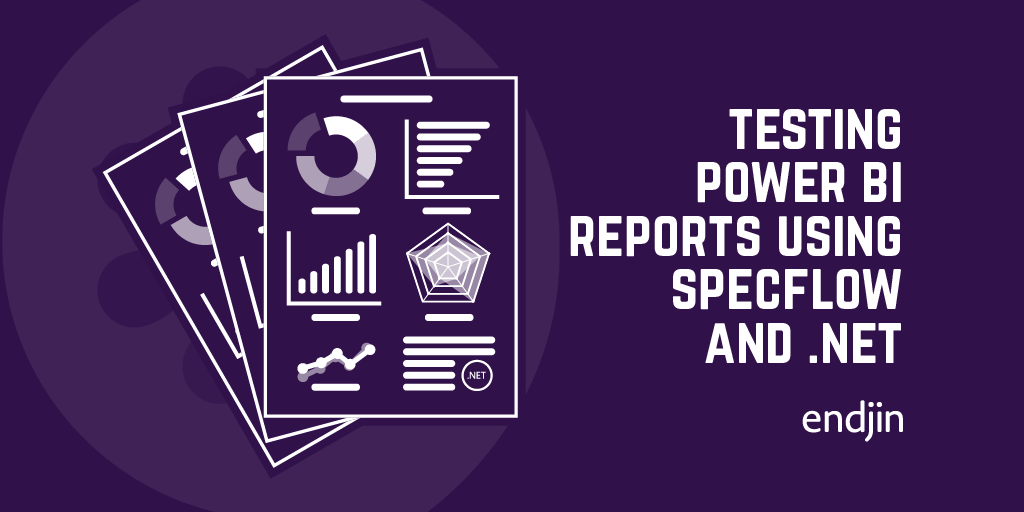
Testing Power BI Reports using SpecFlow and .NET
Ensure Power BI report quality by connecting to tabular models, executing scenario-based specs, and validating data, business rules, and security.
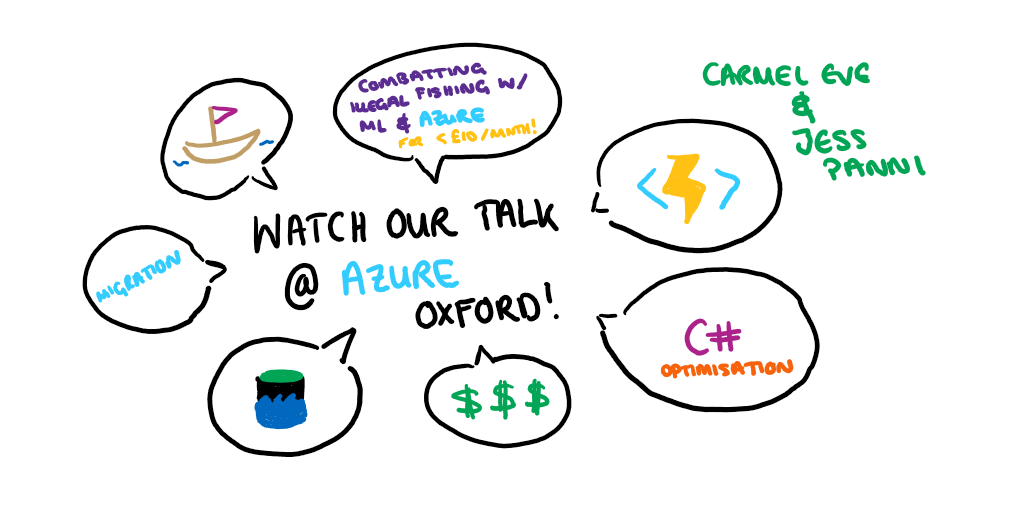
Recording of Azure Oxford talk on combatting illegal fishing with Azure (for less than £10/month)
Jess and Carmel recently gave a talk at Azure Oxford on Combatting illegal fishing with Machine Learning and Azure - for less than £10 / month. The recording of that talk is now available for viewing!The talk focuses on the recent work we completed with OceanMind. They run through how to construct a cloud-first architecture based on serverless and data analytics technologies and explore the important principles and challenges in designing this kind of solution. Finally, we see how the architecture we designed through this process not only provides all the benefits of the cloud (reliability, scalability, security), but because of the pay-as-you-go compute model, has a compute cost that we could barely believe!
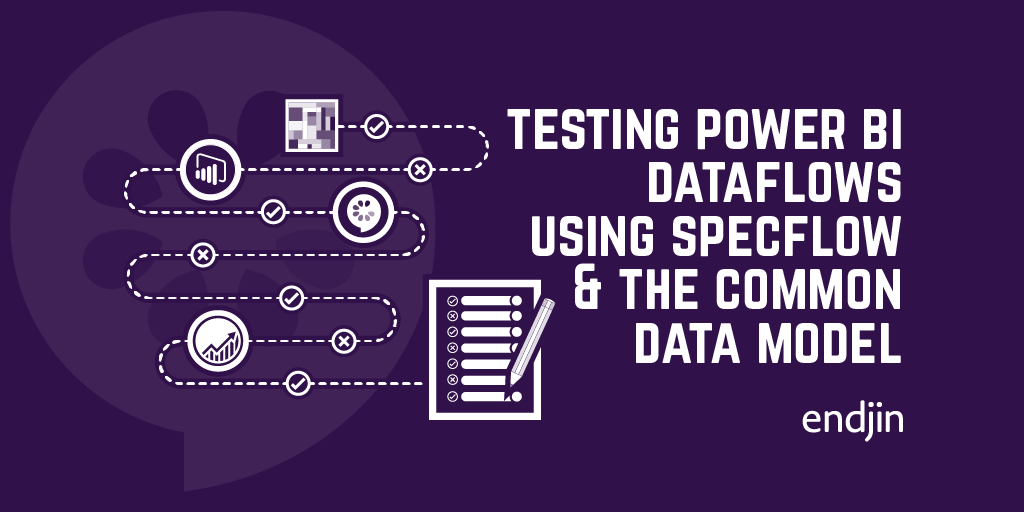
Testing Power BI Dataflows using SpecFlow and the Common Data Model
Ensure reliable insights with endjin's automated quality gates for validating Power BI Dataflows in complex solutions.
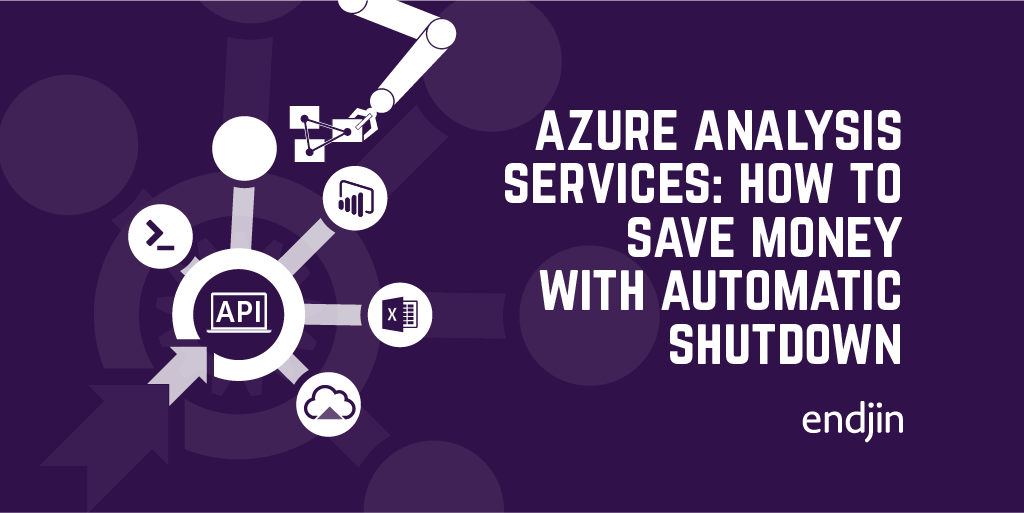
Azure Analysis Services - how to save money with automatic shutdown
Explore Azure Analysis Services for scalable analytics. Control costs via automation with Powershell & Azure DevOps in multi-environment setups.
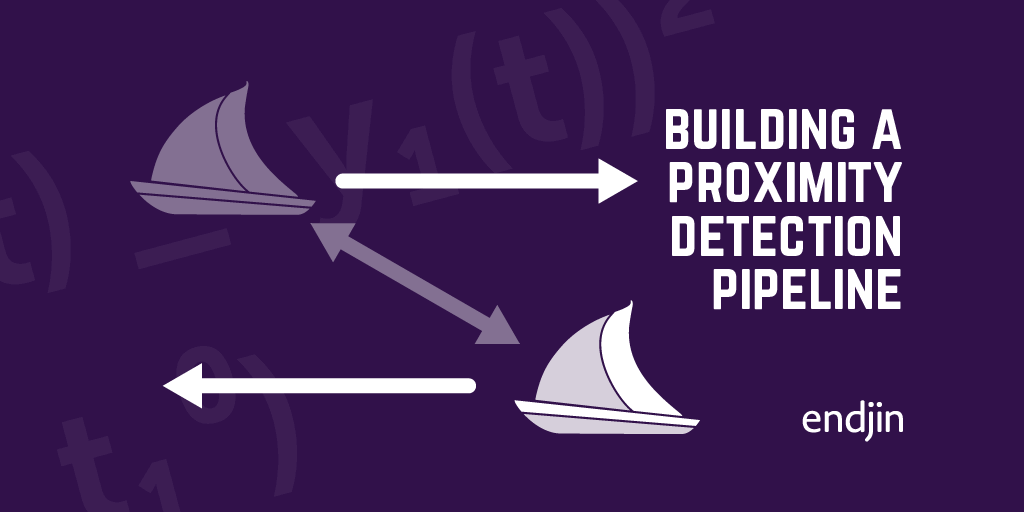
Building a proximity detection pipeline
Endjin's blog post details their project with OceanMind, using a serverless architecture and machine learning to detect illegal fishing.
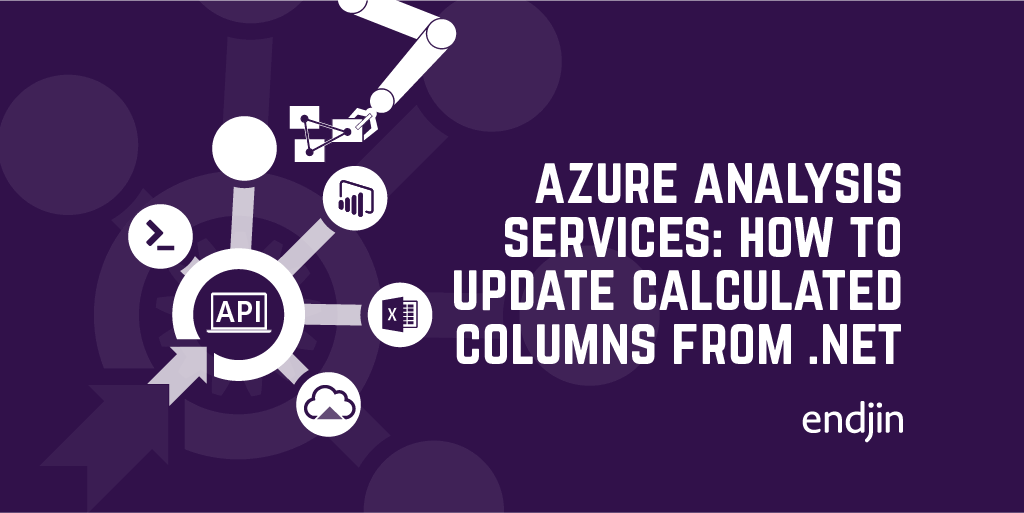
Azure Analysis Services: How to update the expression for a calculated column from .NET
Learn how to update Azure Analysis Services model schemas in .NET apps using AMO SDK for user-driven analysis.
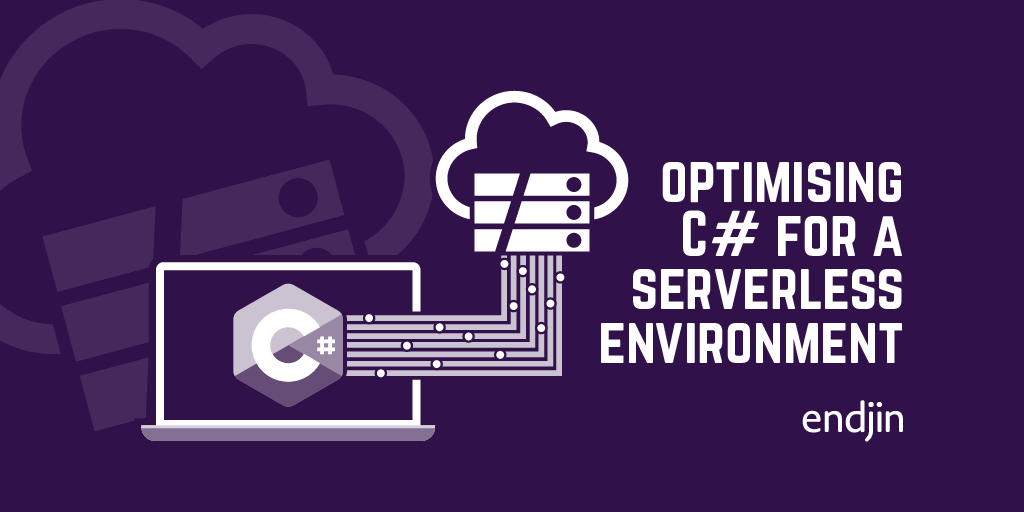
Optimising C# for a serverless environment
Tour our OceanMind project using Azure Functions for real-time marine telemetry processing. Learn optimization techniques for serverless environments.
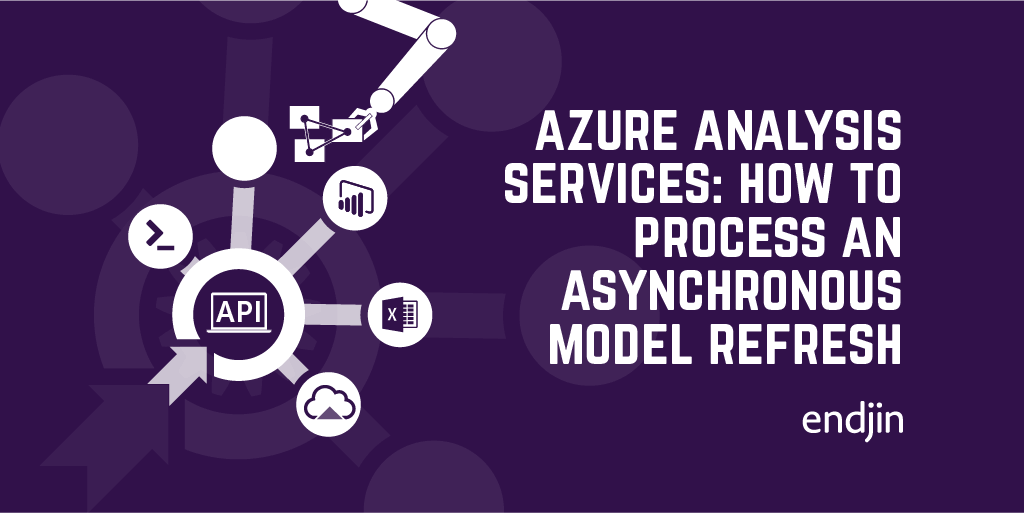
Azure Analysis Services - How to process an asynchronous model refresh from .NET
Learn to use Azure Analysis Services in custom apps via REST API in .NET for efficient async model refreshes.
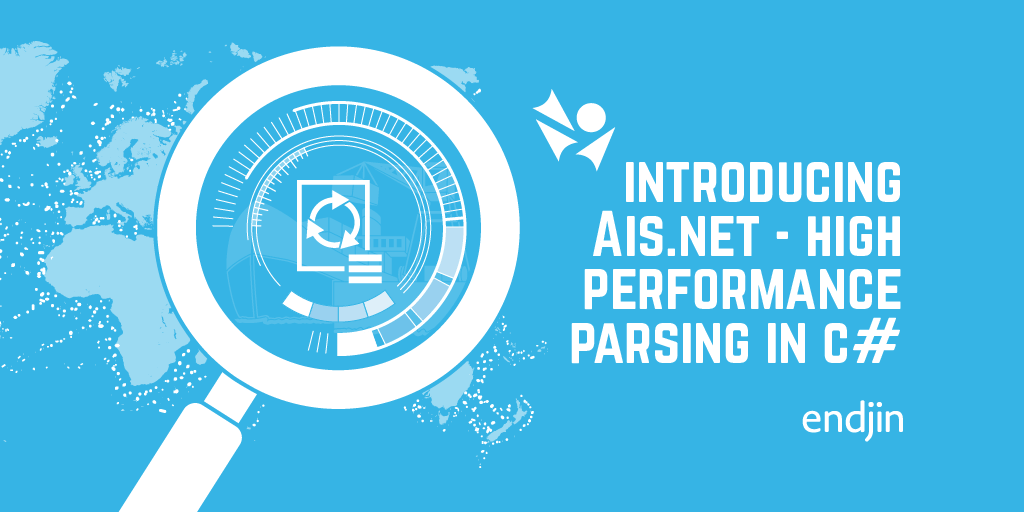
Introducing Ais.Net - High-Performance Parsing in C#
Explore endjin's high-performance .NET AIS parser, developed for OceanMind, used for tracking commercial ships.
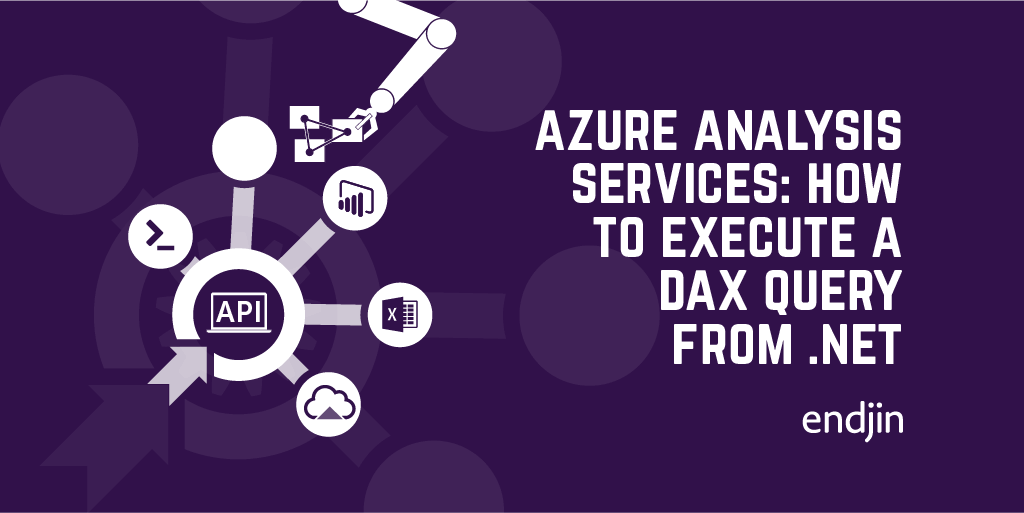
Azure Analysis Services: How to execute a DAX query from .NET
Explore endless possibilities with dynamic DAX queries in C# for Azure Analysis Services integration in custom apps using the provided code samples.
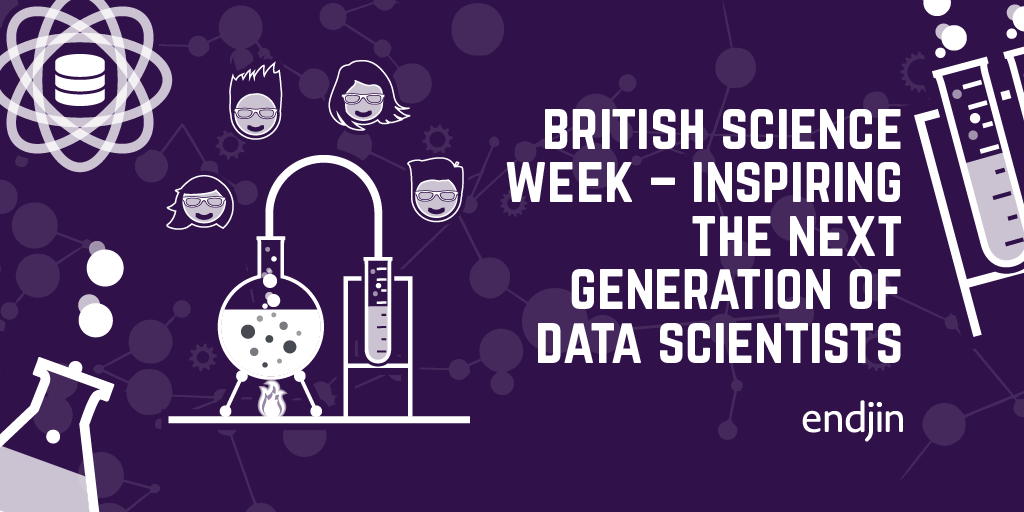
British Science Week - inspiring the next generation of data scientists
The theme of this year's British Science Week (6 - 15 March 2020) is "Our Diverse Planet". We'll be getting involved by speaking to school children about the work we've been doing with Oxfordshire-based OceanMind (part of the Microsoft AI for Good programme) to help them combat illegal fishing, hopefully inspiring some of the next generation of data scientists!
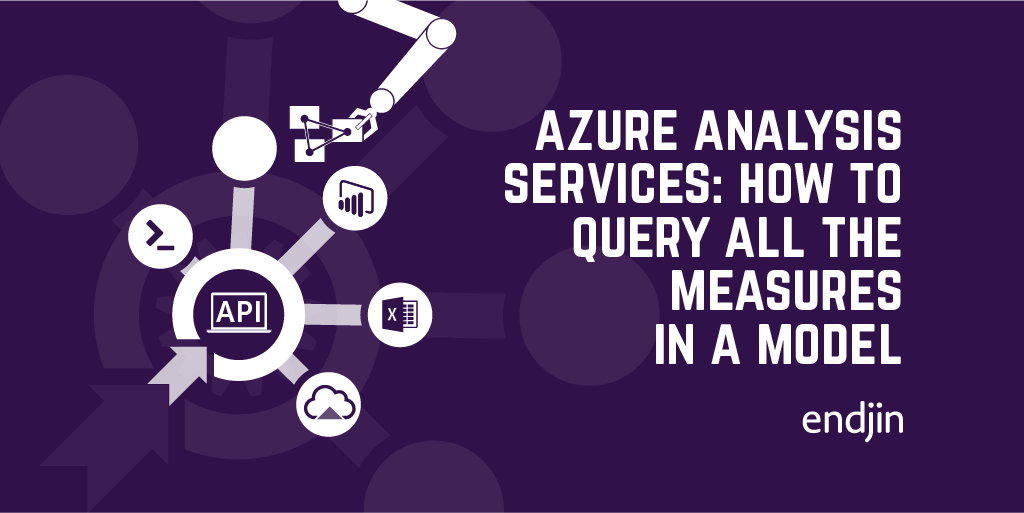
Azure Analysis Services - How to query all the measures in a model from .NET
Explore .NET querying methods for integrating Azure Analysis Services beyond data querying into dynamic UIs and APIs.
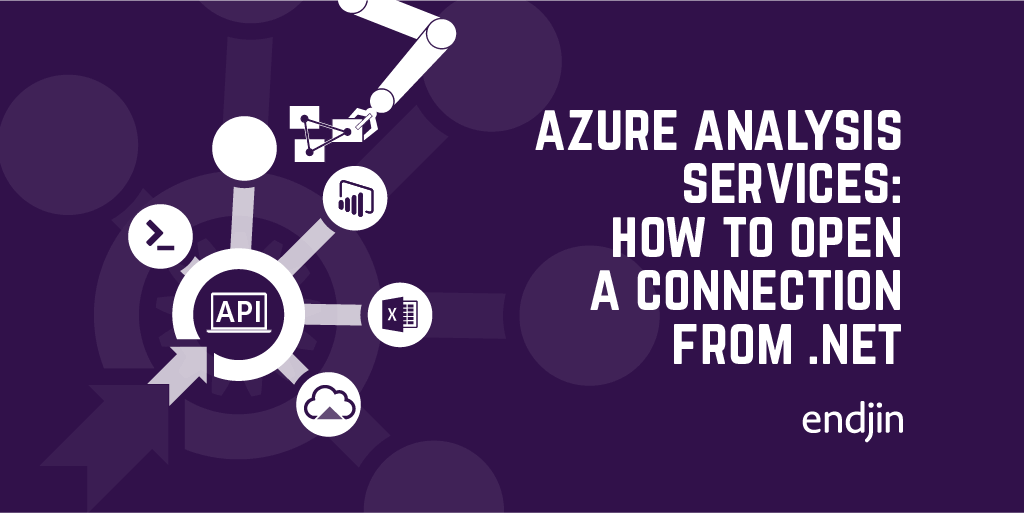
Azure Analysis Services: How to open a connection from .NET
Learn to integrate Azure Analysis Services in apps by establishing server connections. Follow this guide with code samples for essential scenarios.
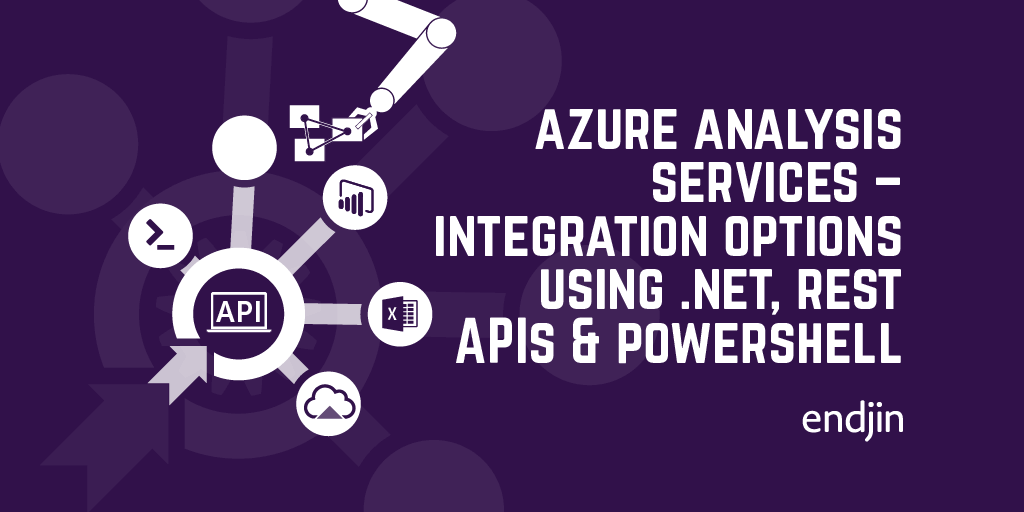
Azure Analysis Services - integration options using .NET, REST APIs and PowerShell
Explore Azure Analysis Services in custom apps using SDKs, PowerShell cmdlets & REST APIs. Learn to choose the right framework in this guide.
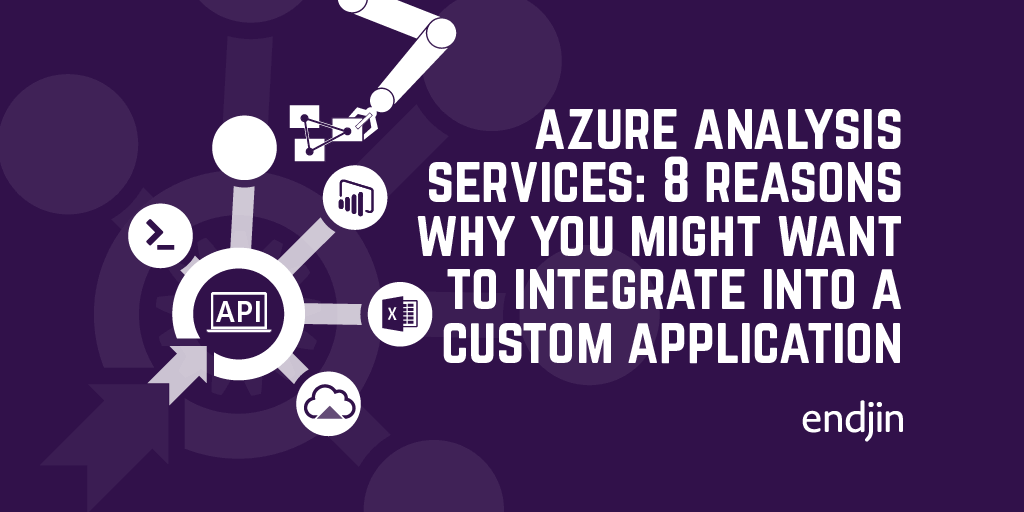
Azure Analysis Services: 8 reasons why you might want to integrate into a custom application
Explore Azure Analysis Services' versatility in bespoke analysis products & processes, and learn how it can unlock data insights beyond traditional BI.
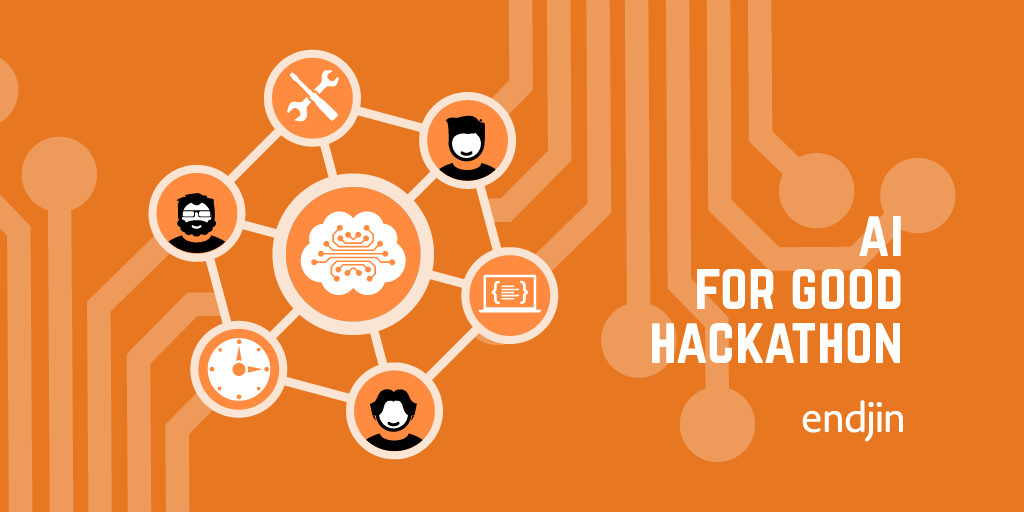
AI for Good Hackathon
Endjin attended Microsoft's AI for Good hackathon at the IET in London, highlighting the potential of tech to amplify good deeds.
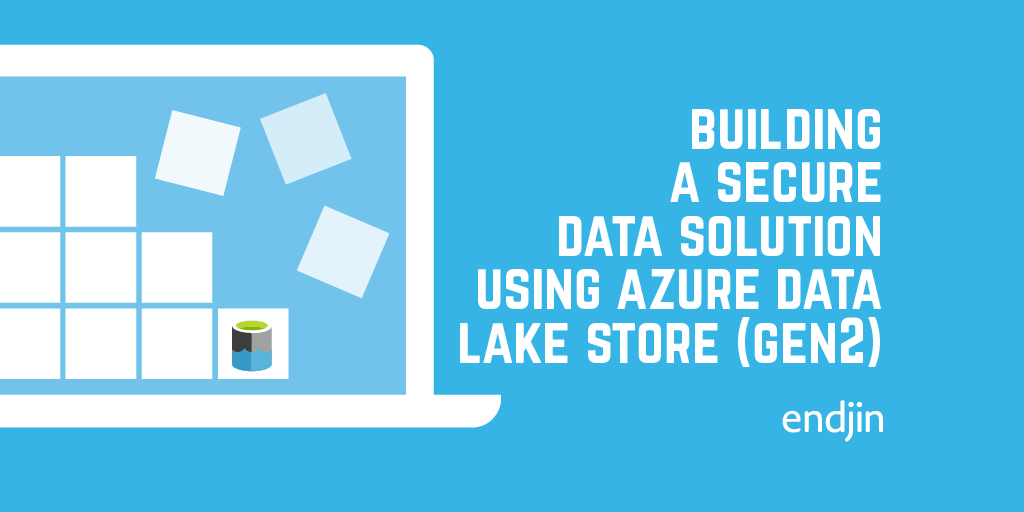
Building a secure data solution using Azure Data Lake Store (Gen2)
In this blog we discuss building a secure data solution using Azure Data Lake. Data Lake has many features which enable fine grained security and data separation. It is also built on Azure Storage which enables us to take advantage of all of those features and means that ADLS is still a cost effective storage option!This post runs through some of the great features of ADLS and runs through an example of how we build our solutions using this technology!
Speaking at NDC London: Combatting illegal fishing with Machine Learning and Azure
In January 2020, Carmel is speaking about creating high performance geospatial algorithms in C# which can detect suspicious vessel activity, which is used to help alert law enforcement to illegal fishing. The input data is fed from Azure Data Lake Storage Gen 2, and converted into data projections optimised for high-performance computation. This code is then hosted in Azure Functions for cheap, consumption based processing.
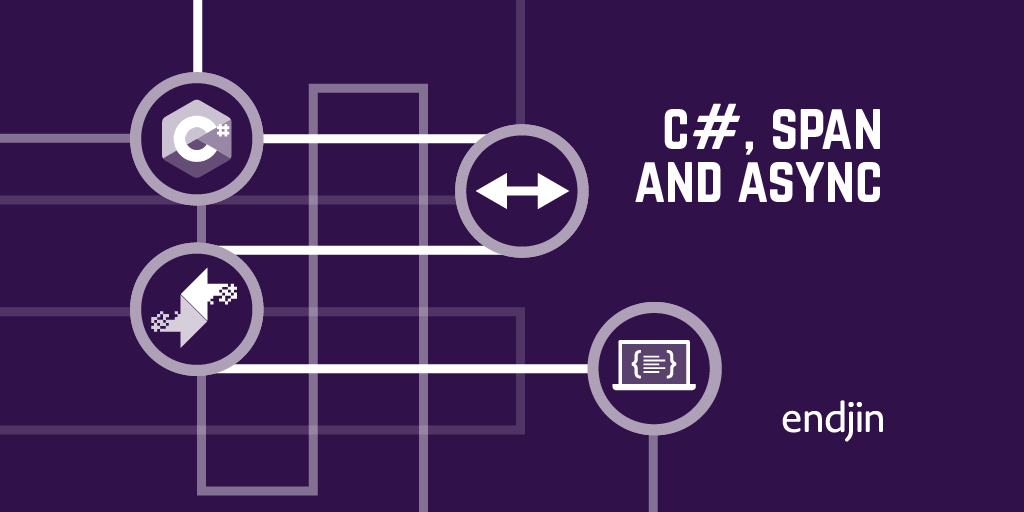
C#, Span and async
Explore how ref struct types like Span<T> in C# enhance performance but pose async method challenges, and learn mitigation techniques.
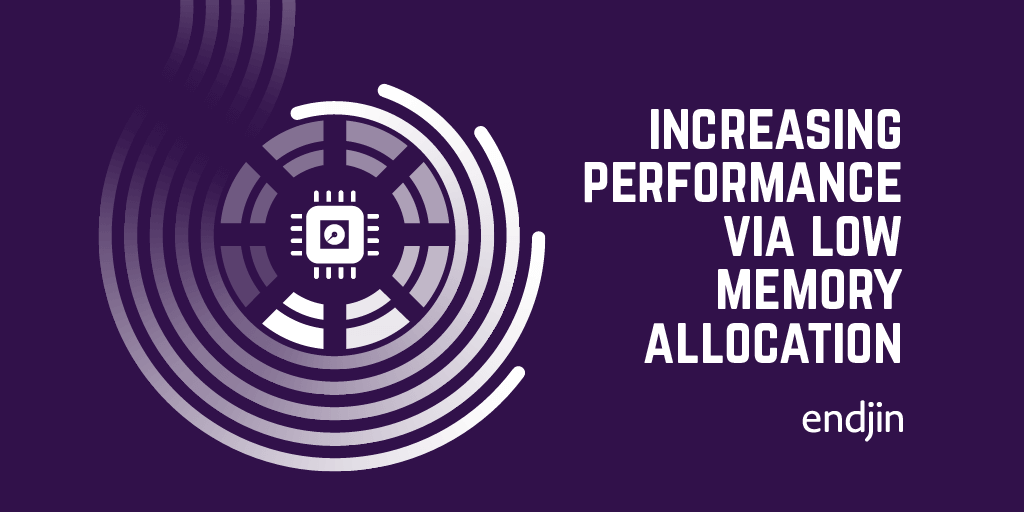
Increasing performance via low memory allocation in C#
Explore techniques for high-performance, low-allocation code in Azure Functions using C#, including data streaming, list preallocation, and Span<T>.

Import and export notebooks in Databricks
Learn to import/export notebooks in Databricks workspaces manually or programmatically, and transfer content between workspaces efficiently.
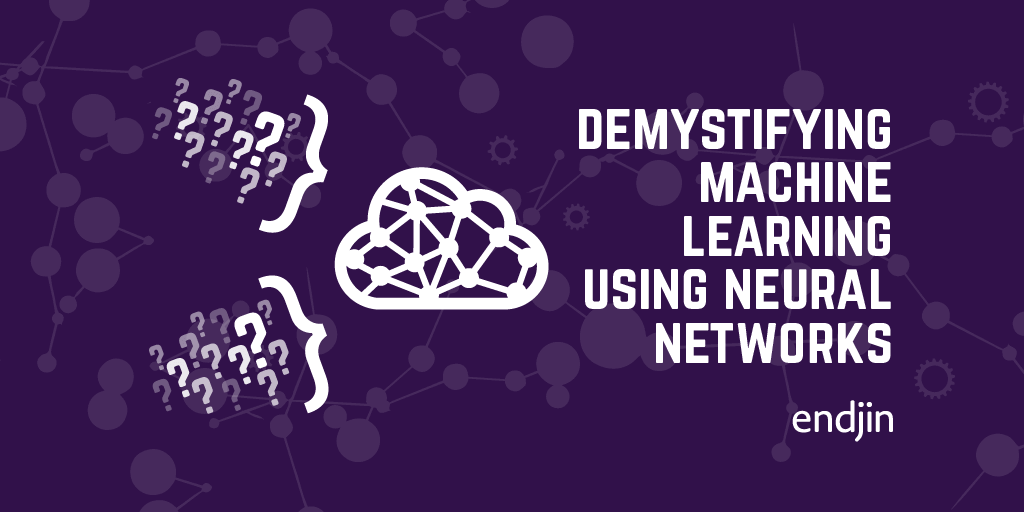
Demystifying machine learning using neural networks
Machine learning often seems like a black box. This post walks through what's actually happening under the covers, in an attempt to de-mystify the process!Neural networks are built up of neurons. In a shallow neural network we have an input layer, a "hidden" layer of neurons, and an output layer. For deep learning, there is simply more hidden layers which allows for combining neuron's inputs and outputs to build up a more detailed picture.If you have an interest in Machine Learning and what is really happening, definitely give this a read (WARNING: Some algebra ahead...)!
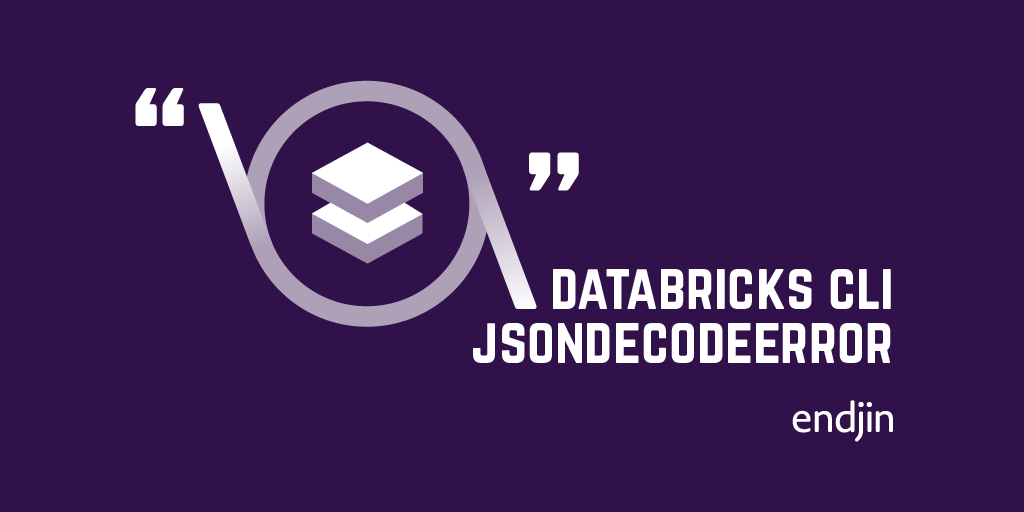
Azure Databricks CLI "Error: JSONDecodeError: Expecting property name enclosed in double quotes:..."
Explore solutions for JsonDecodeError in Databricks CLI & Clusters. Learn how pre-built CLIs/SDKs simplify requests & authentication in REST APIs.
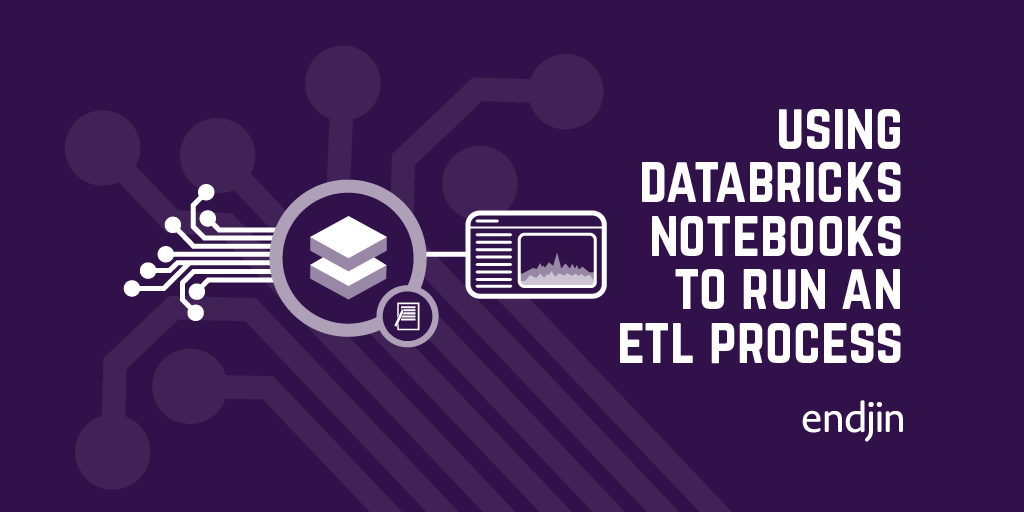
Using Databricks Notebooks to run an ETL process
Explore data analysis & ETL with Databricks Notebooks on Azure. Utilize Spark's unified analytics engine for big data & ML, and integrate with ADF pipelines.

Endjin is a Snowflake Partner
Snowflake is a cloud native data warehouse platform, that enabled data engineering, data science, data lakes, data sharing and data warehousing. Endjin are very excited to announce our partnership.
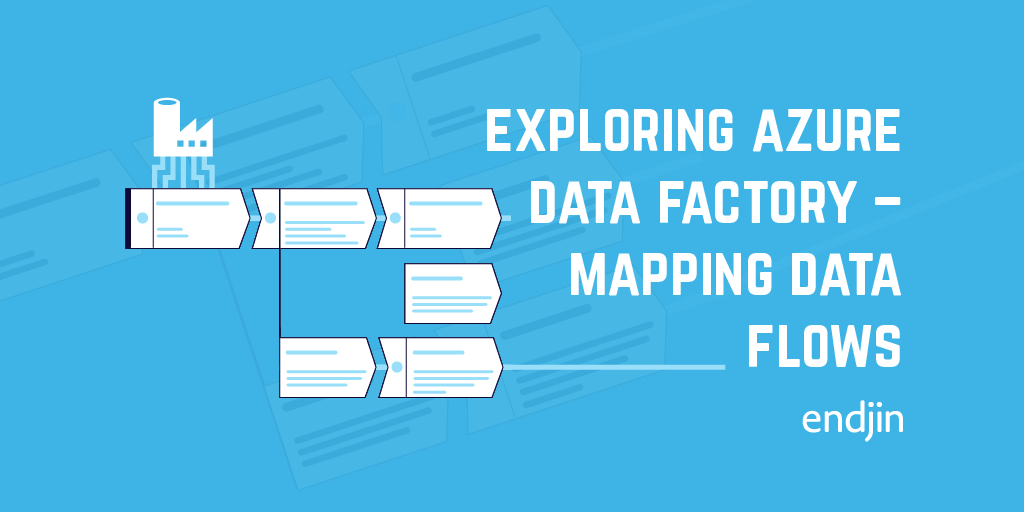
Exploring Azure Data Factory - Mapping Data Flows
Mapping Data Flows are a relatively new feature of ADF. They allow you to visually build up complex data transformation sequences. This can aid in the streamlining of data manipulation and ETL processes, without the need to write any code! This post gives a brief introduction to the technology, and what this could enable!
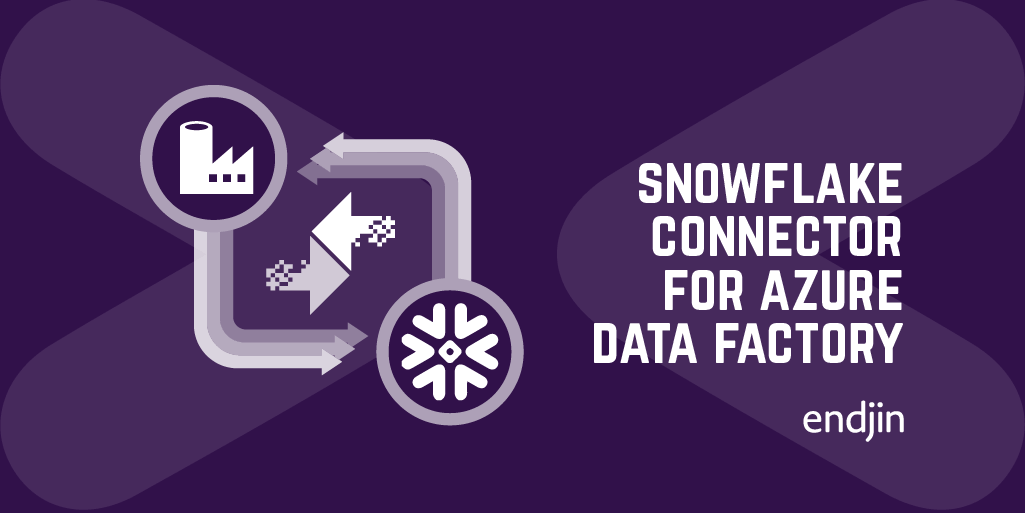
Snowflake Connector for Azure Data Factory - Part 2

Snowflake Connector for Azure Data Factory - Part 1
Explore the lack of a native Azure Data Factory connector for Snowflake and discover alternatives for integration between these popular platforms.
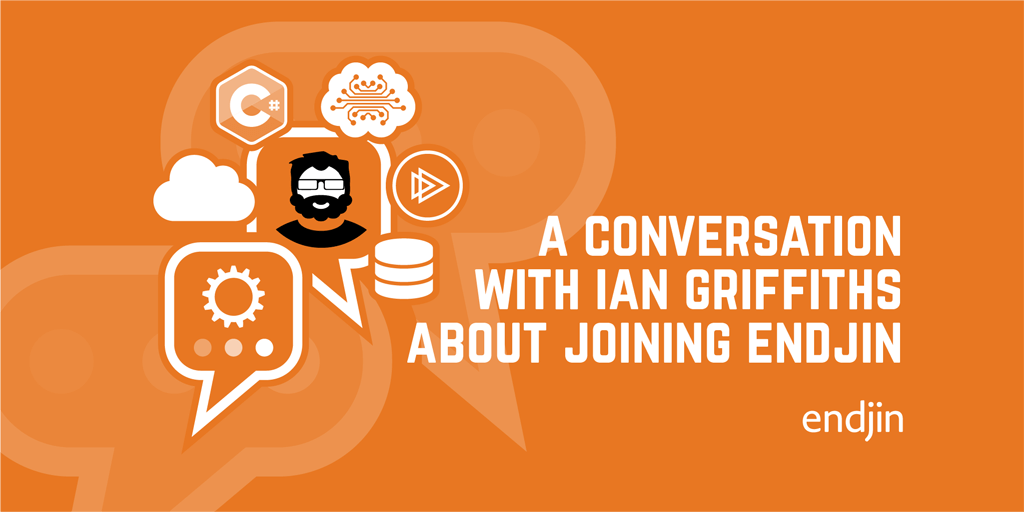
A conversation about .NET, The Cloud, Data & AI, teaching software engineers and joining endjin with Ian Griffiths
When he joined endjin, Technical Fellow Ian sat down with founder Howard for a Q&A session. This was originally published on LinkedIn in 5 parts, but is republished here, in full. Ian talks about his path into computing, some highlights of his career, the evolution of the .NET ecosystem, AI, and the software engineering life.
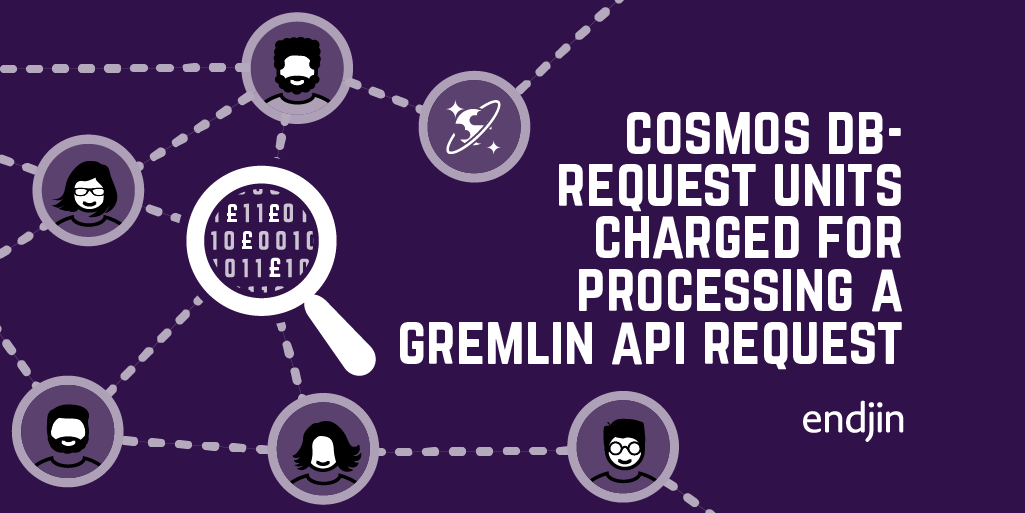
Cosmos DB - Request Units charged for processing a Gremlin API request
If you're using the Gremlin API for Cosmos DB, you can now see how much each operation costs in Request Units.
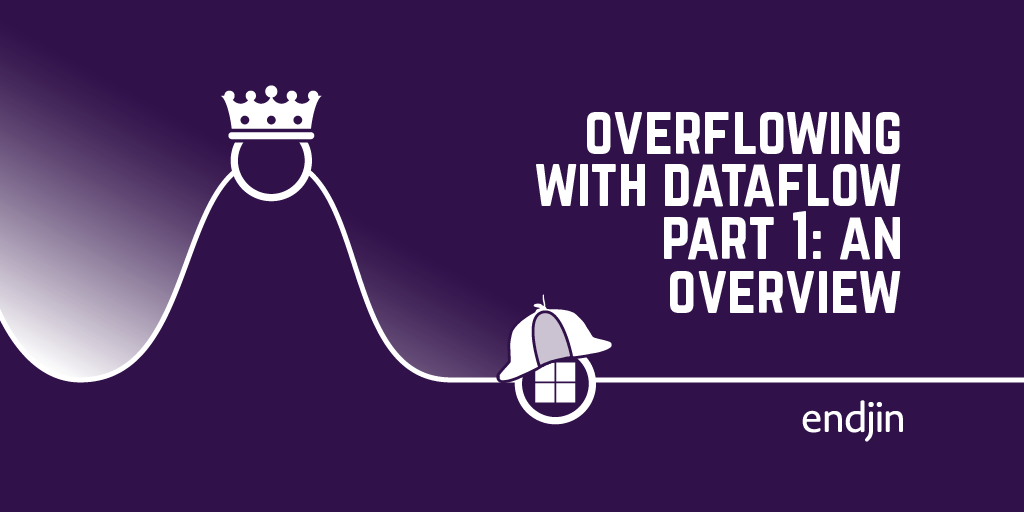
Overflowing with dataflow part 1: An overview
This is the first blog in a series about dataflow. The series focuses on TPL dataflow, but this post gives an overview of dataflow as a whole.The crucial thing to understand when using dataflow is that the data is in control. In most conventional programming languages, the programmer determines how and when the code will run. In dataflow, it is the data that drives how the program executes. The movement of data controls the flow of the program.
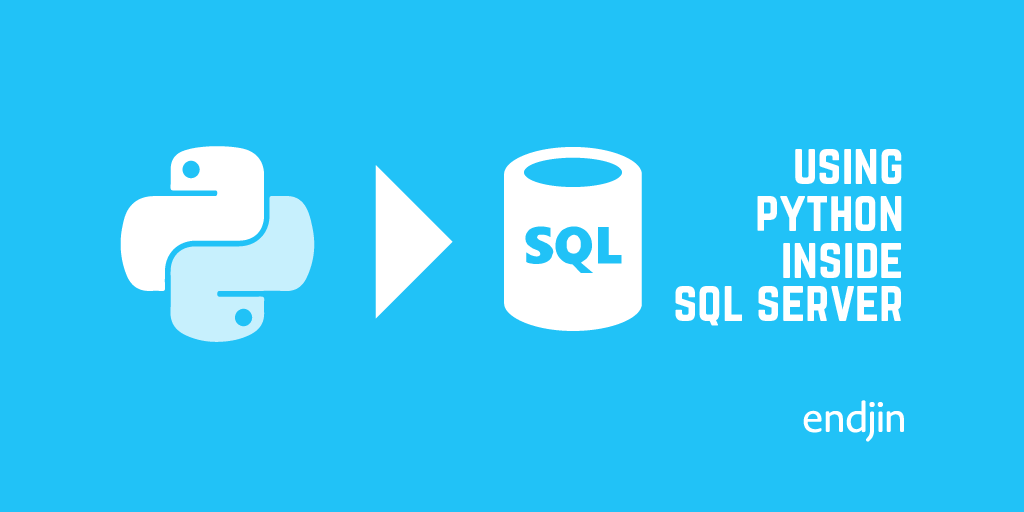
Using Python inside SQL Server
Learn to use SQL Server's Python integration for efficient data handling. Eliminate clunky transfers and easily operationalize Python models/scripts.

Snap Back to Reality – Month 2 & 3 of my Apprenticeship
Learn what types of things an apprentice gets up to at endjin a few months after joining. You could be learning about Neural Networks: algorithms which mimic the way biological systems process information. You could be attending Microsoft's Future Decoded conference, learning about Bots, CosmosDB, IoT and much more. Hopefully, you wouldn't be in hospital after a ruptured appendix!
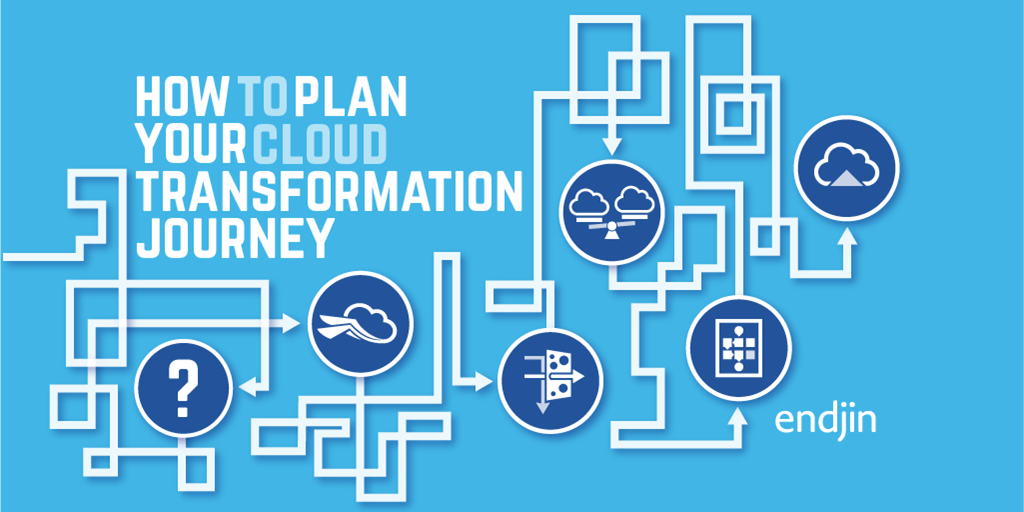
How to plan your cloud transformation journey
We've been helping customers adopt Microsoft Azure since 2010, we have produced a lot of thought leadership to help people think about the steps required, the risk involved and how to plan a successful adoption.
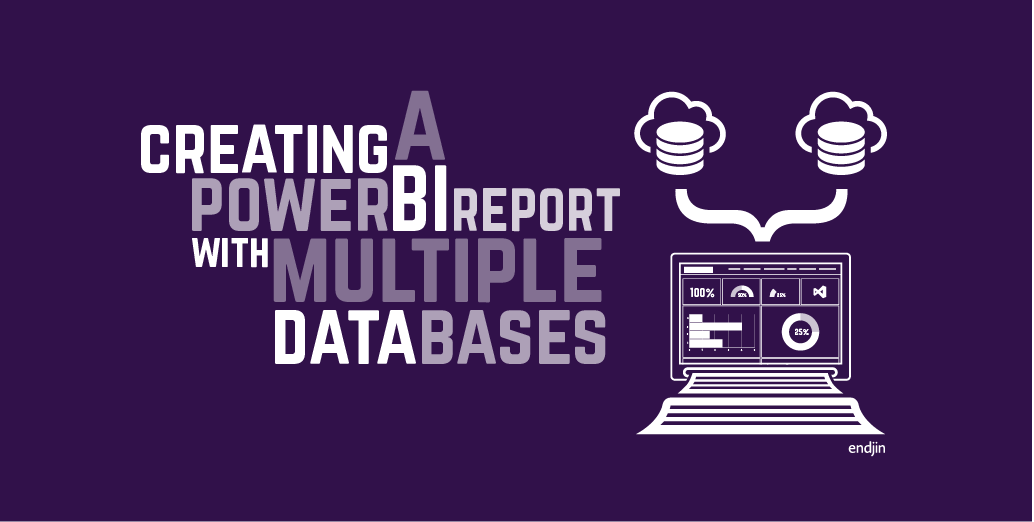
Creating a PowerBI report with DirectQuery and multiple SQL Database sources using Elastic Query
Learn to build a Power BI dashboard using DirectQuery and ElasticQuery across multiple databases with Alice Waddicor.
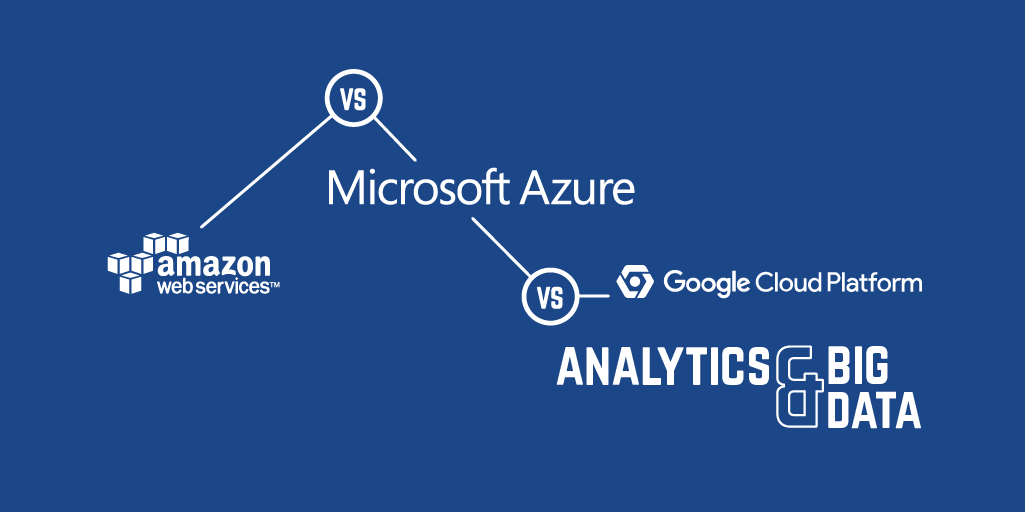
AWS vs Azure vs Google Cloud Platform - Storage & Content Delivery
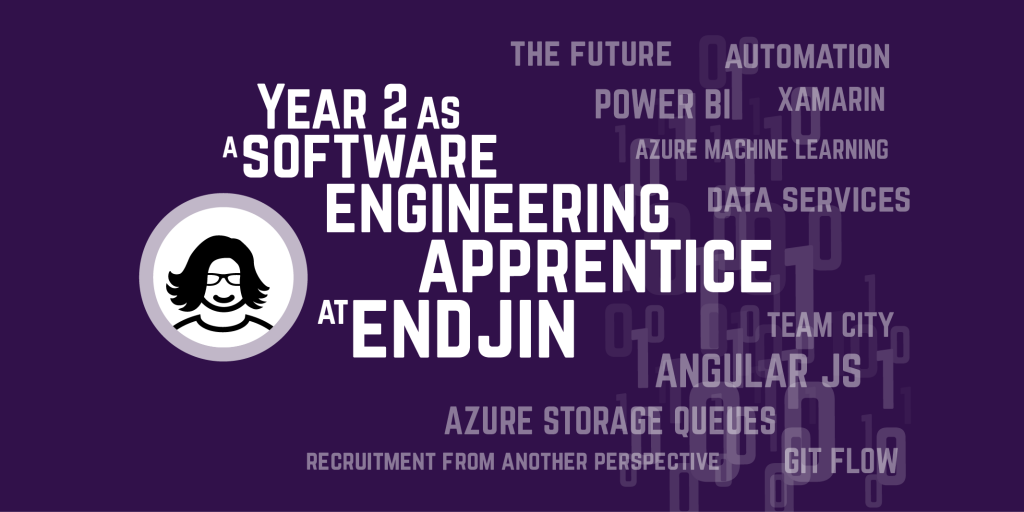
Year 2 as a software engineering apprentice at endjin
Alice reflects on year 2, being given more responsibility, diving deeper into all aspects of software delivery, and the good habits she's been building.
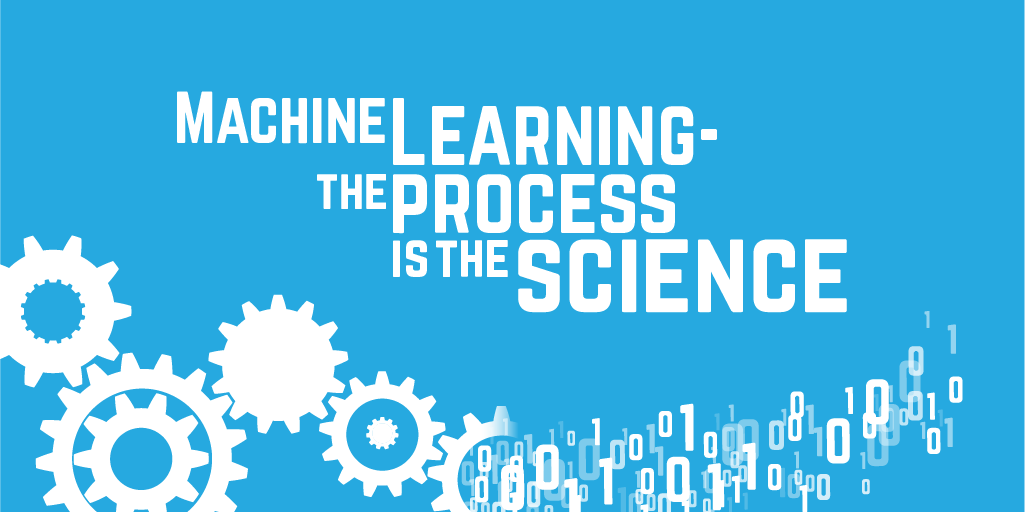
Machine Learning - the process is the science
What do machine learning and data science actually mean? This post digs into the detail behind the endjin approach to structured experimentation, arguing that the "science" is really all about following the process, allowing you to iterate to insights quickly when there are no guarantees of success.
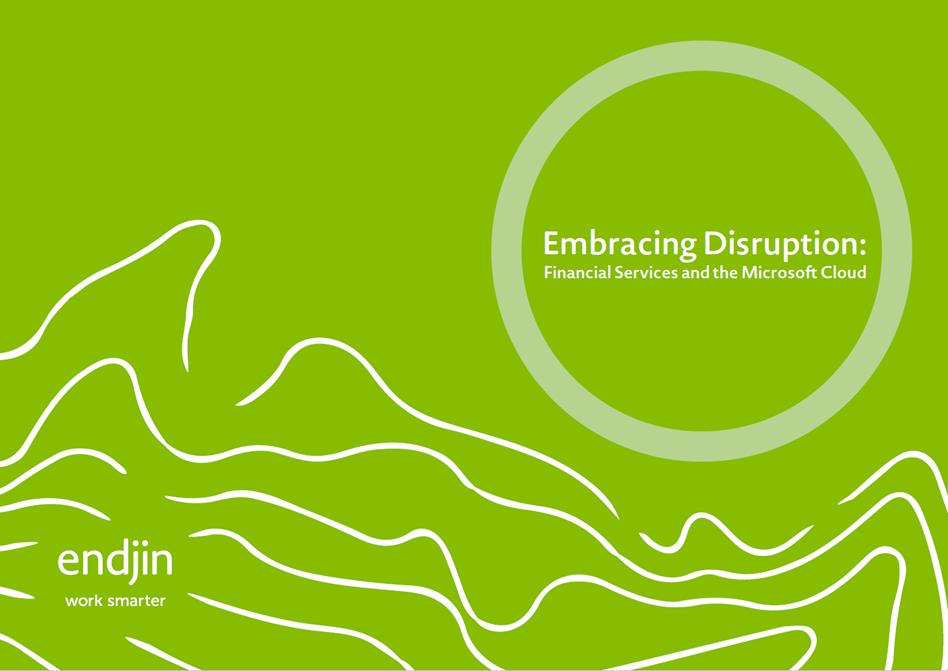
Embracing Disruption - Financial Services and the Microsoft Cloud
We have produced an insightful booklet called "Embracing Disruption - Financial Services and the Microsoft Cloud" which examines the challenges and opportunities for the Financial Service Industry in the UK, through the lens of Microsoft Azure, Security, Privacy & Data Sovereignty, Data Ingestion, Transformation & Enrichment, Big Compute, Big Data, Insights & Visualisation, Infrastructure, Ops & Support, and the API Economy.
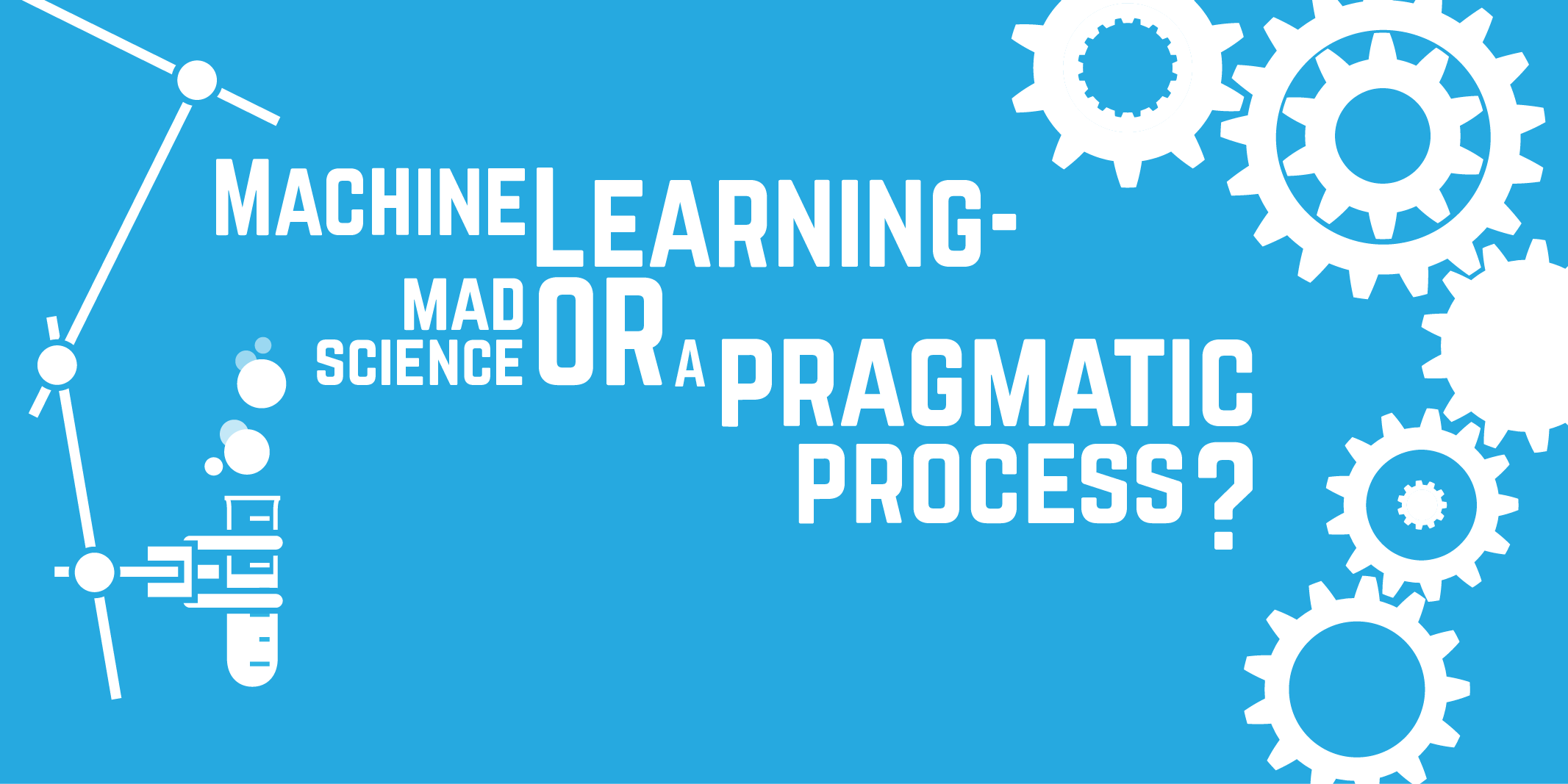
Machine Learning - mad science or a pragmatic process?
This post looks at what machine learning really is (and isn't), dispelling some of the myths and hype that have emerged as the interest in data science, predictive analytics and machine learning has grown. Without any hard guarantees of success, it argues that machine learning as a discipline is simply trial and error at scale – proving or disproving statistical scenarios through structured experimentation.